What does a poison ivy leaf look like. Identifying and Treating Poison Ivy, Oak, and Sumac: Essential Guide
How do you recognize poison ivy, oak, and sumac. What are the key characteristics of these plants. How can you treat the rash if exposed. What are the best remedies for poison ivy, oak, and sumac reactions.
Poison Ivy: Identification and Characteristics
Poison ivy is a common plant that can cause an unpleasant, itchy rash upon contact. But how can you identify it? Poison ivy has some distinct features:
- Grows as both a vine and a shrub
- Leaves are pointed at the tip and grow in groups of three
- Green leaves in spring, turning reddish-orange in fall
- Small clusters of white berries
- Highly adaptable, growing in various forms
The most defining characteristic of poison ivy is its leaves growing in clusters of three. This feature is crucial for identification, as the plant can take on different forms depending on its environment.
Leaf Appearance and Texture
When examining poison ivy leaves closely, you’ll notice:
- The middle leaf has a small stem
- Two side leaves grow directly off the vine
- Dark, waxy green appearance from above
- Light, fuzzy green appearance from below
- Leaves can appear shiny due to waxiness, but may be dull after rain
Why is it crucial to avoid touching poison ivy? Even minimal contact with the plant’s oil can result in a painful and itchy rash. If you’re unsure about a plant’s identity, it’s best to steer clear to prevent potential exposure.
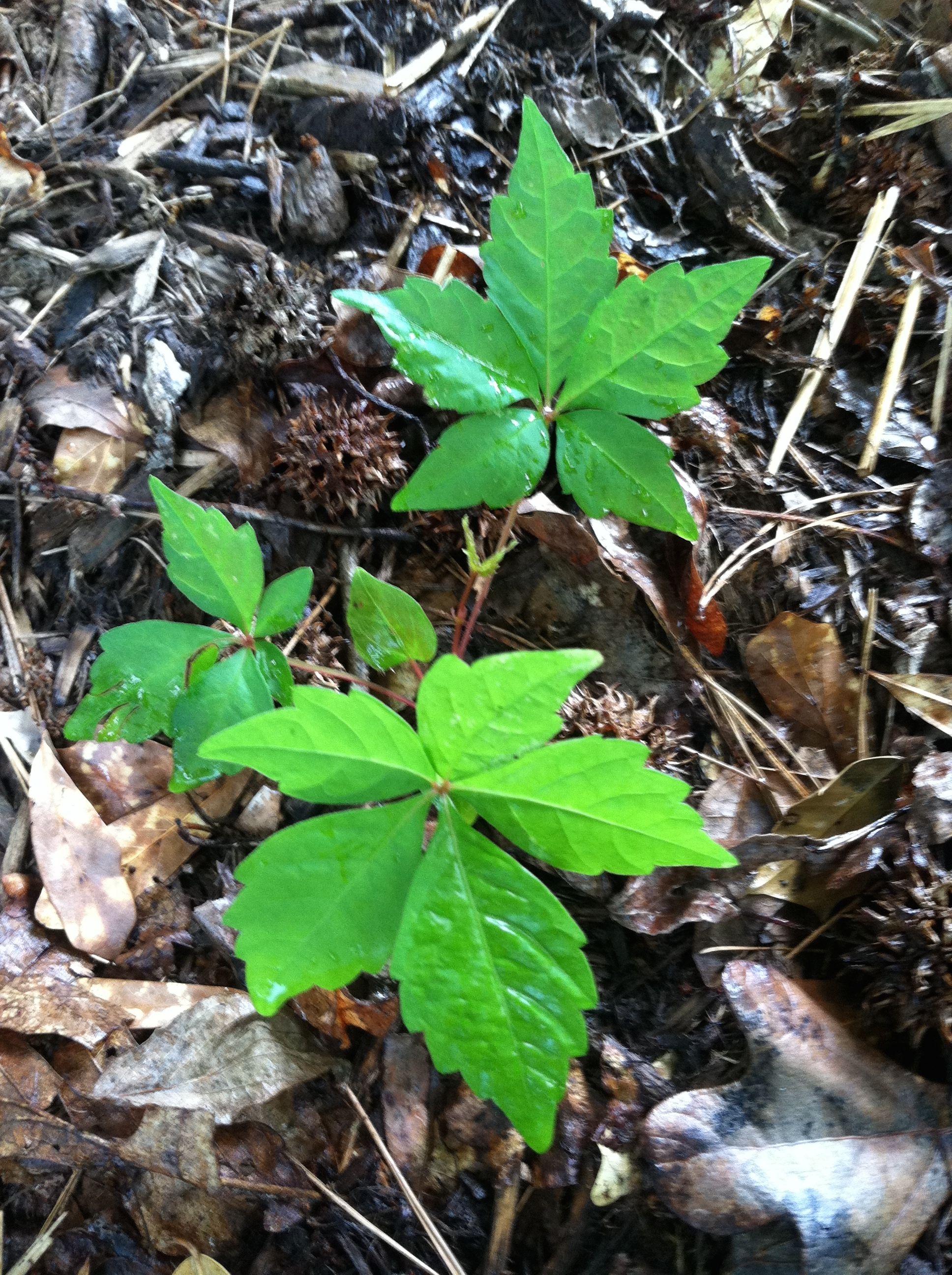
Treating Poison Ivy Exposure: Effective Remedies
Despite our best efforts, sometimes contact with poison ivy is unavoidable. If you’ve been exposed, what are the most effective treatments?
- Apply a cold compress to the affected area
- Use calamine lotion to relieve itching
- Apply hydrocortisone cream
- Take antihistamines to reduce itching and inflammation
When should you seek medical attention for a poison ivy rash? If the rash is on your face, near your eyes, or covers a large portion of your body, it’s advisable to visit an urgent care center. Some individuals may experience a severe allergic reaction, which requires immediate emergency care.
Poison Oak: Identifying Features and Differences
Poison oak shares some similarities with poison ivy but has distinct characteristics. How can you differentiate poison oak from other plants?
- Grows as a shrub or climbing vine
- Leaves grow in groups of three off the stem
- Leaf edges have a wavy appearance, resembling oak leaves
- Leaf color varies depending on season and plant health
- Stems have a greyish tinge with hair-like or tiny thorn-like structures
What seasonal changes does poison oak undergo? In spring, the plant produces small green-yellow flowers. During summer and fall, it develops small light-green berries.
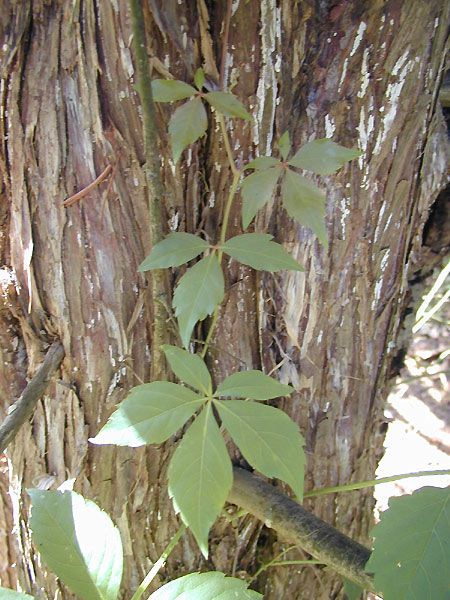
Leaf Appearance and Texture of Poison Oak
To further aid in identification, note these characteristics of poison oak leaves:
- Tops of leaves are usually glossy green
- Leaves can be yellow, red, or brown depending on season
- Underside of leaves appear velvety with a lighter green color
Effective Treatments for Poison Oak Exposure
If you come into contact with poison oak, what are the recommended treatments to alleviate symptoms?
- Apply calamine lotion to affected areas
- Use topical or systemic steroids
- Take antihistamines
- Soak in an oatmeal bath
How do you prepare an oatmeal bath for poison oak relief? Place two cups of oatmeal in a stocking, tie it to the tap, and position it so water runs through the oatmeal. Soak in the bath for at least 30 minutes. As an alternative, you can use baking soda instead of oatmeal.
Poison Sumac: Unique Identification and Growth Patterns
Poison sumac differs significantly from its ivy and oak counterparts. What are the key features to recognize this plant?
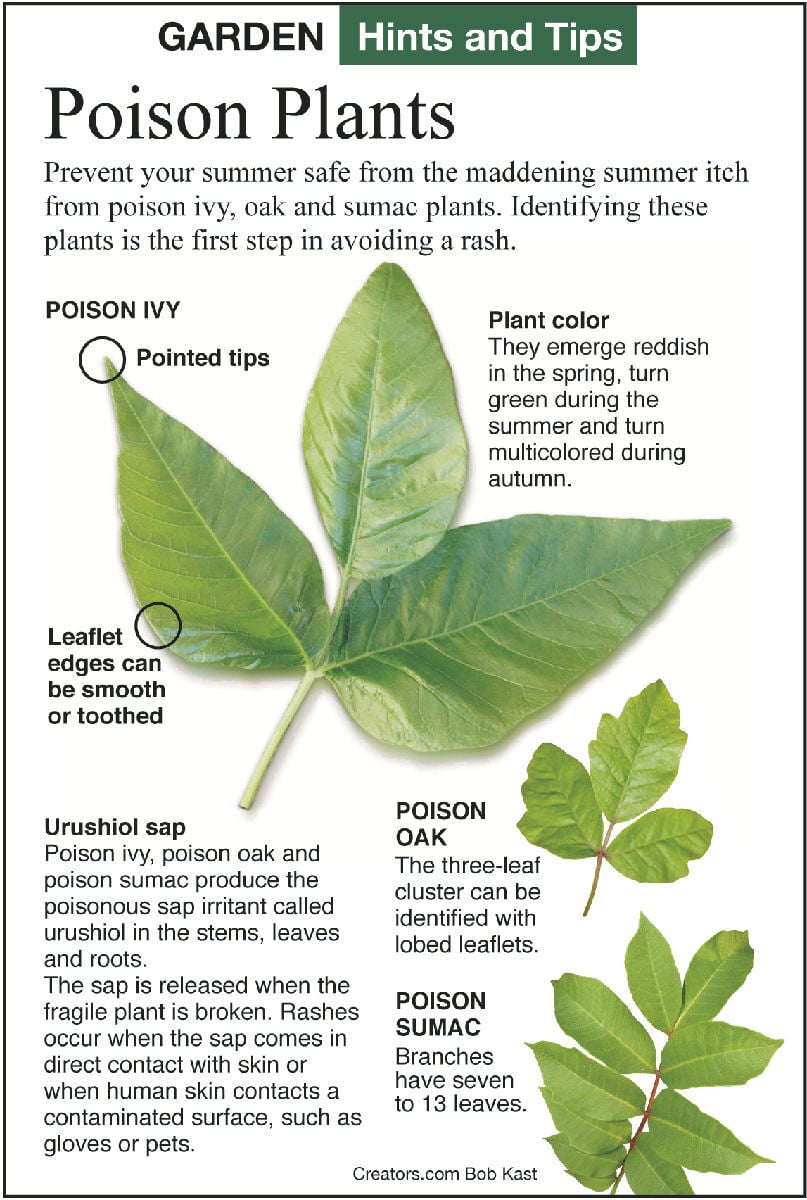
- Grows as a shrub or tree, reaching heights of 30 feet or more
- Leaves grow in an open pattern, giving the tree a barren appearance
- Long, thin branches that often sag downwards
- Red stems with double rows of 6-12 leaves, plus an extra leaf at the stem tip
- Oval or oblong leaves tapering to a point
How does poison sumac change throughout the seasons? Like poison ivy and oak, the leaves of poison sumac change color as the year progresses. In spring and summer, it may produce pale green or yellow flowers in clusters along separate green stems. During summer, these flowers may be replaced by small yellow or green berries, which turn white or grey in fall and winter.
Leaf Characteristics of Poison Sumac
To accurately identify poison sumac leaves, look for these traits:
- Oval or oblong shape
- Tapered point at the end
- Sides may be wavy or smooth, but not jagged
- Color changes with seasons
Why is it important to be cautious even around fallen leaves? Even detached leaves from poison sumac can still cause an allergic reaction, so it’s crucial to remain vigilant in areas where the plant is known to grow.

Comparative Analysis: Poison Ivy, Oak, and Sumac
While poison ivy, oak, and sumac share some similarities, they also have distinct differences. How do these plants compare in terms of growth patterns, leaf characteristics, and potential risks?
| Characteristic | Poison Ivy | Poison Oak | Poison Sumac |
|---|---|---|---|
| Growth Pattern | Vine or shrub | Shrub or climbing vine | Shrub or tree |
| Leaf Arrangement | Groups of three | Groups of three | 6-12 leaves in pairs, plus one at tip |
| Leaf Shape | Pointed at tip | Wavy edges, oak-like | Oval or oblong, tapered point |
| Berries | White | Light green | Yellow/green, turning white/grey |
| Seasonal Changes | Green to reddish-orange | Green to yellow/red/brown | Color changes, produces flowers |
What is the common factor among all three plants? They all contain urushiol, an oil that causes an allergic reaction in most people upon contact. This oil is present in all parts of the plants, including the leaves, stems, and roots.
Prevention Strategies: Avoiding Contact with Poisonous Plants
Preventing exposure to poison ivy, oak, and sumac is the best way to avoid their uncomfortable effects. What strategies can you employ to minimize your risk of contact?
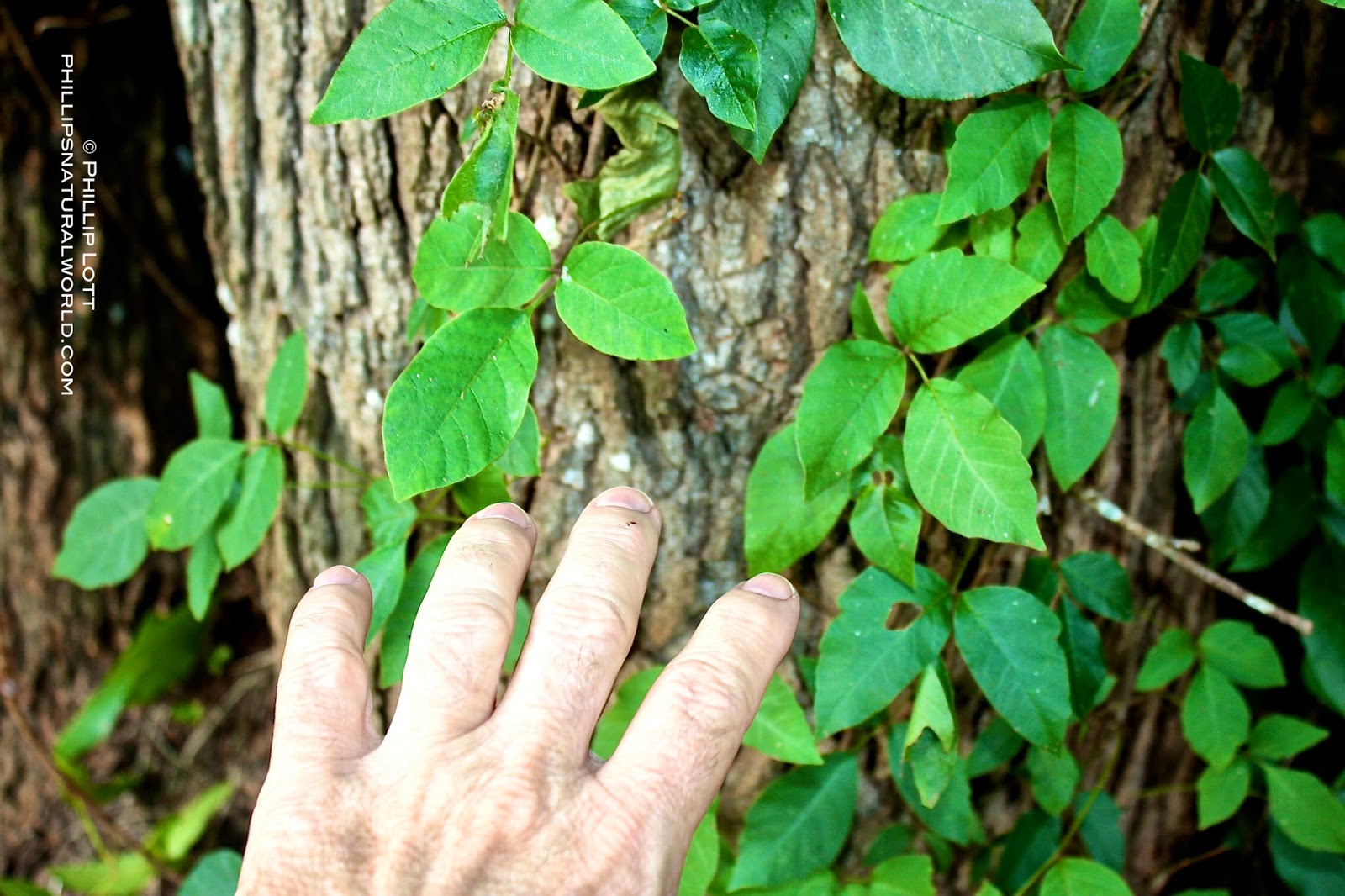
- Learn to identify the plants in your area
- Wear protective clothing when in potentially affected areas
- Use barrier creams or lotions before potential exposure
- Stay on clear paths when hiking or walking in wooded areas
- Keep pets from running through vegetation, as they can carry the oil on their fur
How can you protect your property from these plants? If you find poison ivy, oak, or sumac on your property, consider hiring a professional to remove it safely. If you choose to remove it yourself, wear protective clothing, including gloves, and dispose of the plants carefully to avoid spreading the oil.
Misconceptions About Poison Ivy, Oak, and Sumac
There are several common misconceptions about these plants. Let’s address a few:
- Myth: The rash is contagious. Fact: The rash itself cannot spread from person to person, only the oil can cause a reaction.
- Myth: You can become immune to the plants. Fact: While sensitivity can change over time, no one is truly immune.
- Myth: Breaking the blisters spreads the rash. Fact: The fluid in the blisters does not contain urushiol and cannot spread the rash.
Long-Term Effects and Rare Complications
While most cases of poison ivy, oak, or sumac exposure resolve within a few weeks, some individuals may experience more severe or prolonged effects. What are some potential long-term or rare complications?
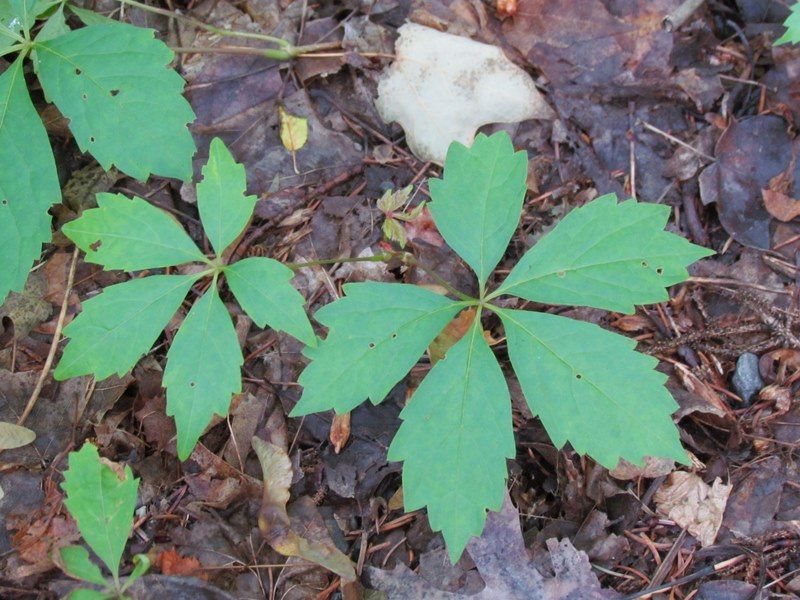
- Bacterial infections from scratching the rash
- Scarring in severe cases or due to excessive scratching
- Systemic reactions in highly sensitive individuals
- Respiratory problems if the plants are burned and the smoke is inhaled
When should you seek immediate medical attention? If you experience difficulty breathing, fever, or if the rash covers a large portion of your body, it’s crucial to seek medical care promptly. These symptoms could indicate a severe allergic reaction requiring urgent treatment.
Long-Term Management for Frequent Exposure
For individuals who frequently come into contact with these plants due to their occupation or hobbies, what are some long-term management strategies?
- Regular use of barrier creams or sprays
- Keeping an emergency kit with cleaning products and treatments
- Routine skin checks after potential exposure
- Consideration of immunotherapy in severe cases (under medical supervision)
How effective is immunotherapy for poison ivy, oak, and sumac allergies? While not widely used, some studies have shown that immunotherapy can reduce sensitivity in highly allergic individuals. However, this treatment is typically reserved for those with severe or frequent reactions and should only be undertaken under close medical supervision.

Environmental Impact and Ecological Role
Despite their negative impact on humans, poison ivy, oak, and sumac play important roles in their ecosystems. What ecological functions do these plants serve?
- Provide food for wildlife (berries are eaten by birds)
- Offer shelter and nesting sites for small animals
- Help prevent soil erosion in some areas
- Contribute to biodiversity in their native habitats
How do these plants interact with other species in their environment? Many animals, including deer and goats, can eat the leaves without ill effects. Some bird species rely on the berries as a food source, especially during winter when other food may be scarce.
Climate Change and Distribution
As with many plant species, climate change may affect the distribution and growth patterns of poison ivy, oak, and sumac. How might these plants respond to changing environmental conditions?
- Potential expansion of range due to warmer temperatures
- Increased growth and toxicity with higher CO2 levels
- Possible changes in seasonality and flowering times
- Altered interactions with pollinators and seed dispersers
What implications might these changes have for human health? As these plants potentially become more widespread and more toxic, human exposure and the severity of reactions could increase. This underscores the importance of ongoing research and public education about these plants and their effects.
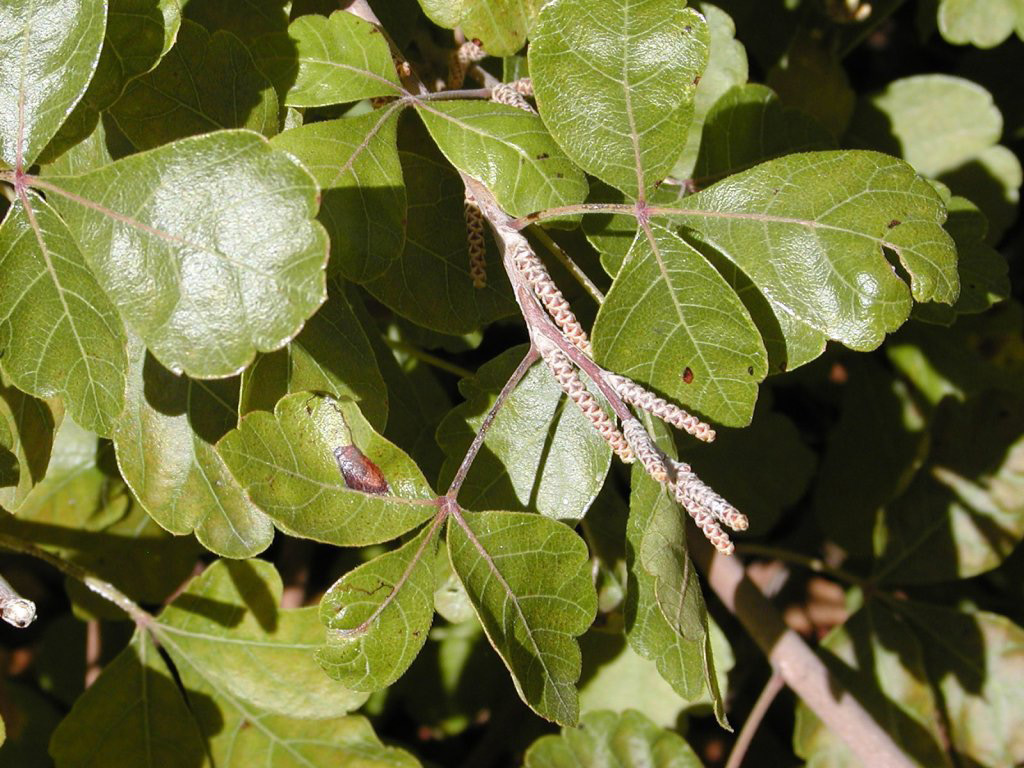
Advancements in Treatment and Prevention
Research into more effective treatments and prevention methods for poison ivy, oak, and sumac reactions is ongoing. What are some promising developments in this field?
- Development of more effective barrier creams
- Research into urushiol-neutralizing compounds
- Improved understanding of the allergic response mechanism
- Exploration of plant-based remedies with anti-inflammatory properties
How might future treatments differ from current options? Future treatments may target the allergic response more specifically, potentially preventing or quickly reversing the reaction. There’s also interest in developing methods to quickly and effectively remove urushiol from the skin after exposure, preventing the rash from developing.
Technological Innovations for Plant Identification
As technology advances, new tools are becoming available to help identify poisonous plants. What are some innovative approaches to plant identification?
- Smartphone apps using AI and image recognition
- Portable DNA sequencing devices for rapid plant identification
- Augmented reality tools for real-time plant recognition in the field
- Crowdsourced mapping of poisonous plant locations
How can these technologies improve prevention and management of poison ivy, oak, and sumac exposure? By making accurate plant identification more accessible, these tools can help people avoid contact with poisonous plants. They can also aid in tracking the spread and distribution of these species, informing public health initiatives and environmental management strategies.
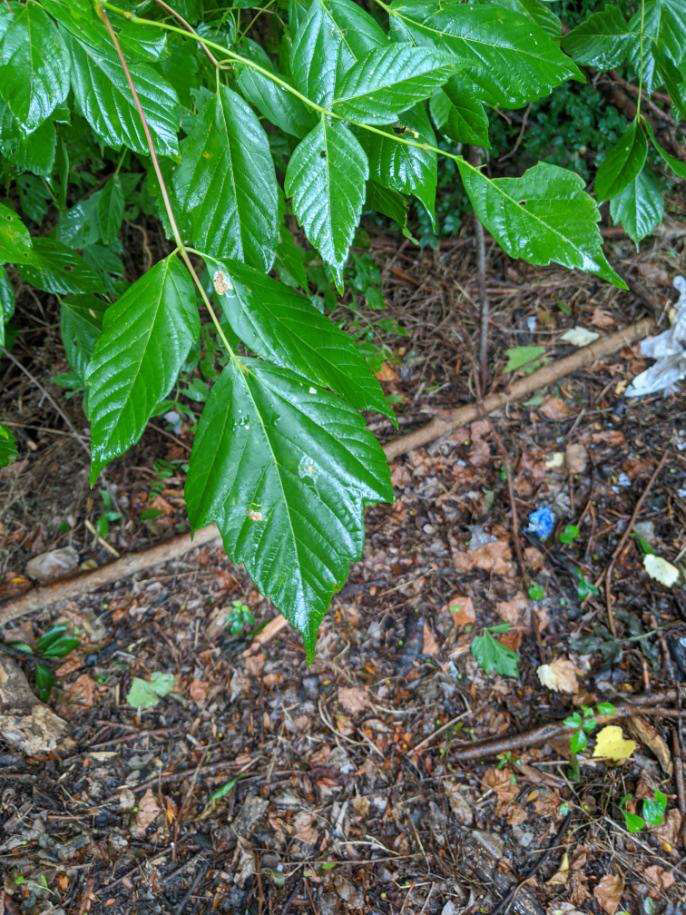
Recognizing Poison Ivy, Oak, and Sumac (and How to Treat if you Don’t)
Recognizing poison ivy, poison oak and poison sumac is essential if you want to avoid the unpleasant burning and itchy rash that accompany these common plants. Luckily, they aren’t hard to identify.
Recognizing Poison Ivy
Poison ivy can grow as both a vine and a shrub. Its leaves are pointed at the tip and grow in groups of three. In spring, the leaves are green, while in fall they turn reddish-orange. The plant also has small clusters of white berries, which it drops to reseed itself and grow larger. These berries can be seen starting in spring all the way through to the end of winter.
The problem with poison ivy is that it’s very adaptable and grows in various ways, making it difficult to identify. That’s why you should look for leaves that grow in clusters of three, which is the most defining characteristic of this plant.
Though most people think of it as a vine that grows upwards, clinging to a variety of surfaces, mainly because it does have “ivy” in the name, the fact is that poison ivy can also grow as a bush or even a single plant.
So, when attempting to identify poison ivy, make sure to look for three leaves with pointy tips that are loosely connected on each stem. The middle leaf tends to have a small stem, while the two side leaves grow off the vine. When looking from above, the leaves are a dark, waxy green, while from below they appear a light, fuzzy green. The waxiness makes the leaves appear shiny, but this isn’t always an indicator as they can seem dull after rain.
Most importantly, don’t touch poison ivy when trying to identify it. If in doubt, it’s best to steer clear because getting just a little of the plant’s oil on you can cause a very unpleasant rash.
Treating Poison Ivy
Ideally, you were successful in recognizing poison ivy and managed to avoid it, but this is not always possible. So, if you did come in contact with poison ivy, your best option is to use a cold compress on the affected area. Calamine lotion, hydrocortisone cream or antihistamines can also be used to stop the itching.
If the rash is on your face, close to your eyes, or covers a significant area of your body, visit one of our Urgent Care centers in the Greater Augusta County area. Some individuals will have a more severe allergic reaction, in which case you may need emergency care immediately.
Recognizing Poison Oak
Like poison ivy, poison oak can grow as a shrub or a climbing vine, and its leaves also grow in groups of three off the stem. Unlike poison ivy, though, the edges of the leaves have a wavy appearance and, as the name indicates, they look somewhat like oak leaves.
The tops of the leaves are usually glossy green, but they can be yellow, red or brown depending on the season and how healthy the plant is. The underside of the leaves appear more velvety and feature a lighter green color.
The stems have a slightly greyish tinge to them, and can have what looks like hair or tiny thorns. In spring, poison oak has small green-yellow flowers, while during summer and fall the plant will have small light-green berries.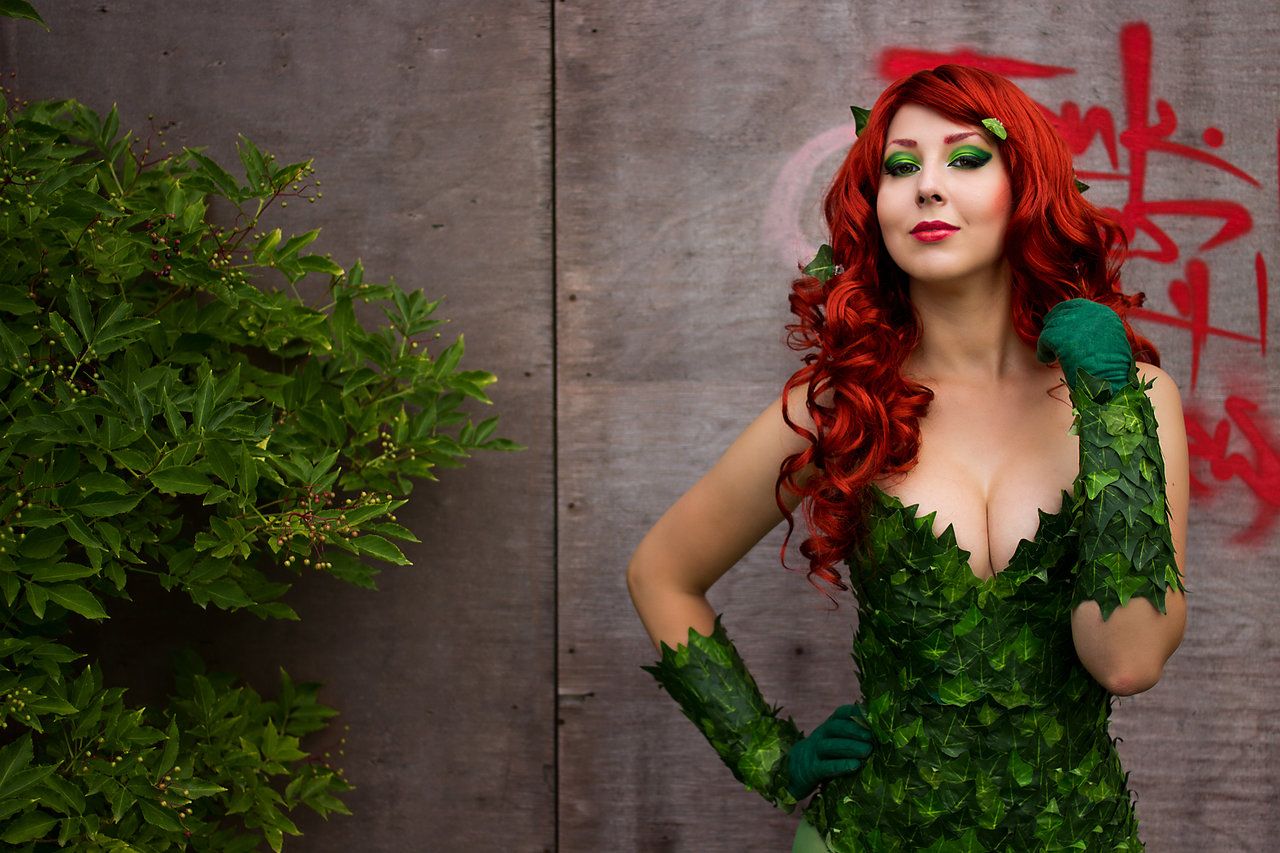
Treating Poison Oak
To relieve the itching, apply calamine lotion to the affected areas. Topical steroids or systemic steroids and antihistamines might also help. You can also take an oatmeal bath, which has been known to significantly relieve itching.
Simply put two cups of oatmeal in a stocking and tie it to the tap, positioning it so the water runs through the oatmeal. Soak in the bath for a minimum of thirty minutes. An alternative to oatmeal is baking soda.
Recognizing Poison Sumac
Recognizing poison sumac is essential to avoiding a really painful allergic reaction that manifests as a red, itchy rash or blisters. Poison sumac grows as a shrub or a tree that can be as tall as 30 feet or even taller in some cases.
The tree tends to seem pretty barren because the leaves grow in a relatively open pattern and not as dense foliage.
A large tree will generally have long and thin branches that sag downwards. The hanging branches increase your chances of brushing against it walking by.
However, before poison sumac becomes a tree, it grows as a small plant with leaves that point up. They have small branches with red stems and double rows of between six and twelve leaves on each stem, with an extra leaf at the tip of the stem.
The leaves are oval or oblong and taper to a point at the end. The sides of the leaves might be wavy or smooth but aren’t jagged. The leaves change color with the seasons, like poison oak and poison ivy. During spring and summer, poison sumac may have pale green or yellow flowers which grow in clusters along separate green stems. In the summer, the plant might replace its flowers with small yellow or green berries, which turn white or grey during fall and winter.
Please note that even fallen leaves can still be poisonous. And never use poison sumac for a fire, because inhaling the smoke can be extremely dangerous.
Treating Poison Sumac
Treating poison sumac is just like treating poison ivy or poison oak. All you can really do is alleviate the itching by using calamine lotion and applying cold compresses to the area. Antihistamines can also help reduce inflammation.
Antihistamines can also help reduce inflammation.
In all cases, you should wash anything that came into contact with the plant to ensure you remove the toxic oil that transferred from the plant. This includes your skin and any gear or clothing as you don’t want to be re-exposed.
If you have a severe reaction, you should call a doctor right away.
At Augusta Health, we provide the option of Urgent Care for immediate but serious medical need. If you come into contact with any of these poison plants, Augusta Health is here to provide the care you need!
Poison ivy lookalikes | Garden Gate
By:
Garden Gate staff
It can be hard to tell if the plant you’re looking at is poison ivy or a lookalike. Here’s our guide to identifying and getting rid of poison ivy safely.
How to identify poison ivy
It’s just about every gardener’s least favorite weed! Not only does poison ivy (Toxicodendron radicans) grow and spread rapidly, but it gives many people an itchy, sometimes painful, rash.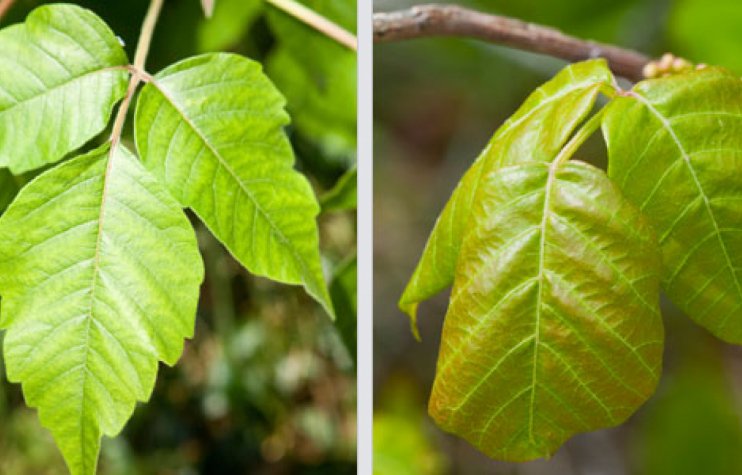 It can be important to know how to spot this unpleasant plant. Poison ivy prefers moist, rich soil in full sun to part shade. You can find it along roadsides, in wooded, moist or wet areas. Check out some of its identifiable characteristics:
It can be important to know how to spot this unpleasant plant. Poison ivy prefers moist, rich soil in full sun to part shade. You can find it along roadsides, in wooded, moist or wet areas. Check out some of its identifiable characteristics:
- This woody weed can have an upright form up to 7 ft. tall or appear as a climbing vine, hanging on to trees or fences with dark aerial roots.
- Poison ivy leaves vary in size and shape but there are always three.
- The three leaflets, which are sometimes shiny, have a reddish cast and stem.
- Leaves tend to be pointed and may have a toothed or smooth edge.
- The illustration above shows how the leaves alternate along the stem.
- Insignificant green-white flowers appear in late spring, followed by fruit that ripens about the same time the leaves turn red in fall.
How to control and remove poison ivy
To pull or cut back the plant, be careful to keep urushiol, the sticky oil that is present in all parts of the plant, off your skin. Wear long pants, long sleeves and double gloves.
Wear long pants, long sleeves and double gloves.
If you don’t want to handle it, spray the plant with a systemic herbicide (such as one containing glyphosate), but it’ll take time and several applications to eradicate it. You can also dab or spray the cut ends of the vine with a systemic brush killer (a herbicide that contains triclopyr is best.)
Keep an eye on any areas where you’ve removed poison ivy. There will be a few suckers or seedlings popping up here and there for a couple of years. Get them while they’re small, and you won’t have a big patch to clean up again. Oh, and you could buy a goat. They like to eat poison ivy and have no reaction to it!
Take extra precautions when dealing with poison ivy
When done working, change clothes immediately. Urushiol can remain on clothing and tools for years, but it’s water-soluble, so washing will remove it.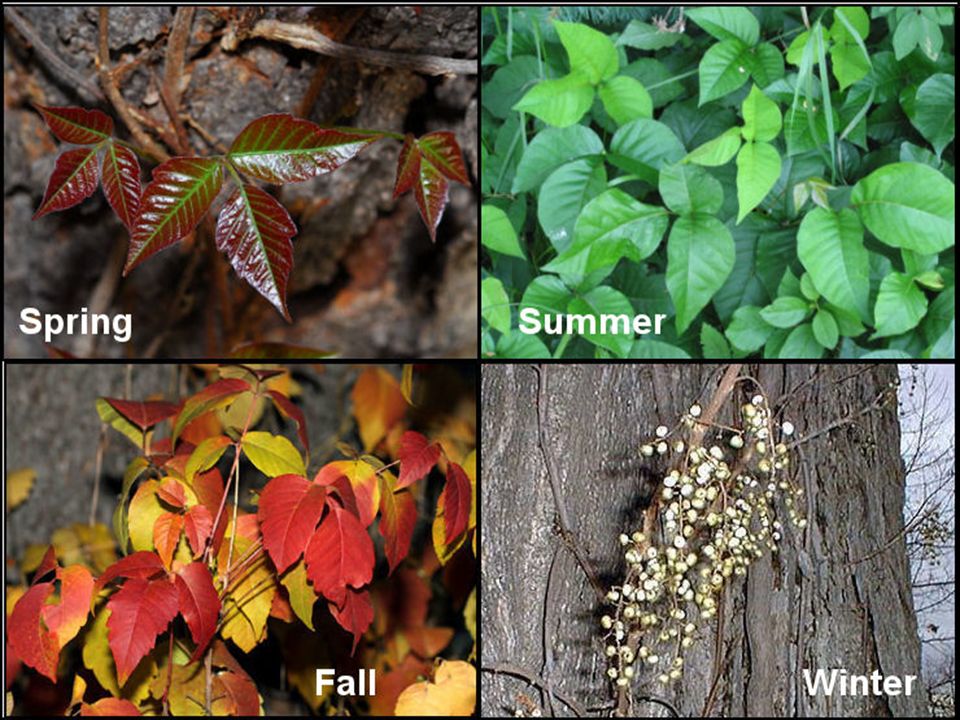 Wash those clothes in a separate load. Even if you’re careful, it’s a good idea to wash your hands and arms with Tecnu skin cleanser when you’re done working. If you use it within an hour or two of being exposed, you’ll usually avoid getting a rash.
Wash those clothes in a separate load. Even if you’re careful, it’s a good idea to wash your hands and arms with Tecnu skin cleanser when you’re done working. If you use it within an hour or two of being exposed, you’ll usually avoid getting a rash.
You Might Also Like:
10 Invasive Plants to Avoid in Your Garden
7 Common Garden Diseases
How To Get Rid of Common Garden Weeds
7 Common Garden Pests
Poison ivy lookalikes
Another sneaky thing about poison ivy: It has some lookalikes. You’ve probably heard the old saying, “Leaves of three, let it be.” That’s good advice — poison ivy doesn’t really stand out in a crowd, but it always has three leaflets on each leaf.
Poison ivy lookalike: Box elder
Seedlings and young plants of box elder tree (Acer negundo) are often mistaken for poison ivy and they tend to grow in the same places you’ll find poison ivy — along the fence, behind the garage, and other places where you may not do a lot of cultivating.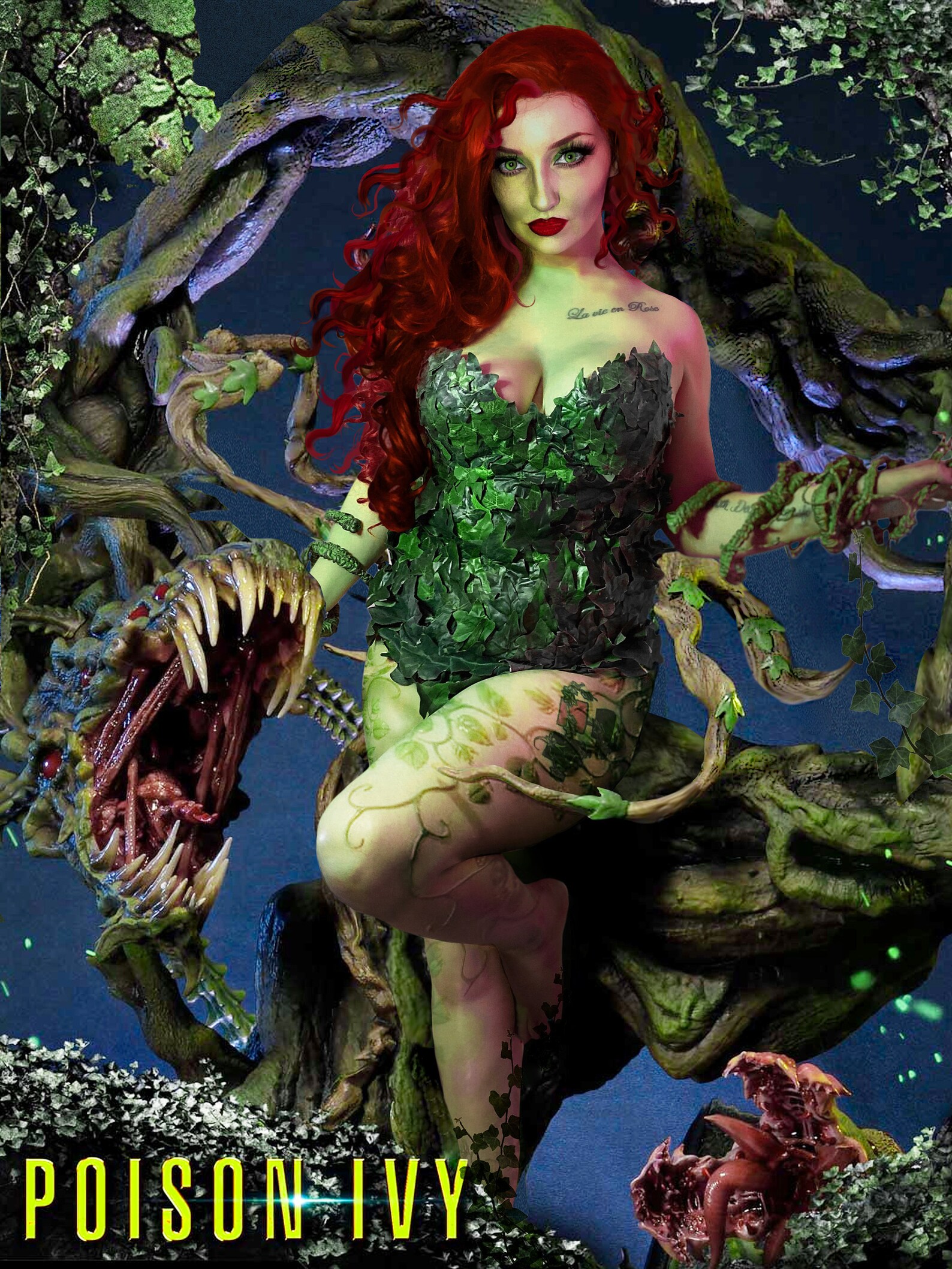 The differences? Box elder stems aren’t red and often have a grayish “bloom” on them. And box elder leaf stems are directly across from each other on the main stem, rather than alternating, as poison ivy leaves are.
The differences? Box elder stems aren’t red and often have a grayish “bloom” on them. And box elder leaf stems are directly across from each other on the main stem, rather than alternating, as poison ivy leaves are.
Poison ivy lookalike: Boston ivy
Another lookalike is Boston ivy (Parthenocissus tricuspidata), especially small, new growth. Unfortunately, it has a red stem, just like poison ivy, so it can be hard to tell the two apart. Usually the leaf edges are a little more jagged, and the leaves are slightly smaller. But when in doubt, it’s best to be careful!
Boston ivy’s juvenile foliage has three leaflets. As you look at the whole plant, you’ll see woody stems and mature leaves that are not divided.
Poison ivy lookalike: Virginia creeper
You might find a Virginia creeper (Parthenocissus quinquefolia) leaf with just three leaflets. But look at the rest of the vine and you’ll notice that most have five.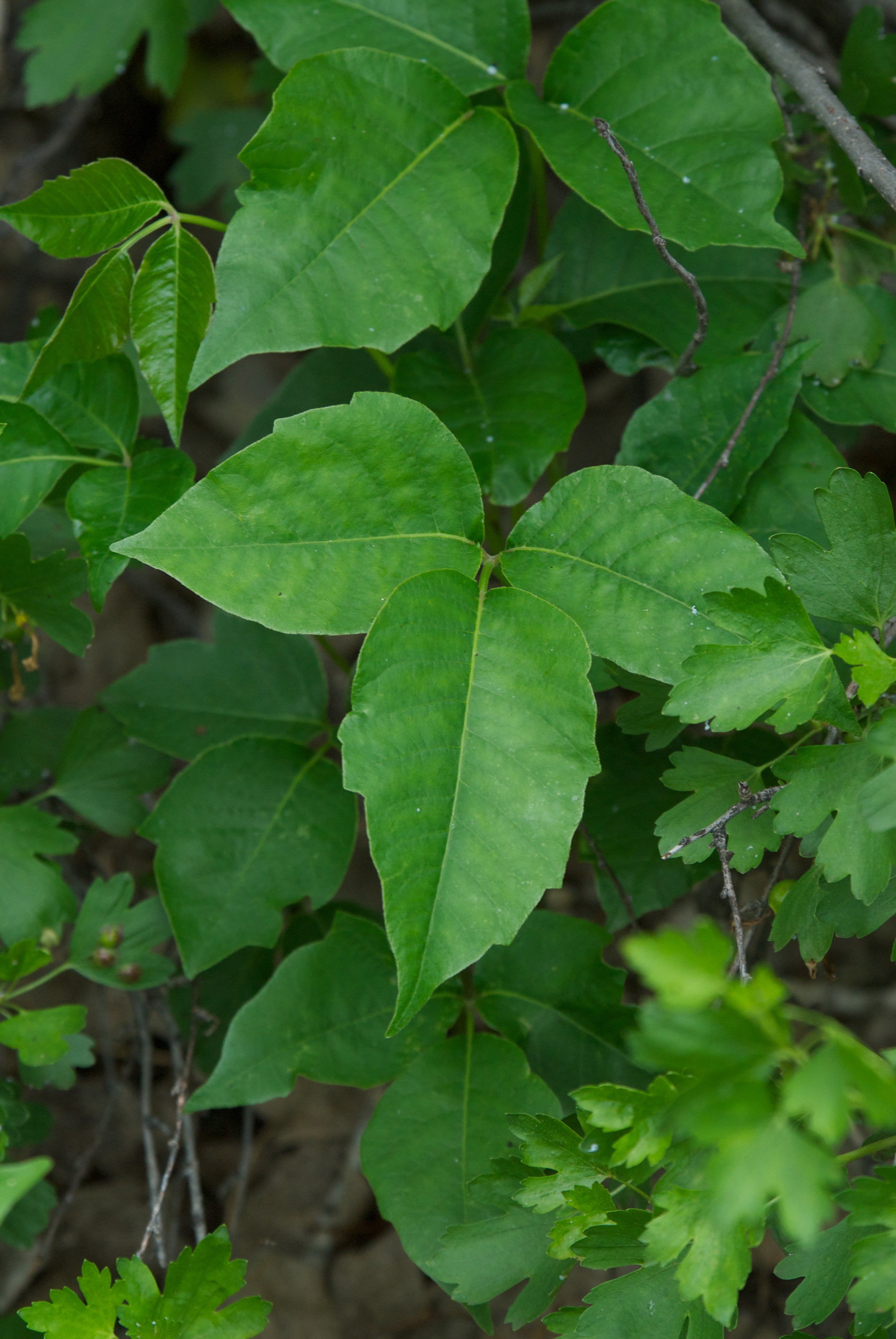
Poison Ivy – Wisconsin Horticulture
Authors: Vijai Pandian, Extension Horticulture Outreach Specialist, Mark Renz, UW-Agronomy Weed Specialist and Anne Pearce, UW-Wisconsin First Detector Network Coordinator
Last Revised: 04/15/2020
X-number: XHT1272
What is poison ivy? Poison Ivy (Toxicodendron radicans), is a perennial woody plant that grows as either a low shrub or a climbing vine. Poison ivy is native to North America and is common in Wisconsin, growing in pastures, roadside ditches, fence rows, wooded forests, beaches and parks.
CONTACT WITH POISON IVY CAN LEAD TO SKIN RASHES, SKIN BLISTERS OR OTHER ALLERGIC REACTIONS.
Young poison ivy leaves (left) can have smooth margins, while mature poison ivy leaves (right) often have serrated or lobed leaf margins.
What does poison ivy look like? Poison ivy has alternate leaves, and each leaf has three leaflets. The middle leaflet has a short stalk and is larger than the two other leaflets. Leaflets are variable in shape but are typically oval with pointed tips. The margins (edges) of leaflets can be smooth, serrated (i.e., resemble a saw blade) or lobed. In late summer, poison ivy produces clusters of whitish berries. These berries are eaten by birds, and the seeds inside are spread through bird droppings.
The middle leaflet has a short stalk and is larger than the two other leaflets. Leaflets are variable in shape but are typically oval with pointed tips. The margins (edges) of leaflets can be smooth, serrated (i.e., resemble a saw blade) or lobed. In late summer, poison ivy produces clusters of whitish berries. These berries are eaten by birds, and the seeds inside are spread through bird droppings.
Other common plants can be confused with poison ivy. These plants and the characteristics that distinguish them from poison ivy are outlined in the table below.
| Look Alike Species | How to Distinguish from Poison Ivy |
| Boxelder (seedlings) | Opposite branching; 3+ leaflets per leaf |
| Ash (seedlings) | Opposite branching; 3+ leaflets per leaf |
| Virginia creeper | 5 leaflets per leaf (newly emerged leaves may have fewer) |
| Wild sarsaparilla | 3 leaves at the top of stem; each leaf with 3-7 leaflets |
| Raspberry/blackberry | 3+ leaflets per leaf; spiny stems |
| Clematis/virgin’s bower | Opposite branching; side leaflets with obvious stalks |
| Hog peanut | Leaves without teeth or lobes; weak stemmed |
| Jack-in-the pulpit | Leaves with 3 leaflets; leaflets all stalkless |
| Wild strawberry | Leaves with 3 leaflets; leaflets all stalkless |
Why is poison ivy a problem? All parts of poison ivy plants (including leaves, stems and roots) produce a resinous oil called urushiol that can cause severe itching, inflammation and blistering.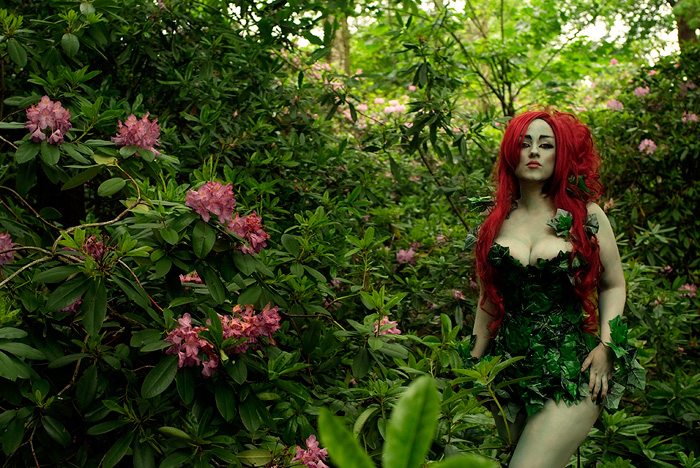 The oil can be spread by anything that comes in contact with poison ivy including garden tools, clothing, boots or pets. Urushiol is present not only in living poison ivy plants but can remain active in dead plants for up to two years. Skin sensitivity to poison ivy can vary from person to person. If you burn poison ivy, the vaporized oil that is released can cause severe systemic allergic reactions if inhaled.
The oil can be spread by anything that comes in contact with poison ivy including garden tools, clothing, boots or pets. Urushiol is present not only in living poison ivy plants but can remain active in dead plants for up to two years. Skin sensitivity to poison ivy can vary from person to person. If you burn poison ivy, the vaporized oil that is released can cause severe systemic allergic reactions if inhaled.
How do I avoid or reduce problems associated with poison ivy? LEARN HOW TO IDENTIFY POISON IVY AND AVOID CONTACT WITH THE PLANT WHENEVER POSSIBLE. If you will be working in an area where poison ivy is likely to grow, wear long pants with boots, a long-sleeved shirt and gloves to help reduce exposure. In addition, you may want to use a poison ivy preventative lotion that can provide additional protection. After working in a poison ivy-infested area, carefully remove and wash your clothing with hot, soapy water. Use sanitary wipes to clean gardening tools or other items that may have come in contact with poison ivy plants.:max_bytes(150000):strip_icc()/poison-ivy-summer-big-5a8b50451f4e13003685a700.jpg)
If you believe you have come in contact with poison ivy, immediately wash any potentially exposed skin with regular soap under cold, running water. Avoid using complexion soaps as these types of soaps tend to spread urushiol on the skin and can make the problem worse. Poison ivy cleansing products (e.g., Tecnu skin cleanser) can help remove urushiol from skin if used within four to eight hours of exposure. Magnesium sulfate containing skin products (e.g., Dr. West’s Poison Ivy Wash) can also help to detoxify urushiol and ease itching. If you believe you have inhaled urushiol vapor, IMMEDIATELY contact a physician for advice.
If you believe your pet has been exposed to poison ivy, immediately bathe them using a pet-safe shampoo to remove urushiol residues.
How can I control poison ivy?
Herbicides containing the active ingredients glyphosate and triclopyr are effective in controlling poison ivy if used according to the label directions. Use foliar sprays to spot treat shrub-form poison ivy plants or vining poison ivy growing on inert objects (e.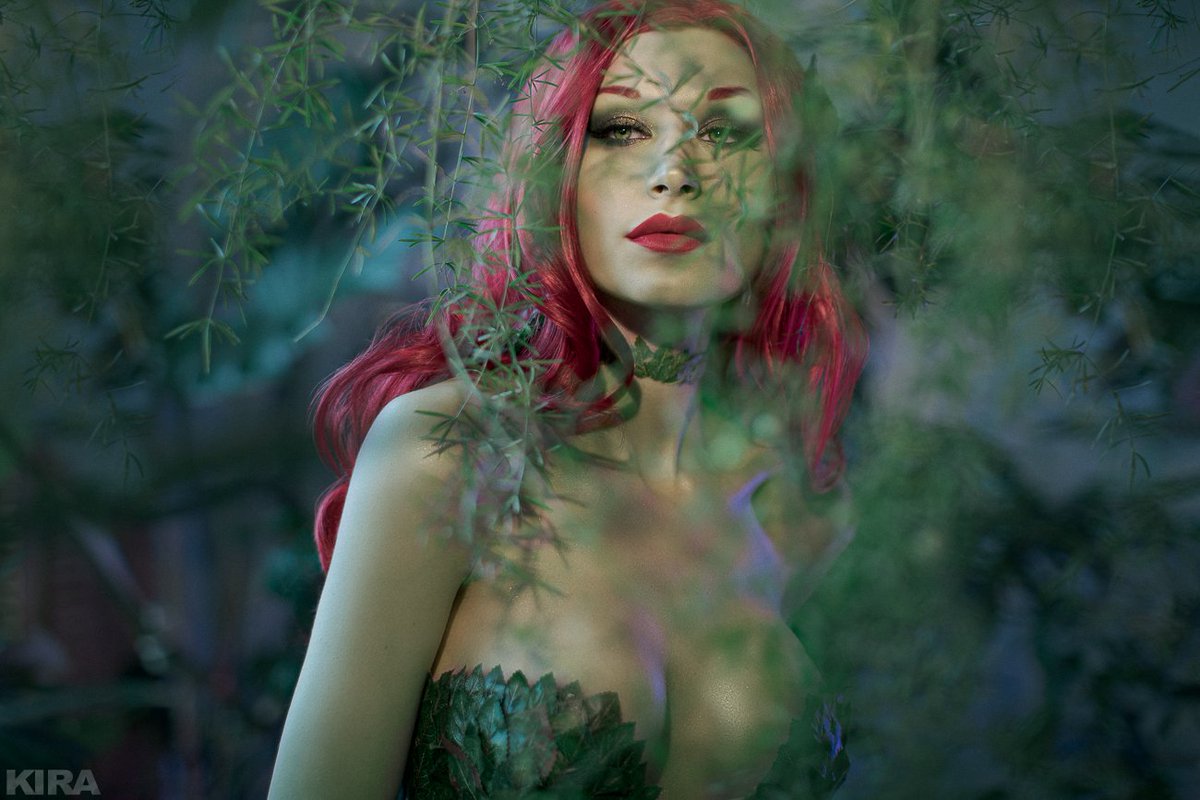 g., fences), but only apply treatments after leaves are fully expanded and plants are actively growing (i.e., summer and early fall). DO NOT apply foliar sprays to poison ivy growing on trees and shrubs, as the herbicide may damage these supporting plants. Alternatively, at any time of the year, cut poison ivy stems near the soil surface and paint the stumps with a more concentrated herbicide formulation. Be sure to read the instructions on the label of whichever herbicide you select for details on how to use the product in the safest and most effective manner possible.
g., fences), but only apply treatments after leaves are fully expanded and plants are actively growing (i.e., summer and early fall). DO NOT apply foliar sprays to poison ivy growing on trees and shrubs, as the herbicide may damage these supporting plants. Alternatively, at any time of the year, cut poison ivy stems near the soil surface and paint the stumps with a more concentrated herbicide formulation. Be sure to read the instructions on the label of whichever herbicide you select for details on how to use the product in the safest and most effective manner possible.
When removing poison ivy plants, collect all of the above ground plant parts. Also, be sure to rake the ground to collect any leftover poison ivy berries, leaves, stems and roots. DO NOT burn or compost any of these materials. Instead, bag and dispose of them in your municipal garbage. After you remove plants and debris, spread four to six inches of clean wood chip mulch over the site to prevent possible exposures to urushiol that may remain on or in the soil.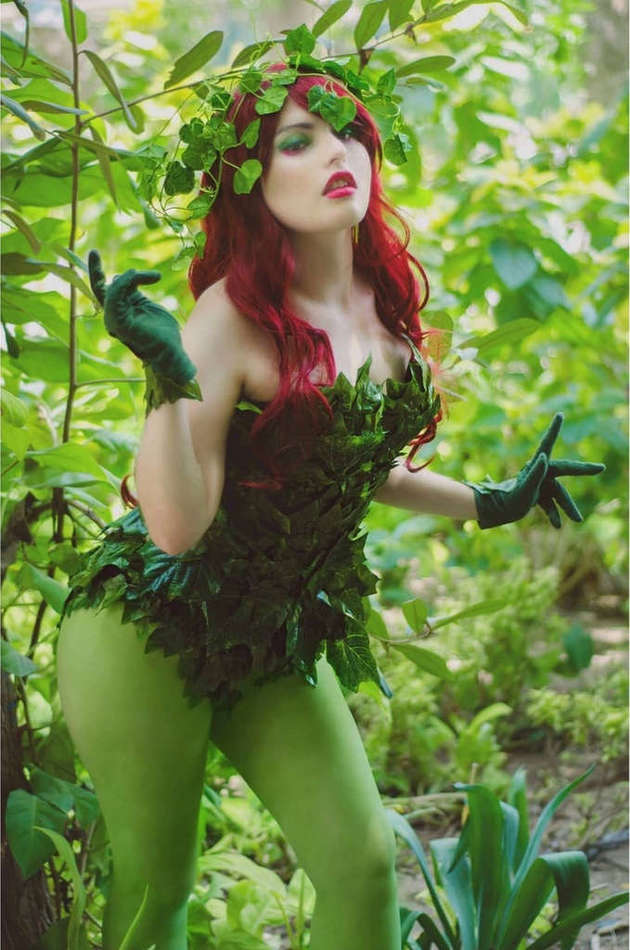
For more information on poison ivy: Contact your county Extension Educator.
What Does Poison Ivy Look Like? Pictures and Identification Tips
- Poison ivy has leaves in groups of three, a green or reddish tint, and a hairy vine.
- A poison ivy rash looks like small, red bumps that can sometimes progress into blisters.
- To avoid poison ivy, wear long pants and sleeves and wash the affected area within 15 minutes.
- Visit Insider’s Health Reference library for more advice.
LoadingSomething is loading.
Poison ivy grows throughout North America, especially in wooded areas, and touching it can give most people an itchy rash.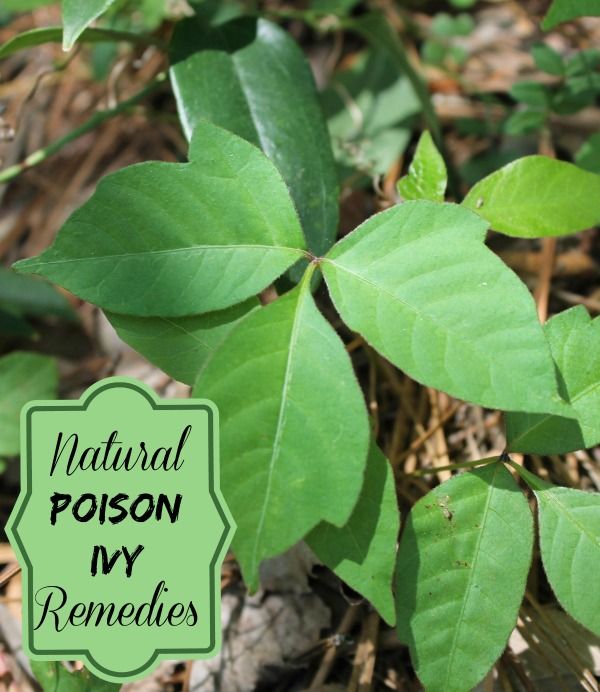 Therefore, identifying and avoiding the plant is crucial if you don’t want to be scratching your skin all summer long.
Therefore, identifying and avoiding the plant is crucial if you don’t want to be scratching your skin all summer long.
What does poison ivy look like?
Eastern poison ivy grows as a hairy vine with three leaves.
Douglas Sacha/Getty Images
North America is home to several subspecies of poison ivy, but the two main types are eastern and western poison ivy. Eastern poison ivy grows as a vine, and western poison ivy grows more like a shrub, but they share these characteristics:
- Leaves. Poison ivy has groups of three leaflets, hence the warning “leaves of three, let it be.
 ” The leaflets sometimes have “teeth” or notches on the side. The middle leaflet is larger and has a stalk connecting it to the other two.
” The leaflets sometimes have “teeth” or notches on the side. The middle leaflet is larger and has a stalk connecting it to the other two. - Stems. The stems can be green or reddish, and the area where the leaflets come together sometimes has a red tint.
- Fruit and flowers. The small, berry-like fruit is a cream color, and the flowers are a greenish cream color, but they’re pretty nondescript and typically tucked under the leaves, so you may not even notice them, says Nancy Loewenstein, PhD, extension specialist with the Auburn University School of Forestry and Wildlife Sciences.
- Vines. The vine has a hairy appearance.
As seasons change, so can poison ivy. In the fall, the leaves may be red or yellow. In the winter, the plant loses its leaves. However, touching the vine can still cause a rash because all parts of the poison ivy plant — from the roots to the leaves — contain the oil urushiol, which 50% to 70% of US adults are sensitive to.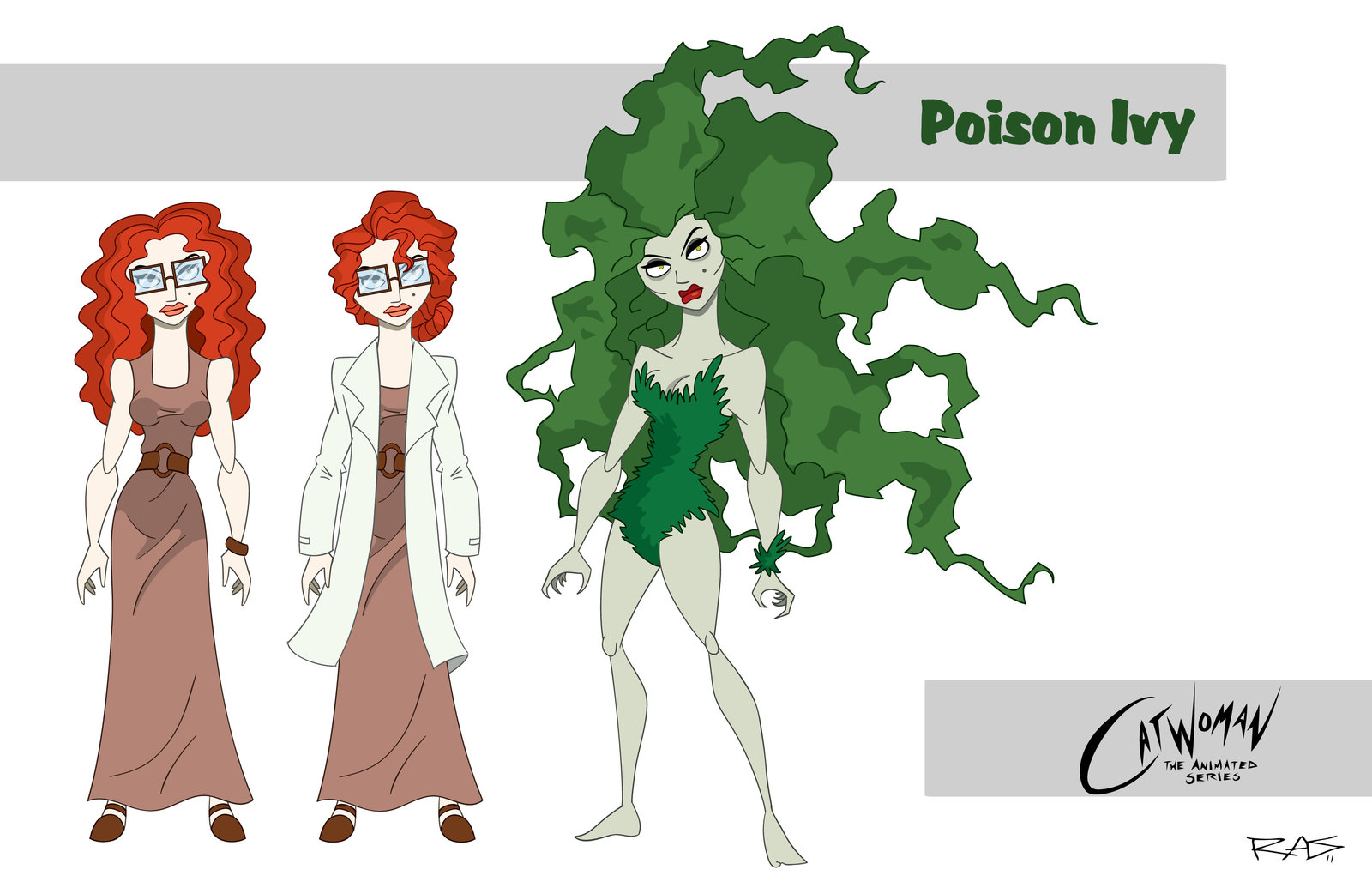
Important: Don’t burn poison ivy, because the smoke can cause difficulty breathing.
Tips for avoiding poison ivy
- Wear long sleeves and pants if going hiking or exploring an area near dense vegetation. This protects your skin from brushing against poison ivy.
- Wear thick vinyl gardening gloves if you’re gardening where poison ivy might be growing. The oil can pass through thin latex and rubber gloves, says Sara Hogan, a board-certified dermatologist at Laser Skin Care Center and health sciences clinical instructor with UCLA Dermatology.
- Be cautious when touching trees, as poison ivy can grow up a tree and then out along its branches, Loewenstein says.
- Wash the affected area with soap and lukewarm water within 15 minutes of touching poison ivy, to remove any urushiol. This may help you avoid a rash and will prevent the oil from spreading to other areas of the body.

- Wash pets or gardening tools if they may have touched poison ivy. While pets aren’t allergic to urushiol and, therefore, won’t develop a rash, the oil can transfer from their fur to you.
What does poison ivy rash look like?
A poison ivy rash appears as raised, red bumps that can progress into blisters.
Jena Ardell/Getty Images
A rash can develop within hours or days after exposure to urushiol, and it may last for a few weeks. People’s reactions vary depending on genetics, skin sensitivity, and number of prior exposures, Hogan says.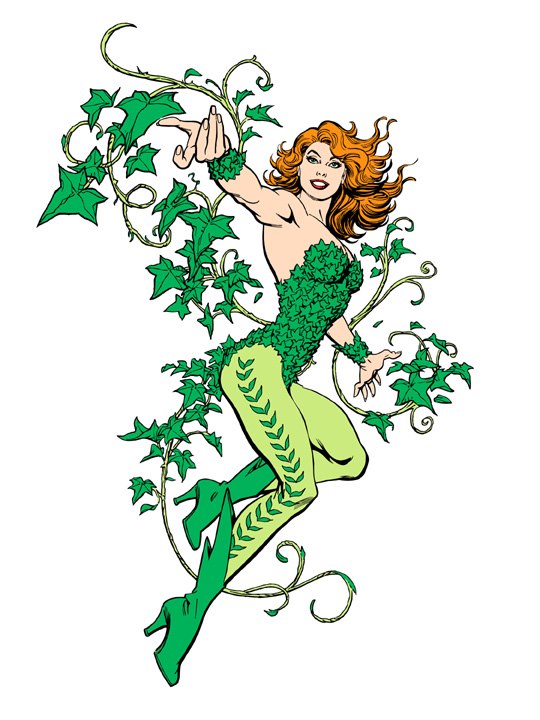 Reactions may include:
Reactions may include:
- Intense itching
- Redness
- Swelling
- Blisters, sometimes in a linear pattern
The rash can begin as raised, red, and swollen, and then sometimes progress into painful blisters. If the rash is severe, it may end up covering large parts of your body, Hogan says.
Insider’s takeaway
With poison ivy, prevention is the best medicine. Some harmless plants look similar, but if you see leaves of three, it’s best to let it be.
However, if you do break out in a rash, a cold compress can provide immediate relief, and over-the-counter creams may help.
But if the rash covers more than a small area and doesn’t go away after a few days, you should see a board-certified dermatologist or primary care doctor, Hogan says, as you may need prescription steroids.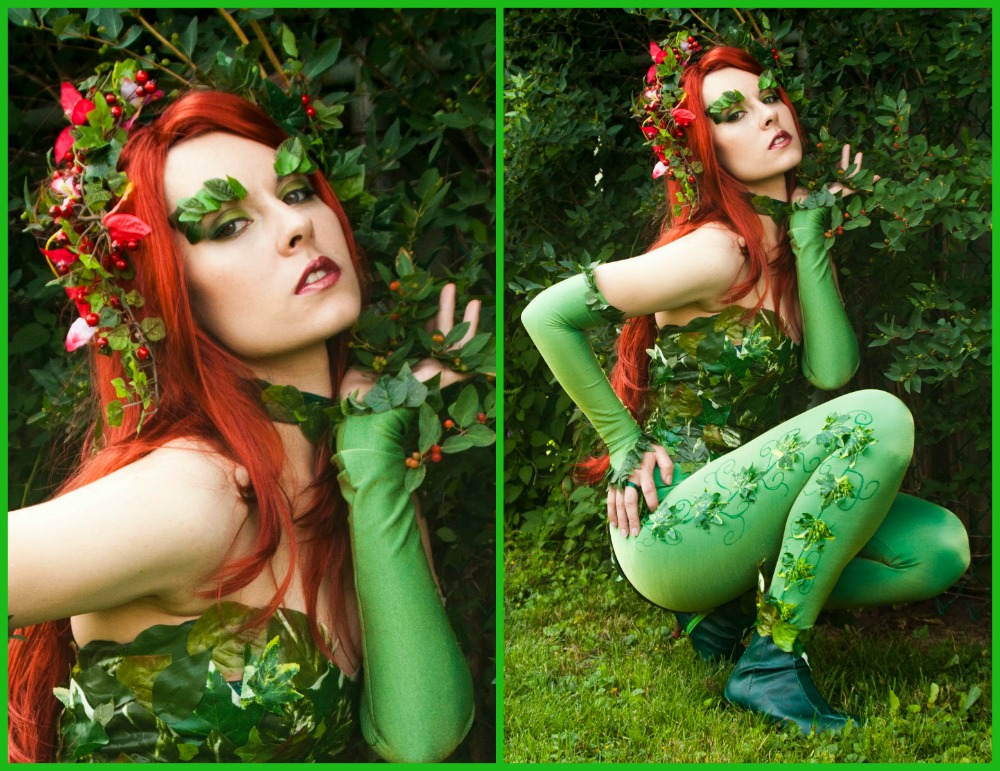
“Aside from the fact that it affects the patient’s quality of life and their skin is inflamed, it also compromises the skin barrier, and that leaves patients susceptible to getting secondary infections,” she says.
Therefore, it’s important to be aware of your symptoms and whether they’re improving or worsening.
Allison Torres Burtka is a freelance writer and editor in metro Detroit. Her writing has been published in the Guardian, espnW, Women’s Running, the Sierra Club’s Sierra magazine, Crain’s Detroit Business, and other outlets. She writes on topics like health and wellness, sports, environment, sustainability, and business leadership.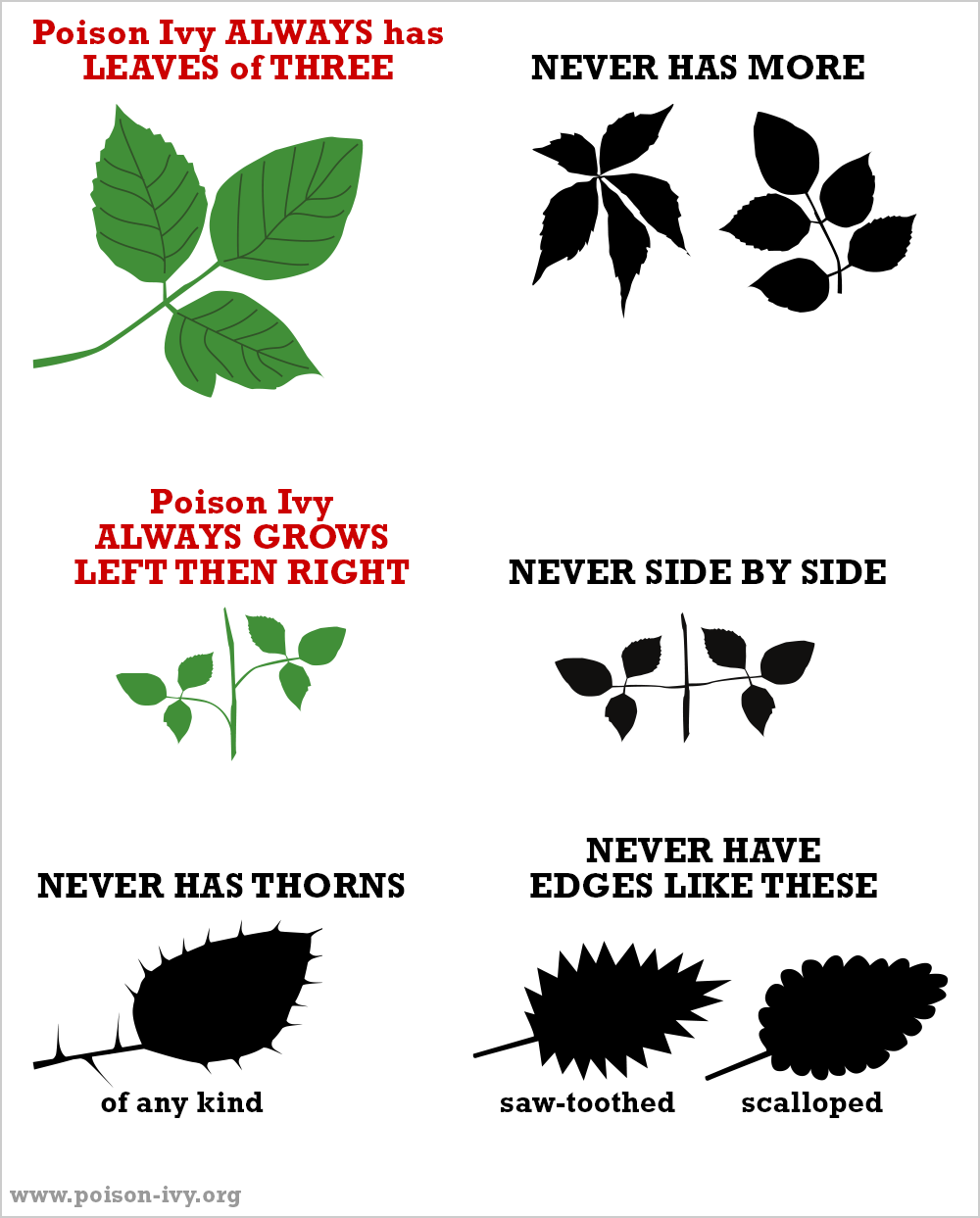 To see more of her work, visit atburtka.journoportfolio.com.
To see more of her work, visit atburtka.journoportfolio.com.
Read more
Read less
Recognizing Poison Ivy, Oak, & Sumac
A stroll in the woods is nearly always an enjoyable endeavor; what’s not so enjoyable is discovering a red, itchy rash the next day. Each year, millions of Americans come in contact with poison ivy, poison oak, or poison sumac. While there are numerous other poisonous plants, these three are grouped together because they share a common irritant: an oily resin/sap called urushiol. This resin is potent — it only takes 1 nanogram to cause a reaction. And unfortunately, it coats all parts of these plants.
While some of the characteristics we describe below aren’t necessarily unique to these plants, we’ll get you enough information to avoid these poisonous foes and confidently walk your favorite trails (or create your own!).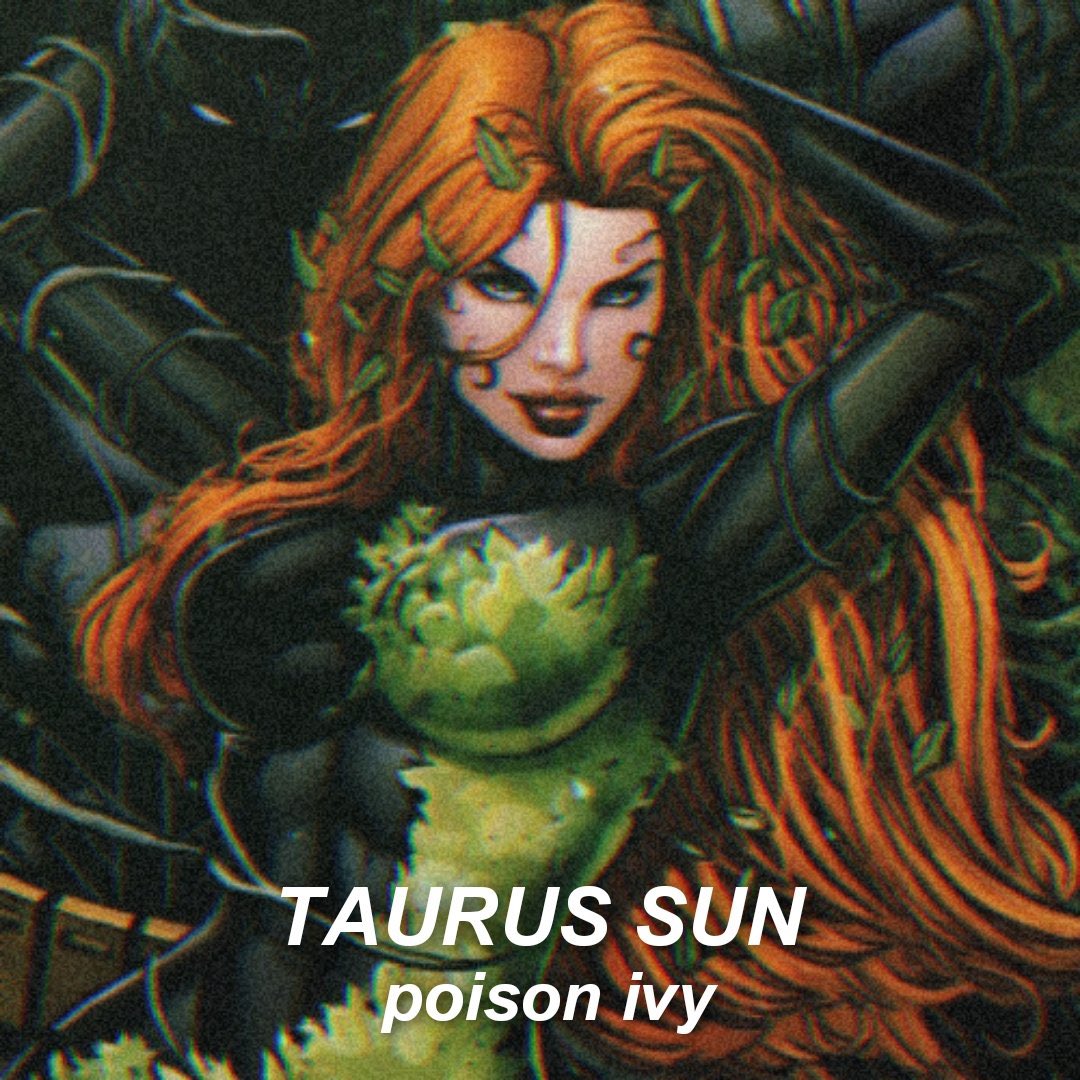
Identifying Poison Ivy
The old saying is true: “Leaves of three, let them be!” While there are other plants which have leaf clusters in threes, both poison ivy and poison oak share this trait, making it best to avoid plants with this feature altogether. What you’ll most likely encounter with poison ivy is a stem with a larger leaf at the end, and two smaller leaves shooting off the sides. The leaves can be notched or smooth on the edges, and they have pointed tips. The plant is reddish in the spring, green in summer, and yellow/orange in the fall. It’s not uncommon to see clusters of greenish-white berries on poison ivy through the spring and summer, as well as green/yellow flowers.
Poison ivy can take the form of a vine or a shrub. The plant’s appearance varies widely based on the region and specific environment where it grows, which is everywhere in the US with the exceptions of Hawaii, Alaska, and parts of the southwest deserts.
Identifying Poison Oak
Like poison ivy, this plant most often grows leaves in clusters of three, although some varieties display five or seven per cluster.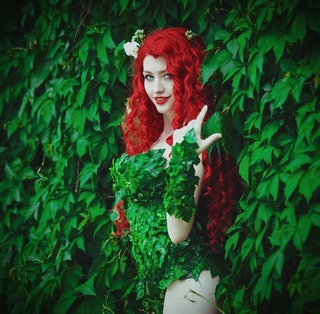 The defining feature is that the leaves have a lobed, wavy appearance (also described as scalloped), similar to oak tree leaves, but more subdued. Another characteristic that sets it apart from poison ivy is that the tips of the leaves are rounded rather than pointed. Its leaves are bright green in spring, turn yellow-green or pink in summer, and finally turn yellow into dark brown in the fall.
The defining feature is that the leaves have a lobed, wavy appearance (also described as scalloped), similar to oak tree leaves, but more subdued. Another characteristic that sets it apart from poison ivy is that the tips of the leaves are rounded rather than pointed. Its leaves are bright green in spring, turn yellow-green or pink in summer, and finally turn yellow into dark brown in the fall.
Poison oak is generally a shrub, averaging about 3 feet tall, but shoots of it can also grow as a vine. Not commonly found in the middle part of the U.S., poison oak is primarily situated on the West coast, and the East coast/Southeast.
Identifying Poison Sumac
Poison sumac stems (which are generally red — another of the defining features) have 7-13 leaves, in pairs, with a lone leaf at the end. Leaves are oval, elongated, and smooth-edged, usually 2-4 inches long. They are bright orange in spring, dark green in summer, and red-orange in fall.
Poison sumac thrives in watery, swampy environs, present mostly in the Midwest and Southeastern U. S., where high humidity is common. It grows as a tree or tall shrub, 5-20 feet tall.
S., where high humidity is common. It grows as a tree or tall shrub, 5-20 feet tall.
Allergic Reactions to Poison Ivy, Oak, or Sumac
An allergic reaction to poison ivy, oak, or sumac can occur when your skin makes direct contact with the plant, when you touch something that has been in contact with the plant, and even when the plant is burned, as particles of urushiol can make their way into your eyes, nose, and throat. Urushiol is very sticky and tenacious, so it easily adheres to firewood, dog fur, and gardening tools, and then transfers itself to your skin once you lift, pet, and pick up these things. Because urushiol is present in the plants’ roots, stems, and leaves, it remains potentially poisonous even in the wintertime.
Anyone can get an allergic reaction if exposed to urushiol in a large enough dose. But some folks are more sensitive than others. About 85% of the population is fairly to extremely susceptible to getting an allergic reaction, while 15% of lucky folks are resistant to reaction. One’s sensitivity/resistance is thought to be largely genetic in origin, so if your parents have had severe reactions to poisonous plants, take extra care to avoid contact yourself.
One’s sensitivity/resistance is thought to be largely genetic in origin, so if your parents have had severe reactions to poisonous plants, take extra care to avoid contact yourself.
Sometimes you only get a rash after being exposed to the plant numerous times. So don’t automatically assume that you’re resistant because you touched poison ivy/oak/sumac once, and didn’t get a rash.
On the other hand, sensitivity to these poisonous plants can lessen over time. So if you had a bad reaction as a child, you may have developed more resistance over the years.
How to Treat a Rash From Poison Ivy, Oak, or Sumac
If you know you’ve touched one of these poisonous plants, you have about 10 minutes before the sap penetrates the lower layers of your skin and binds to its cells, at which point an allergic reaction will set in. So you can head off this reaction by immediately rinsing the exposed area with running water. Use a mild detergent soap if you have it; fatty soaps can spread the urushiol oil, creating a worse reaction. Rinsing with rubbing alcohol is also effective. If wipes are all you have to clean the area, that’s better than nothing.
Rinsing with rubbing alcohol is also effective. If wipes are all you have to clean the area, that’s better than nothing.
If you don’t wash off the resin in time, and you’re sensitive to ivy/oak/sumac, then a rash will develop. Rashes from all three of these plants appear in the same form and are treated in the same way since the irritating agent in all of them is urushiol. If you’ve been outdoors and have the following symptoms appear, you may have a rash from one of these plants:
- patches of swollen redness
- outbreak of blisters
- intense itching
These are the primary symptoms, and they generally appear within 12-72 hours of contact. Luckily, if the rash isn’t severe, it can be treated at home without having to see a dermatologist.
The American Academy of Dermatology recommends the following treatment plan:
- Immediately rinse your skin with lukewarm, soapy water. Urushiol is an oil, so if not washed off, it can continue to spread.
 (Note: there are special washes out there that claim to remove urushiol more effectively and to lesson the severity of a rash once a reaction has set in; Zanfel is a popular one, but Mean Green Scrub uses the same ingredients/composition but costs way less per ounce.)
(Note: there are special washes out there that claim to remove urushiol more effectively and to lesson the severity of a rash once a reaction has set in; Zanfel is a popular one, but Mean Green Scrub uses the same ingredients/composition but costs way less per ounce.) - Wash your clothing and anything else the oil may have touched, including tools, pets, car seats, etc.
- Do not scratch; doing so can open the skin and possibly cause an infection.
- Leave blisters alone; do not peel overlying skin, as it protects the wound underneath from infection.
- Apply calamine lotion or hydrocortisone cream/lotion.
- Apply a cool washcloth to skin to ease burning and itching.
The rash should heal in about 1-2 weeks. Though it may look gross, it’s not contagious. If the rash is particularly large or painful, or doesn’t heal in that timeframe, it’s best to see a dermatologist who may prescribe a round of oral steroids or other treatments.
Above all, wearing long clothing when you go out is recommended — especially pants to guard against brushing these plants while wandering around. Be sure to wash these clothes right when you get home.
Be sure to wash these clothes right when you get home.
You’re now equipped to head out to the woods and avoid these itchy fiends!
Poison Ivy, Oak, Sumac and More
They Grow Everywhere
Fact. Poison ivy, poison oak, and poison sumac grow in wooded or marshy areas throughout North America. The plants aren’t really poisonous. They have a sticky, long-lasting oil called urushiol that causes an itchy, blistering rash after it touches your skin. Even slight contact, like brushing up against the leaves, can leave the oil behind. Poison ivy and poison oak grow as vines or shrubs. Poison sumac is a shrub or tree.
Leaves of Three, Let It Be
Myth. Poison ivy is the only one that always has three leaves, one on each side and one in the center. They’re shiny with smooth or slightly notched edges. Poison oak looks similar, but the leaves are larger and more rounded like an oak leaf. They have a textured, hairy surface. There may be groups of three, five, or seven leaves. Poison sumac leaves grow in clusters of seven to 13 leaves, with one by itself at the end.
There may be groups of three, five, or seven leaves. Poison sumac leaves grow in clusters of seven to 13 leaves, with one by itself at the end.
The Rash Shows Up Right Away
Myth. It forms within 24 to 72 hours of contact, depending on where the plant touched you. It usually peaks within a week, but can last as long as 3 weeks. A rash from poison ivy, oak, or sumac looks like patches or streaks of red, raised blisters. The rash doesn’t usually spread unless urushiol is still in contact with your skin.
Don’t Touch the Leaves. You’ll Be OK
Myth. It’s usually safe to breathe where poison plants grow. But if you burn them in your yard, the smoke could cause problems. When poison ivy leaves burn, they put out chemicals that can bother your eyes, nose, or lungs. You may need to see a doctor if you breathe the smoke. He’ll prescribe steroids to control your symptoms.
Clothes Keep You Safe
Fact. Keep your skin covered to avoid contact with these plants. Wear a long-sleeved shirt, long pants, gloves, and closed shoes if you’re in an area where they grow. Tie the bottoms of your pants legs or tuck them into your boots. Wear gloves when you handle bagged mulch or bales of pine straw. Keep a pair of shoes just for outside use and keep them outdoors. Try a lotion that has bentoquatam. It acts as a barrier between urushiol and your skin.
Keep your skin covered to avoid contact with these plants. Wear a long-sleeved shirt, long pants, gloves, and closed shoes if you’re in an area where they grow. Tie the bottoms of your pants legs or tuck them into your boots. Wear gloves when you handle bagged mulch or bales of pine straw. Keep a pair of shoes just for outside use and keep them outdoors. Try a lotion that has bentoquatam. It acts as a barrier between urushiol and your skin.
The Oil Stays on Your Skin
Fact. Urushiol begins to stick within minutes. If you know you’ve made contact with poison ivy, oak, or sumac, wash the area with lukewarm water and soap ASAP. If there’s no water, rubbing alcohol or alcohol wipes can remove it. Keep the area cool, dry, and clean. Wash your clothes and clean your boots or shoes. Hose down any garden tools that might have touched the plant.
Home Remedies Clear Up the Rash
Myth. But using them along with over-the-counter medicine can ease the itch and keep you more comfortable.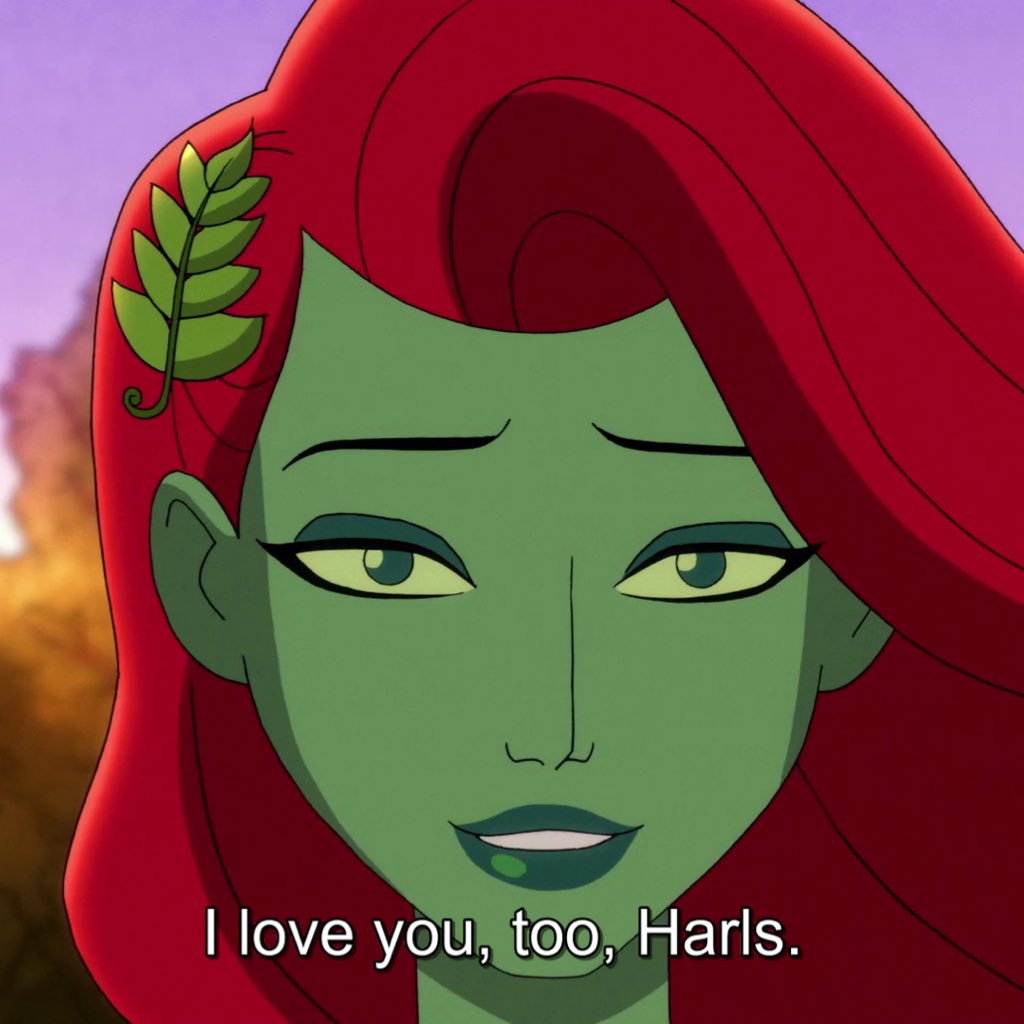 Once a rash appears, keep it clean, dry, and cool. Calamine lotion, diphenhydramine, or hydrocortisone can help control itching. Cool compresses or baths with baking soda or oatmeal can also soothe the rash. Don’t scratch. It won’t spread the rash, but can cause scars or infection. Your doctor may suggest other treatments for your symptoms.
Once a rash appears, keep it clean, dry, and cool. Calamine lotion, diphenhydramine, or hydrocortisone can help control itching. Cool compresses or baths with baking soda or oatmeal can also soothe the rash. Don’t scratch. It won’t spread the rash, but can cause scars or infection. Your doctor may suggest other treatments for your symptoms.
The Rash Is Contagious
Myth. If someone in your household has poison ivy, oak, or sumac, you can’t catch it from them, even if you come into contact with the blisters. Just because you’ve never had a rash from one of these plants doesn’t mean you’re in the clear. Most people — about 85% — are allergic to urushiol. You can be affected by it at any age.
You Won’t Need to See a Doctor
Myth. See your doc if the rash is close to your eyes or is widespread over your body. If needed, he can prescribe medications you take by mouth that will help with swelling and itching. Head to the emergency room if you have severe reactions in addition to the rash, like nausea, fever, shortness of breath, extreme soreness at the rash site, or swollen lymph nodes. Call 911 if you have any trouble breathing or feel faint.
Head to the emergency room if you have severe reactions in addition to the rash, like nausea, fever, shortness of breath, extreme soreness at the rash site, or swollen lymph nodes. Call 911 if you have any trouble breathing or feel faint.
Pets Don’t Get the Rash
Fact. A dog’s or a cat’s fur usually protects its skin from urushiol. But it can stay on the fur and rub off on you. If your pet explores areas where these plants are found, bathe him with soap and cool water. Be sure to wear gloves.
Use Any Method to Control Plants
Myth. Don’t burn poison ivy, oak, or sumac. Particles of urushiol remain in the smoke and can aggravate your eyes, nose, and respiratory tract, and can land on the skin. Instead, dress appropriately and dig out the plants, getting as much of the root as possible. Put them in a plastic trash bag and throw it away. Have someone else do this if you’re super-sensitive to the plant.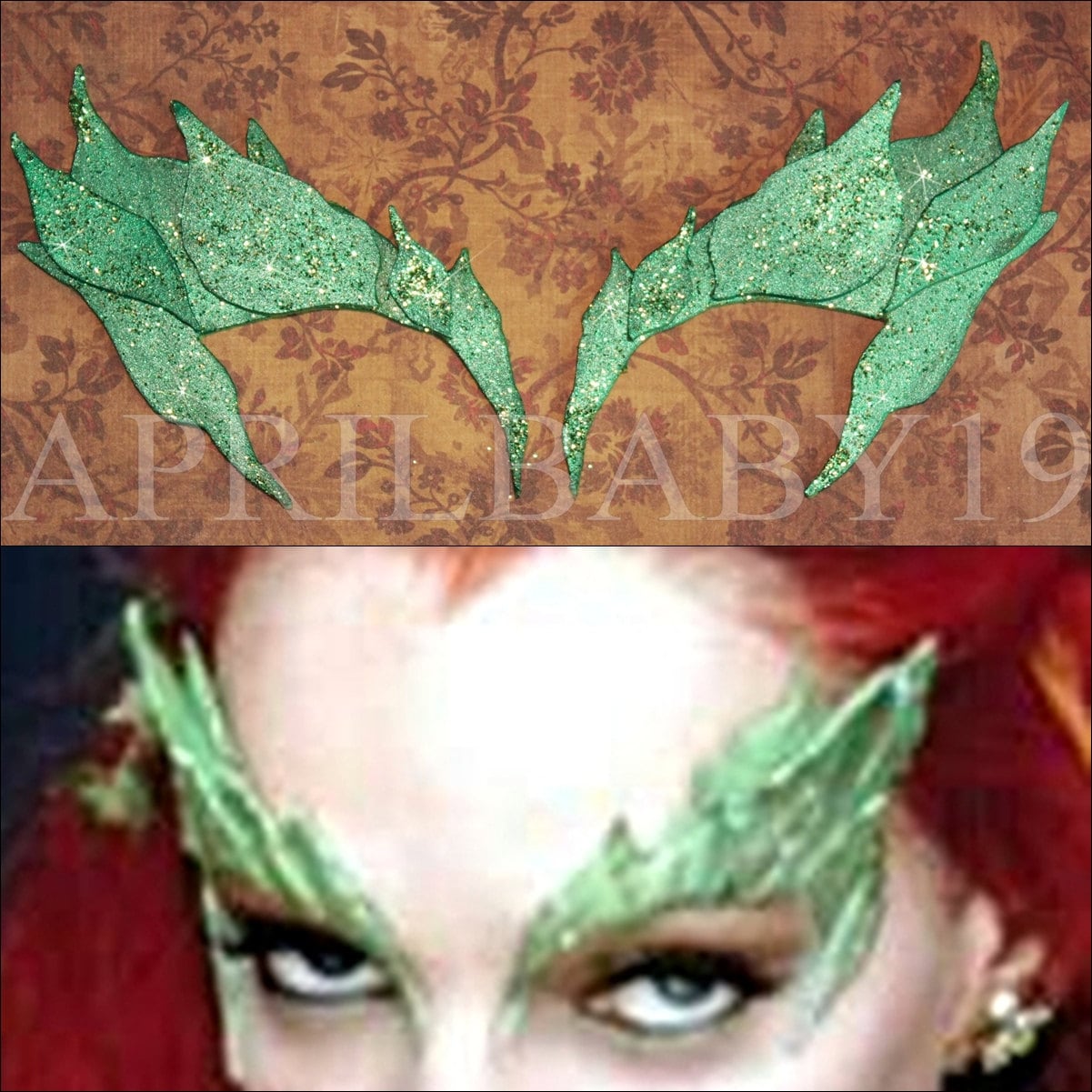 Some plant killers may work. Read the label carefully and use it at the right time of the year. Be careful — urushiol remains active, even on dead plants.
Some plant killers may work. Read the label carefully and use it at the right time of the year. Be careful — urushiol remains active, even on dead plants.
Poison Ivy: University of Illinois Extension
Among the plants that grow in the Illinois landscape, poison ivy (Toxicodendron radicans) is perhaps the most notorious. This plant is certainly well known by name among most gardeners, nature goers and outdoor folks, but many are unable to identify it correctly in the field. The result of misidentification and subsequent exposure to the resinous oil, called urushiol, produced by this plant can cause anything from an itchy rash to a severe allergic reaction.
For many that have severe reactions to poison ivy, the identification of this plant has been forced upon them for fear of another emergency room visit. For me, this is one of the first plants I can remember identifying down to species. As early as cub scouts, I remember learning the mantra, “Leaves of three, let it be. ” It took some time before I could relate the handy phrase to the plant physiology it refers too, but it is most definitely a useful mnemonic, although a bit inaccurate.
” It took some time before I could relate the handy phrase to the plant physiology it refers too, but it is most definitely a useful mnemonic, although a bit inaccurate.
Poison ivy grows in a variety of forms from a small shrub of varying heights up to 3 or 4 feet to a climbing vine. It readily spreads by roots and typically exists as a patch in partly shaded woodlands and woodland edges. It is also quite prevalent as a vine, but leaves remain one of the best identification features as they are consistently the same on either growth habit.
Poison ivy doesn’t technically have “leaves of three” as the phrase implies. Instead each poison ivy leaf is a compound leaf containing 3 leaflets. This may seem like an arbitrary point to some, but to a true botanist it is a very important detail. The key identification feature of this plant is the grouping of 3 leaflets per leaf.
The leaf margins of poison ivy are mostly entire, meaning they lack any kind of toothed or jagged edge.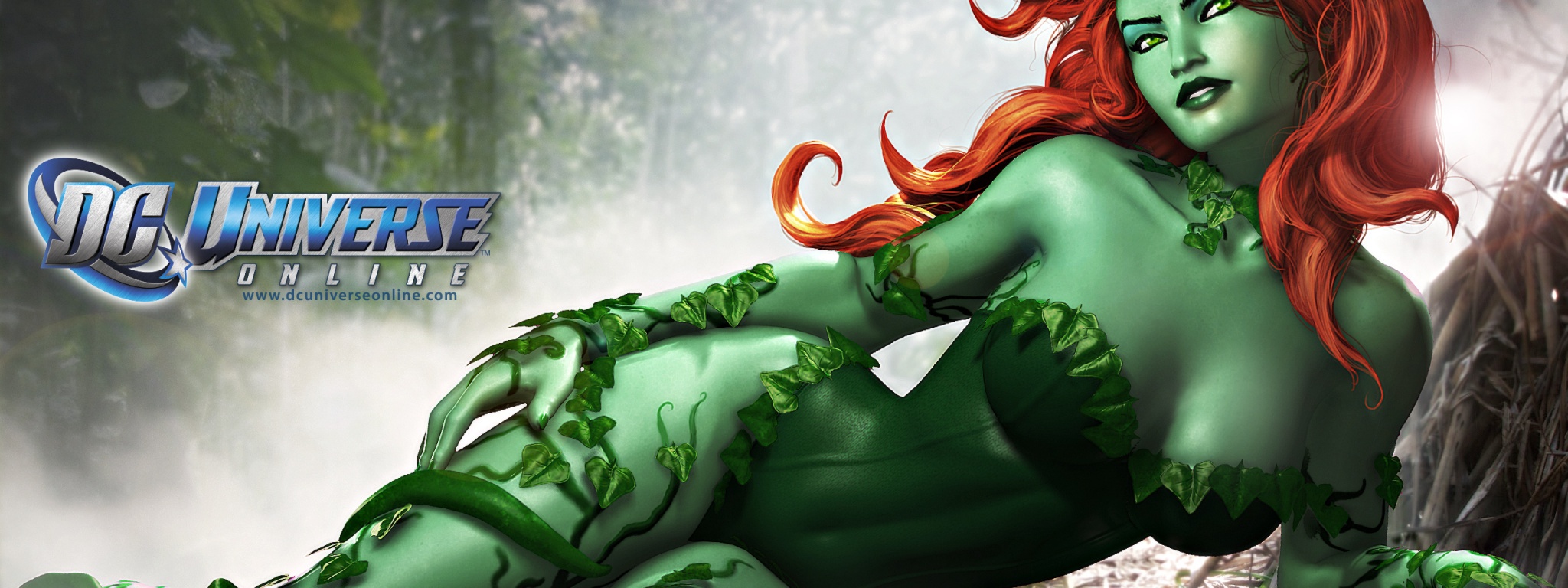 Poison ivy will develop an irregular toothed pattern along the leaf margin, but they are broad, blunt teeth which do not have sharp points like other species. This can be another very key identification feature and many refer to poison ivy leaves with a single tooth to one side as a “mitten” shape.
Poison ivy will develop an irregular toothed pattern along the leaf margin, but they are broad, blunt teeth which do not have sharp points like other species. This can be another very key identification feature and many refer to poison ivy leaves with a single tooth to one side as a “mitten” shape.
Although every poison ivy plant does not have the mitten-shape leaves, you can always find several in a patch that do. This identification feature is what really stuck out to me over the years. By looking for it over and over again, I became much more familiar with poison ivy leaves, leading me to be able to identify the leaves by color (often a lighter green) and shape because I spent so much time looking for the “mittens”.
Twigs are a distinctive reddish to orangish-brown that differs from much of our other native vegetation. Winter identification can be tricky in the absence of leaves, relying entirely on twigs and buds, but I’ve become quite proficient at picking out the orangish-brown twigs from other vegetation through repeated observation. Practice does make perfect!
Practice does make perfect!
There are a number of plants that can very easily be confused for poison ivy. Among them, seedlings of the box elder (Acer nugundo) tree bear a striking resemblance to small sprigs of poison ivy, causing me to look twice sometimes. In seedling form, this plant is the easiest species to confuse with poison ivy. The main difference between box elder and poison ivy is that box elder has an opposite leaf arrangement (meaning leaves are arranged on the stem directly across from each other) while poison ivy has an alternate leaf arrangement (leaves that do not connect to the stem across from each other).
Poison ivy is technically not an ivy or poisonous, but rather a member of the cashew family (Anacardiaceae) making it a close relative to sumac species native to Illinois. Consequently, our native fragrant sumac (Rhus aromatic) bears a striking resemblance. However this plant is largely absent in central Illinois, confined to northern, western and southern portions of the state.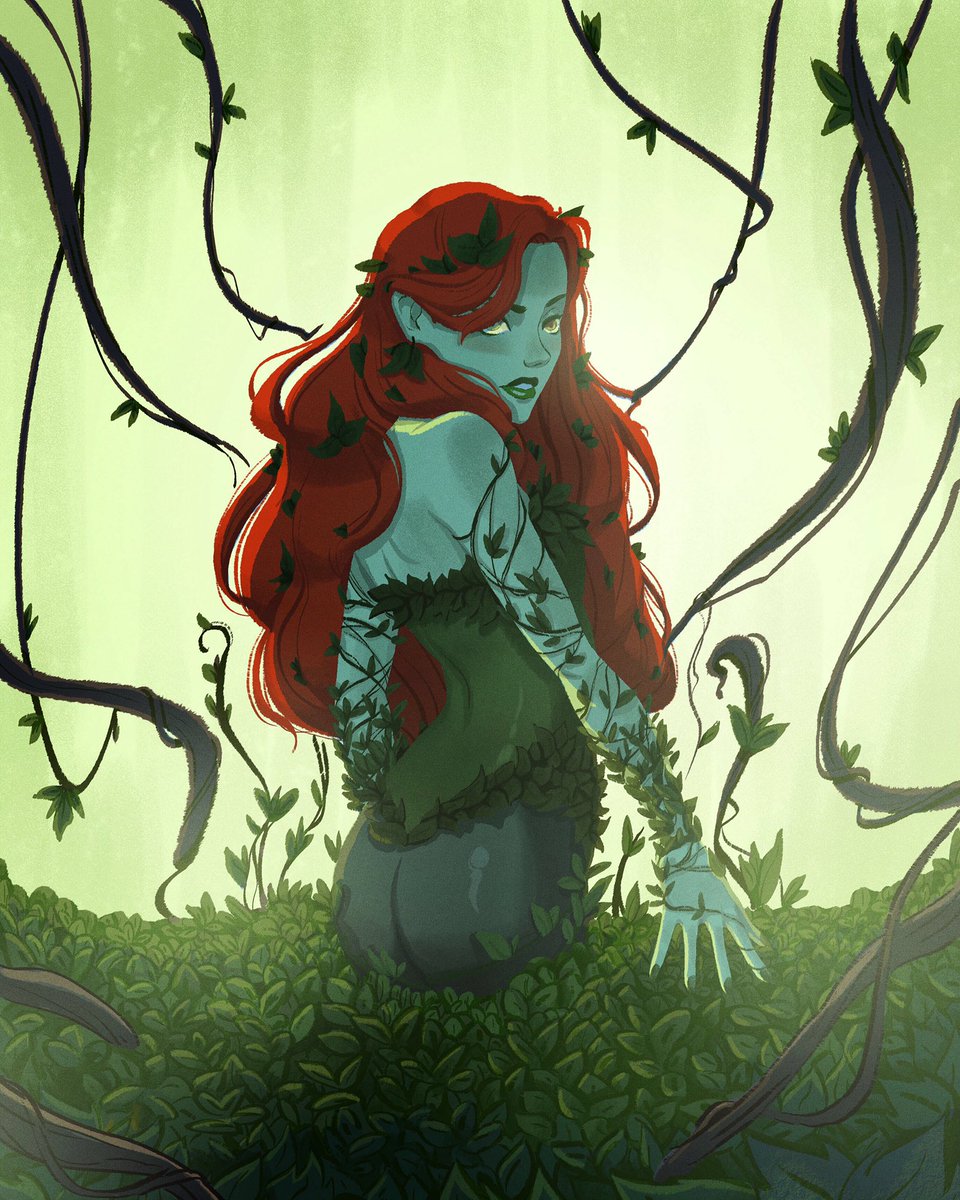 There are a number of herbaceous plants that have some kind of “3-leafed” arrangement but can easily be differentiated from poison ivy by their lack of a woody stem.
There are a number of herbaceous plants that have some kind of “3-leafed” arrangement but can easily be differentiated from poison ivy by their lack of a woody stem.
Our native blackberry, the common blackberry (Rhus allegheniensis), is only second to box elder in its similarity to poison ivy. Common blackberry has thorns which are a key differentiation, although its alternate leaves are another clue. These compound leaves do consist of three leaflets, but the leaf veins are more deeply incised into leaves than poison ivy and the leaf margin is jaggedly toothed.
If you have mysteriously developed the itchy rash associate with urushiol in the past, it may be worth practicing your field identification to better avoid poison ivy. However, the sage advice to avoid anything that resembles “leaves of 3” may be easiest to adhere for the cautious outdoor goer.
90,000 Why ivy is dangerous. Poison sumac, ivy, oak. What does poison ivy look like photo, oak and sumac
Poison ivy is a difficult plant to recognize.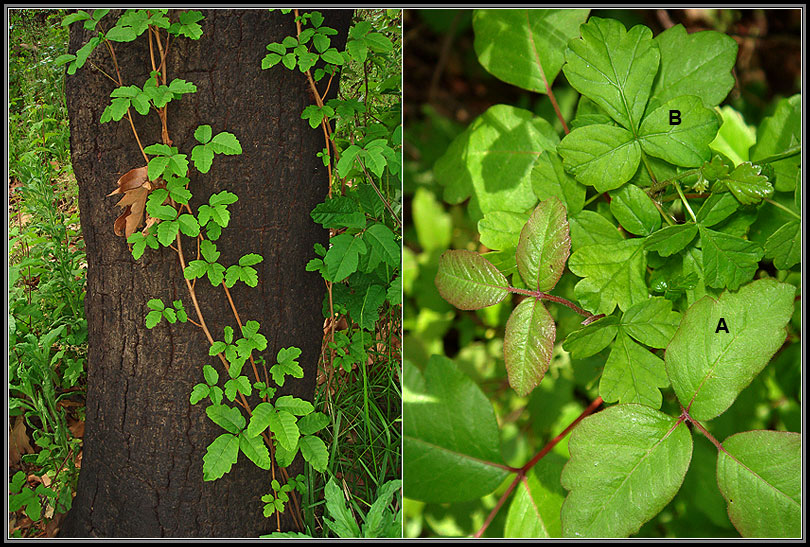 It can grow both as a bush and as a liana. Contact with poison ivy can cause skin inflammation, damage to the lining of the gastrointestinal tract and lungs, and in some cases, anaphylactic shock.
It can grow both as a bush and as a liana. Contact with poison ivy can cause skin inflammation, damage to the lining of the gastrointestinal tract and lungs, and in some cases, anaphylactic shock.
Causes of poisoning by poison ivy
A mixture of pentadecylcatecholamines (for which one name is accepted – urushiol), which are part of the juice of its leaves, is responsible for poisoning with poison ivy.Juice containing urushiol, in contact with oxygen, acquires the consistency of black and white paint.
Urushiol may cause an allergic reaction in the form of skin inflammation
, which in some cases can lead to anaphylactic shock. Poison ivy poisoning can also occur when the leaves are eaten or the vapors are inhaled while smoking.
Food poisoning can occur both by accidentally eating ivy leaves, and if they get into the herbal mixture.Urushiol remains active for several days, so contact with a dead plant can also lead to an allergic reaction.
The juice from the leaves, first getting on, for example, animal hair, and then on the owner’s hands, can also cause skin inflammation.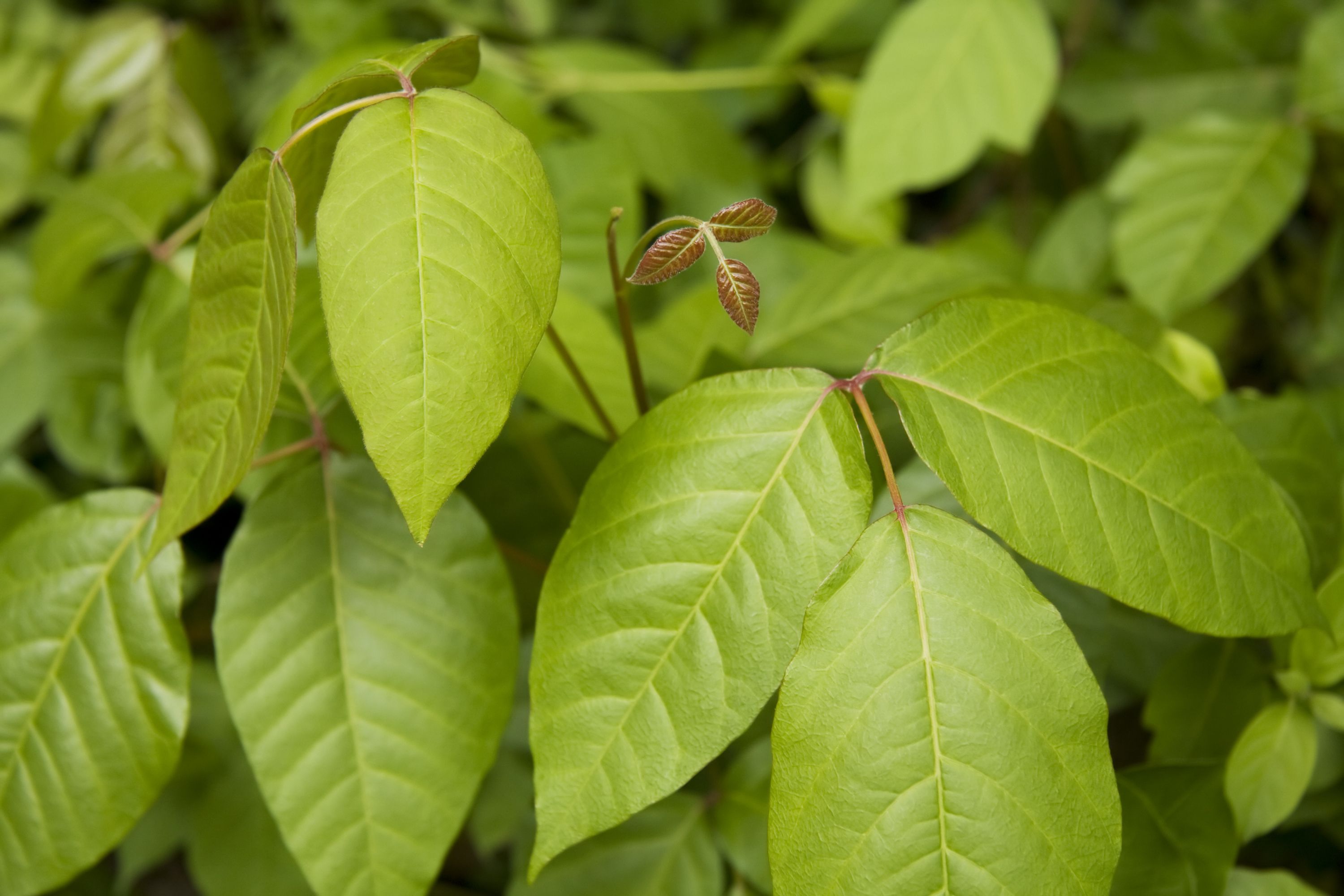 Therefore, tools, items or clothing that have come into contact with poison ivy should be washed to prevent further transmission of poison urushiol.
Therefore, tools, items or clothing that have come into contact with poison ivy should be washed to prevent further transmission of poison urushiol.
Poison ivy poisoning symptoms
Poison ivy poisoning
are manifested by the appearance of itchy erythema and a purple rash, which is of the vesicular type.Inflammation of the skin develops. Symptoms appear about a week after poison ivy exposure and may persist for one to 4 weeks. The poison that has got into the skin follicles does not tend to spread to other parts of the body.
Ivy toxins
or herbal medicines that contain it, damage the mucous membranes of the gastrointestinal tract, and this, in turn, can cause dangerous inflammation of the stomach and intestines. If the ivy leaves are burned, there is a risk of inhaling the smoke – this leads to a rash in the lungs, causing pain and severe damage to the airways.
Poison ivy poisoning treatment
Poison ivy poisoning is treated primarily symptomatically.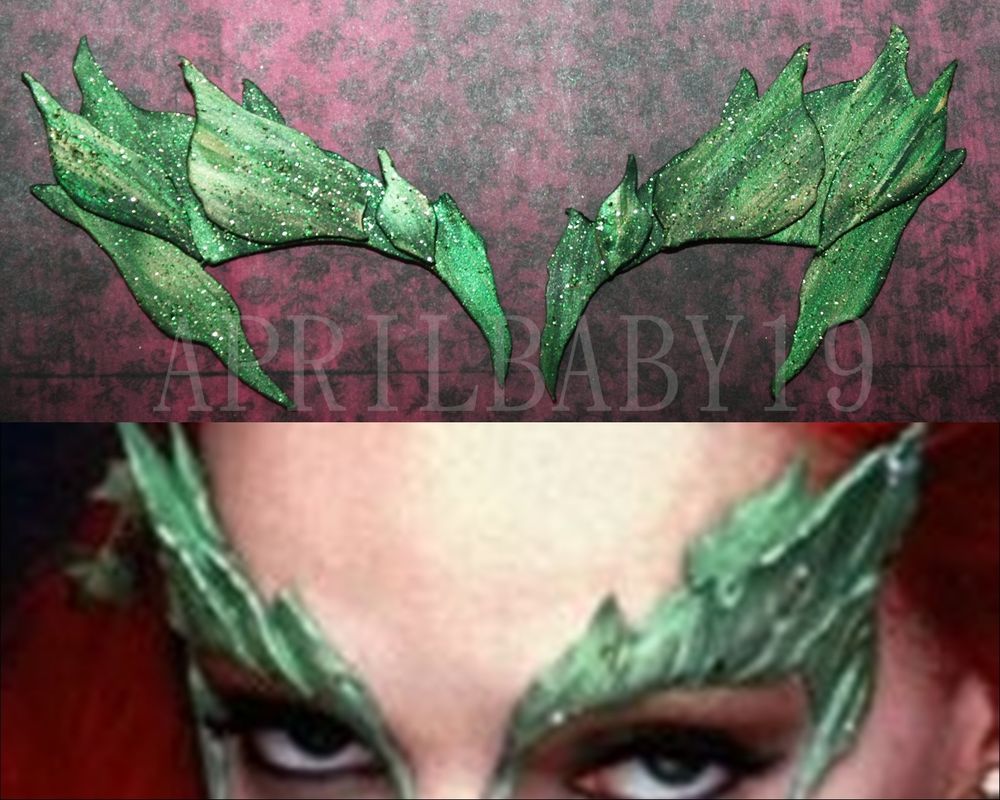 In the case of contact dermatitis, efforts are made to relieve itching and pain. Basic treatment involves washing your skin thoroughly with soap and water. This should be done as soon as possible after contact with the plant. Soap or other detergent is needed because urushiol is hydrophobic (insoluble in water).
In the case of contact dermatitis, efforts are made to relieve itching and pain. Basic treatment involves washing your skin thoroughly with soap and water. This should be done as soon as possible after contact with the plant. Soap or other detergent is needed because urushiol is hydrophobic (insoluble in water).
In places where poison ivy grows
, preparations are available containing special surfactants to dissolve urushiol
…The treatment also uses ointments and creams containing antihistamines or glucocorticosteroids, as well as oral antihistamines. Diphenhydramine is the most commonly used drug. Cooling medications are used to relieve itching and pain.
It is not every day that we have to deal with the issues of survival in the wild, but knowing which plants are edible and which are not can play a crucial role if you get lost in the forest. That is why today we decided to introduce you to the ten most poisonous plants that seem to be edible in appearance.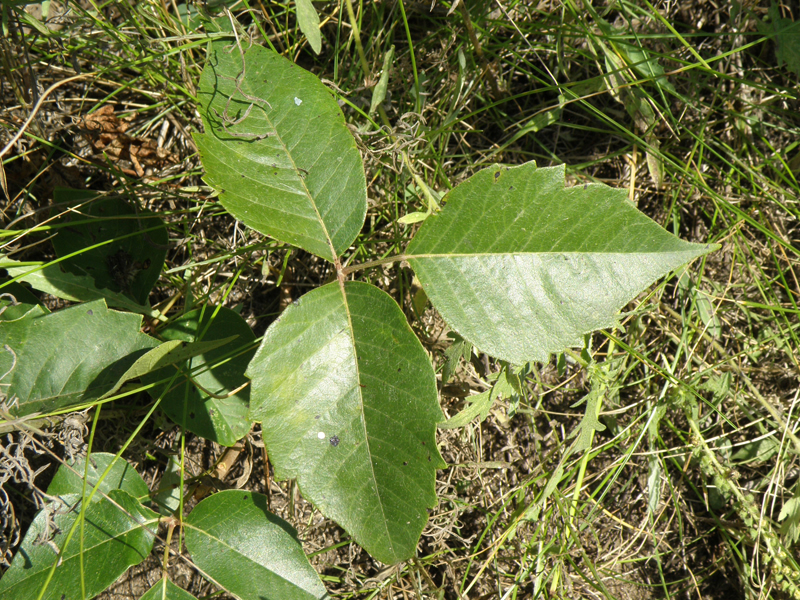
10. Rhododendron
Having found a “bay leaf” in your yard, first of all make sure that it is not a rhododendron in front of you. The leaves of this plant contain a toxin that, in large quantities, can cause nausea, vomiting and weakness. However, an adult has nothing to fear, even a child needs to eat 100-225 grams of the leaves of this plant to threaten his life.
9. Poison ivy
Yes, it’s pretty obvious that poison ivy is poisonous.But the danger lies in the fact that this climbing plant, in the process of growth, takes on a variety of forms, becoming similar to a variety of plants. In addition to the fact that the vine itself can cause itching and irritation on the skin, it is also not recommended to burn it. Otherwise, you will release the toxin, which gets into your airways, which will also provoke itching and burning.
8. Caroline nightshade
And although the fruits of this resemble everyone’s favorite tomato, the properties of Caroline nightshade are far from those of tomatoes. This dangerous herb contains the alkaloid solanine, which can cause circulatory and respiratory problems and cause severe abdominal pain.
This dangerous herb contains the alkaloid solanine, which can cause circulatory and respiratory problems and cause severe abdominal pain.
7. Wild cherry (Prunus avium)
Hardly thinking about cherries and cherries, cyanide comes to your mind. However, wild cherries can be life threatening due to their relatively high cyanide levels. When its leaves begin to wither and the fruits fall off, they become literally saturated with cyanide.Anyone who tries them runs the risk of dying.
6. Castor oil
Many have probably come across this plant, but few people know that its seeds contain ricin toxin, which is enough to incapacitate an adult. When heated, the toxin is destroyed, but if you accidentally eat several of these beans without pretreatment, you can forever say goodbye to the normal functioning of the nervous system.
5. Oleander
This amazingly beautiful plant is familiar to many, but few know that any part of it contains a toxin that is released when it enters the body or in case of burning.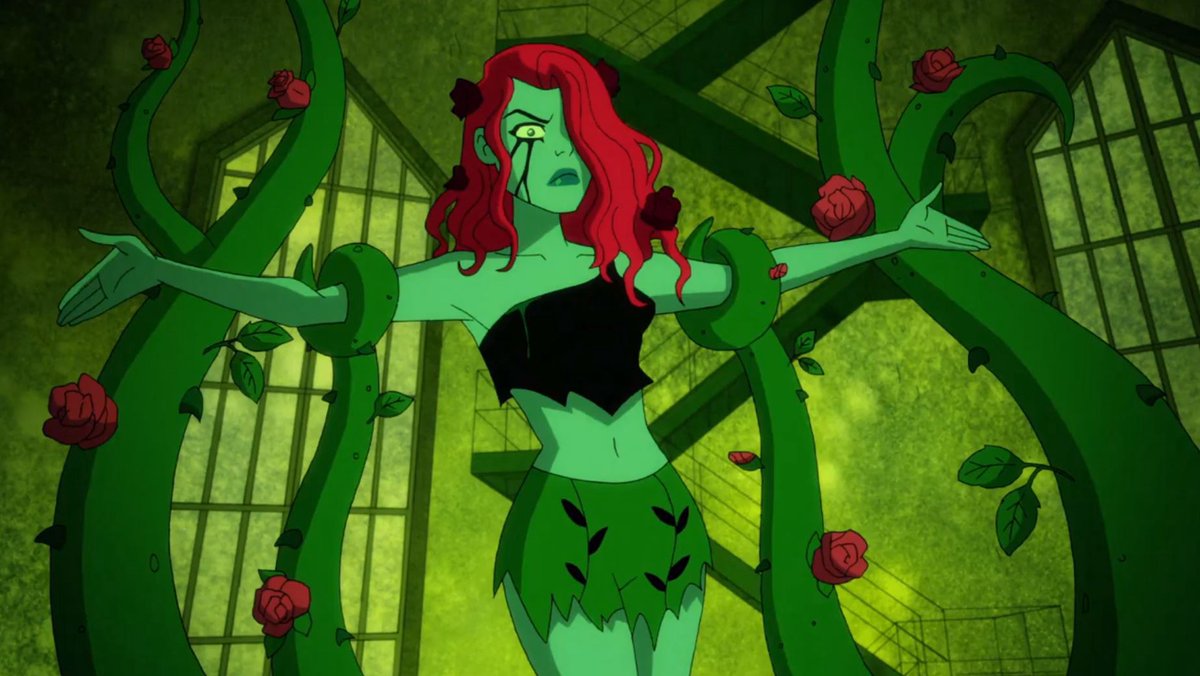 Oleander juice contains a toxin that can disrupt the work of the heart.
Oleander juice contains a toxin that can disrupt the work of the heart.
4. Prayer abrus
This legume is mainly found in India. Its beans are often used as beads by the locals, but remember that they also contain abrin, a deadly toxin. It is capable of causing liver failure, nausea, and death. There are cases when people died by pricking their fingers while embroidering with beads or inhaling small particles of beans.
3. Five-leaf maiden grape
This plant is a lot like poison ivy, the only thing that will help you distinguish them from each other is the number of leaves. Ivy has three, and this grape has five. In addition to the fact that the plant itself is capable of causing a rash, its berries contain a deadly toxin, which can be eaten to say goodbye to life.
2. American Lakonos
Do not try to eat the berries of this shrub.They contain a life-threatening toxin that, in small quantities, can kill not only a child, but also an adult.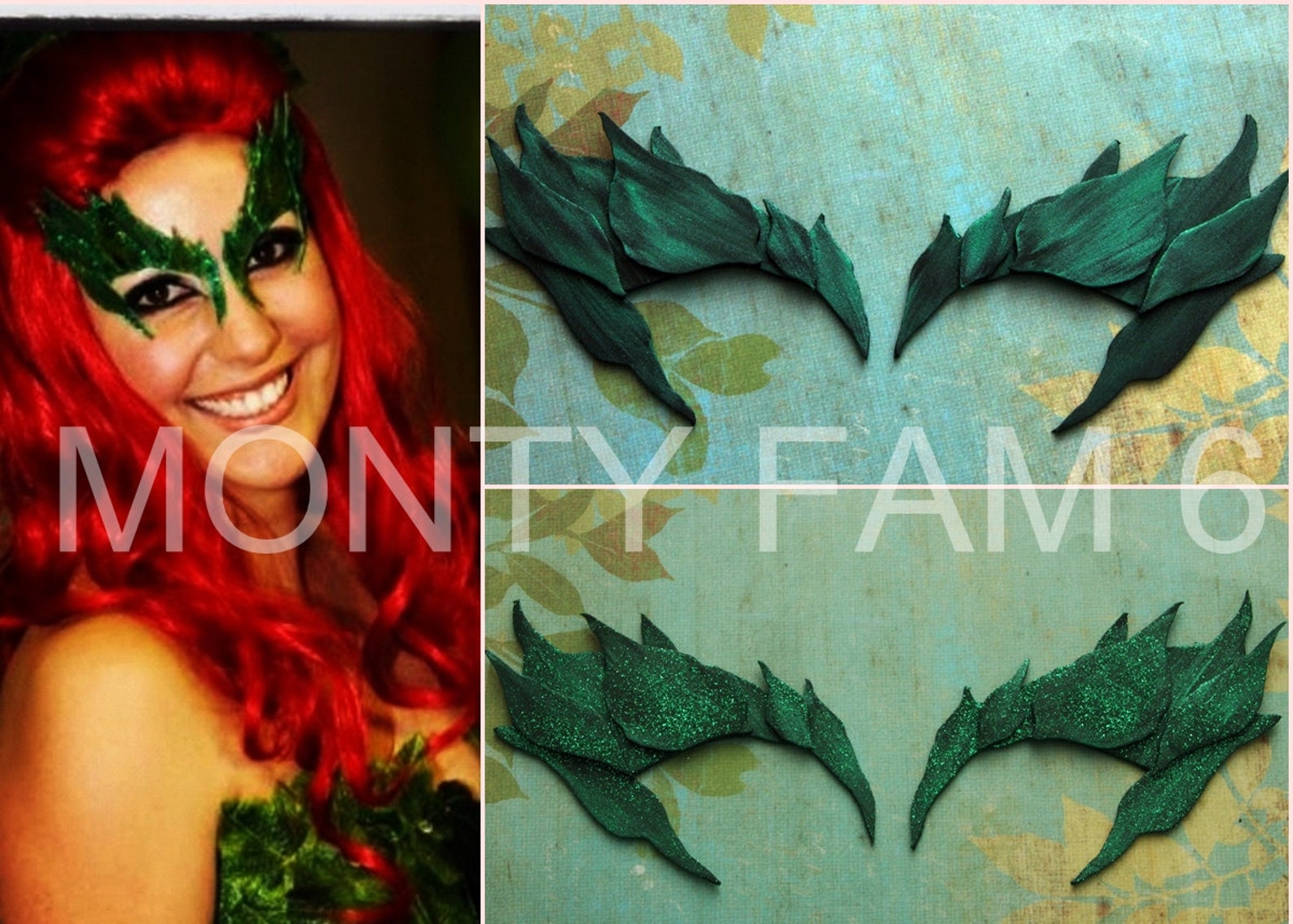 Fortunately, this plant is quite easy to recognize and protect yourself from such a fate.
Fortunately, this plant is quite easy to recognize and protect yourself from such a fate.
1. Belladonna
This plant is found in the vastness of Europe, Asia, North America and North Africa. Its dark berries are reminiscent of blueberries, but don’t eat them! Despite the fact that most of the poison is contained in the roots of this plant, berries and leaves can also cause you a lot of problems.They contain the toxin atropine, which can cause hallucinations, dizziness and palpitations. One leaf of this plant will be enough to incapacitate an adult, and only three berries can kill a child.
Poison ivy is a climbing plant with beautiful foliage and white berries. In autumn, ivy leaves change the color of the leaves from green to bright yellow-red. It is his beautiful appearance that makes people touch
to this unsafe and poisonous plant.
Plant description
Poison ivy or Toxicodendron belongs to the arboreal genus, a type of shrub climbing plants and belongs to the Sumachov family.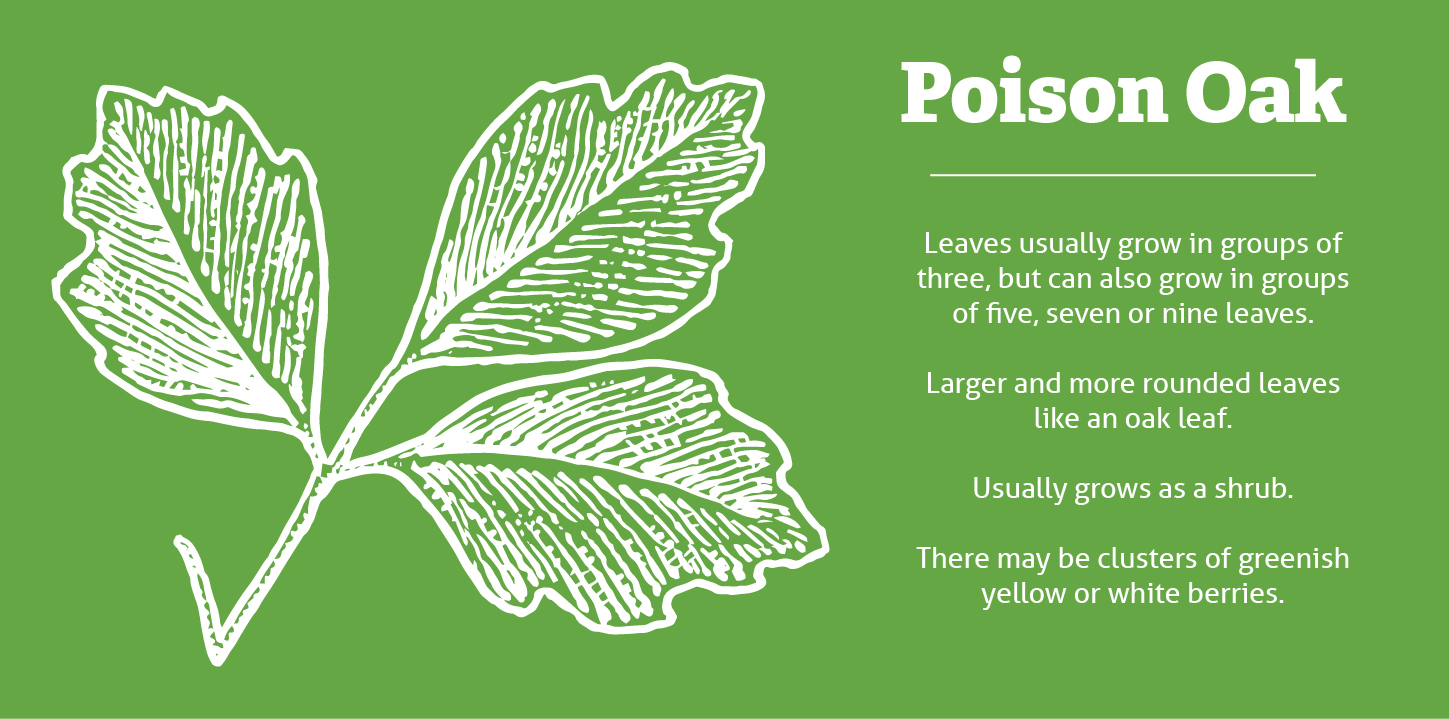
There are three types of this family:
- poison ivy;
- poison oak;
- lacquered wood.
Wild ivy somewhat resembles a liana
, it wraps around nearby trees or spreads along the ground. Young shoots of this plant may not have foliage, or are covered with hairs.Its leaves are diamond-shaped, and the ovoid form is also found on the leaves. The leaves are collected in a shamrock, usually light green in color. The lower surface of the leaf is covered with hairs, somewhat reminiscent of small needles, the upper surface is smooth and shiny.
The length of the leaf is generally 10 to 14 centimeters. Its flowers are small, collected in small inflorescences, yellow-green in color. The berries are small, white with a large stone (drupe). Wild ivy blooms in June-July, and in early October, berries ripen, somewhat similar to small balls.In sunny areas, it looks more like a shrub, and in shaded areas wraps around a neighboring tree
like a vine.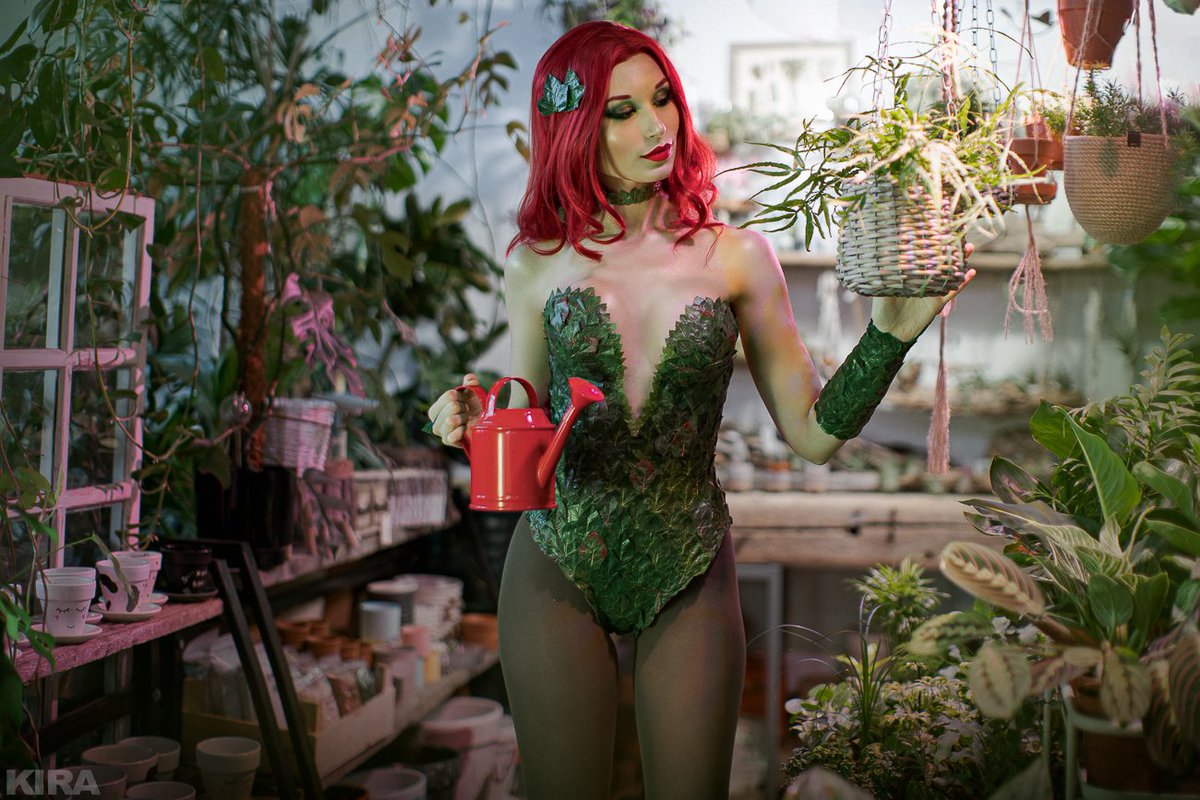
Where does poison ivy grow?
Poison ivy is found everywhere, in North America, and especially often in its eastern part. On the territory of Russia from the Sumakhov family, only two species grow, which are found in the Southern Kuriles. There he is a tree with a height of two to eight meters with a thin trunk. It also has complex pinnate leaves
, which are collected at the top of the plant.Because of this, wild ivy looks somewhat like a palm tree.
What is the danger of poison ivy?
Toxicodendron contains milky juice, this juice oxidizes and turns black in the air. Milky sap is very poisonous and upon contact with it, a person can get severe burns, with blisters. The bark of this plant also contains toxic substances such as lobitin, phenolic compounds and glycosides. In this plant, all parts are absolutely poisonous, from the stem to the berries, but despite this, drugs are made from it.Back in the 18th century, homeopathic physicians using poison ivy tincture
treated diseases such as influenza, rheumatism and, oddly enough, skin diseases.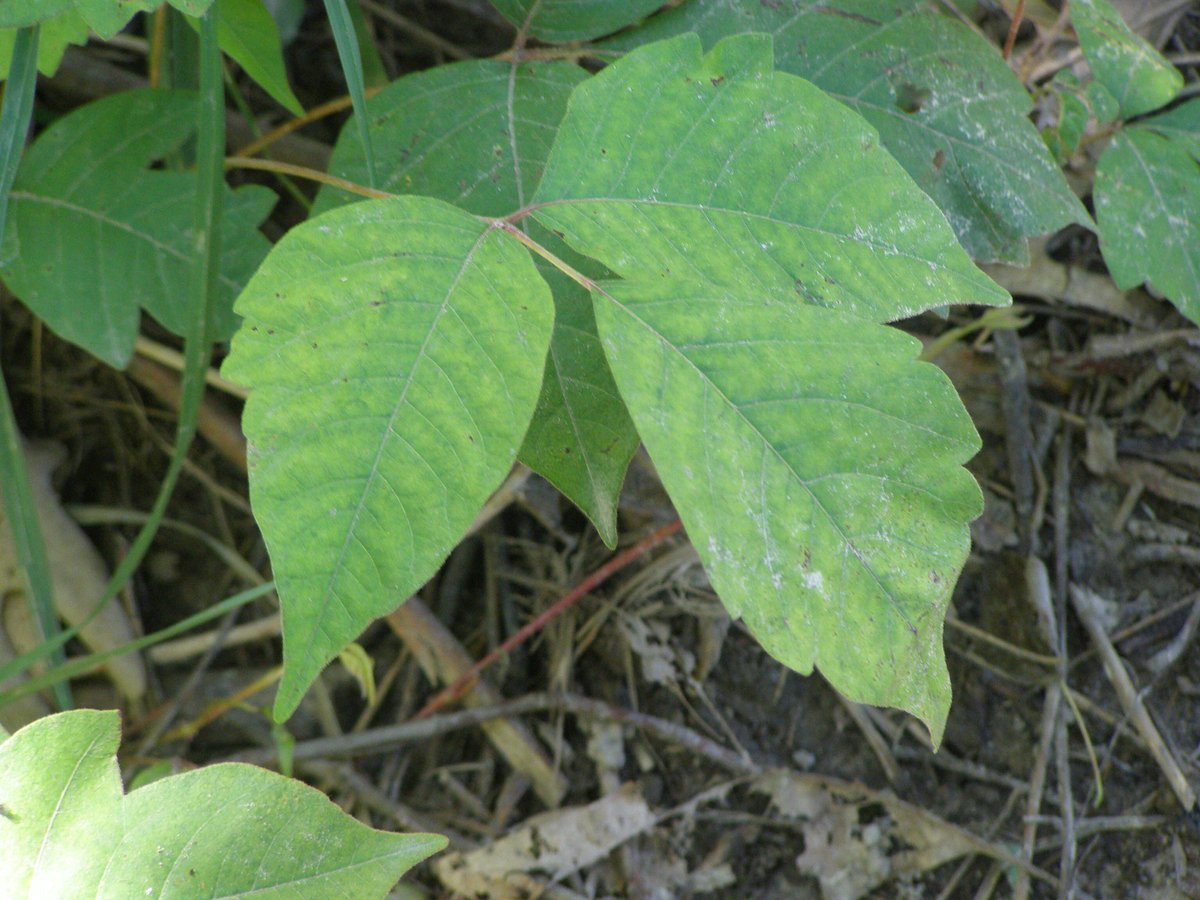
Poisoning can be expressed not only in burns of the skin, but even with a strong metabolic disorder. An interesting fact, but not all people get burns after touching this shrub. About three out of ten people do not have an allergic reaction to poison ivy juice.
Wild ivy can cause not only skin burns, but also food poisoning
, in case of ingestion of leaves, berries or parts of plants in food.Even a dead plant retains its poisonous properties for several more days.
Wild ivy poisoning symptoms
First of all, poisoning manifests itself in the form of a skin rash, which has a vesicular type. In the future, inflammation of the skin begins. The burn from contact does not appear immediately, but after about seven days. Symptoms of poisoning go away for a long time, they can manifest themselves for a month. The poison of the plant that gets on the skin of a person, fortunately, will not spread to other parts of the body.
The toxins contained in this shrub can lead to lesions of the mucous membranes
of the gastrointestinal tract, which can cause inflammation of the stomach and even intestines.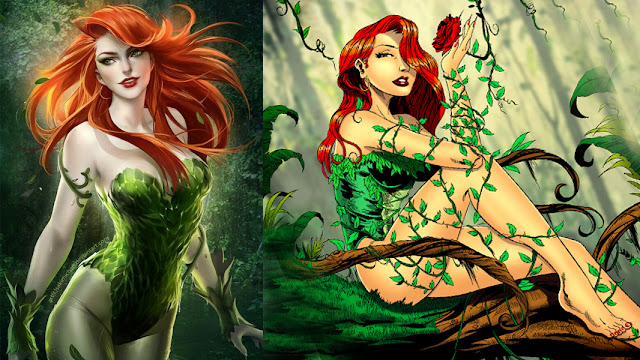 It is not recommended to burn wild ivy; when burning, toxic substances can enter the respiratory tract and cause irritation of the mucous membranes of the throat, as well as the appearance of a dangerous rash in the lungs, and cause severe inflammation of the respiratory tract. In some cases, poisoning can lead to anaphylactic shock.
It is not recommended to burn wild ivy; when burning, toxic substances can enter the respiratory tract and cause irritation of the mucous membranes of the throat, as well as the appearance of a dangerous rash in the lungs, and cause severe inflammation of the respiratory tract. In some cases, poisoning can lead to anaphylactic shock.
Wild ivy poisoning treatment
The main treatments for poisoning are:
- wash hands thoroughly with soap and water;
- use of antihistamines;
- Application of ointments for burns.
Treatment of poisoning must first of all begin with in order to reduce itching on the skin. To do this, wash the burn with detergent or soap as soon as possible. It is imperative to wash damaged skin areas with soap, because the substances that cause burns simply do not dissolve with water, which means they will not be washed off the victim’s skin.It is also advisable to use ointments and creams containing antihistamines
.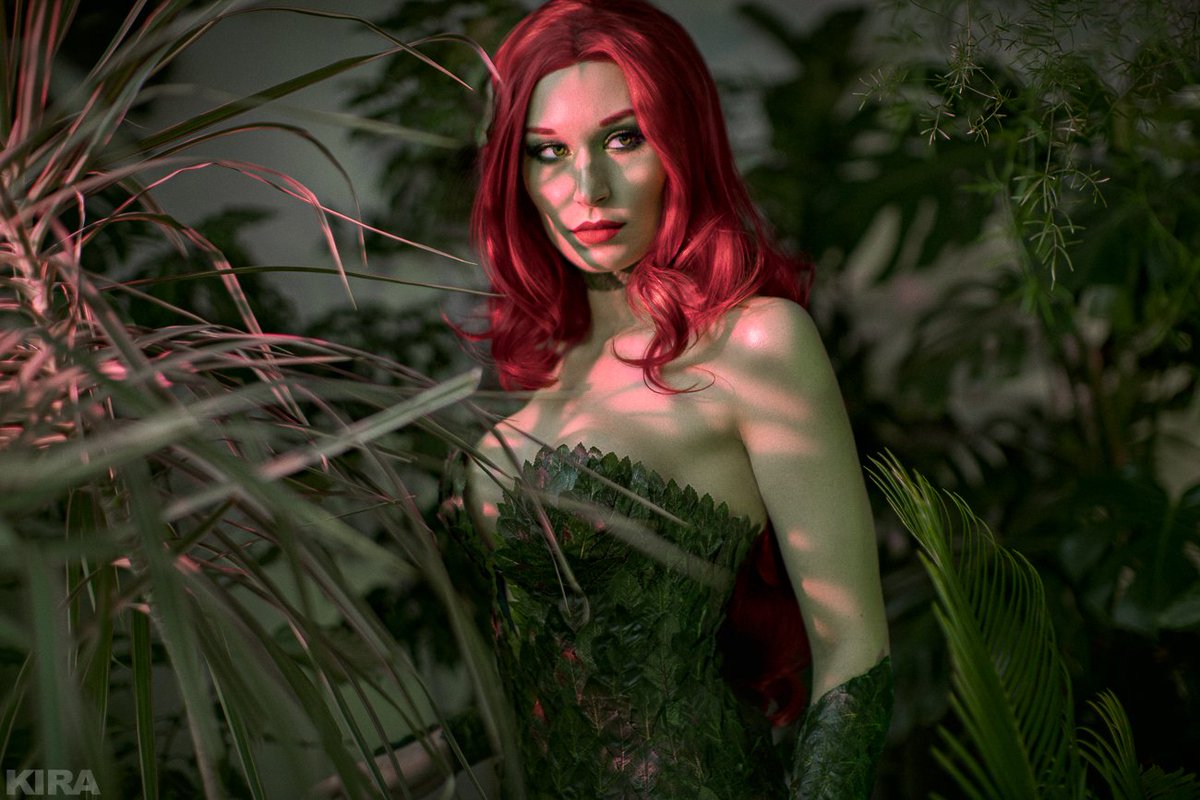 You can also use sunburn creams that cool the skin.
You can also use sunburn creams that cool the skin.
Blisters formed during burns must not be punctured, this can lead to infection of the wound, as well as the contact of tight and pressing clothing with the burn site is unacceptable. If the blister has burst, and there is a possibility of damage to the wound by clothing, the wound should be wrapped with a sterile bandage. To avoid the addition of secondary bacterial infection
the use of antibiotics cannot be ruled out.If you feel unwell, have pain or discomfort in the throat, lungs or stomach, see a doctor immediately.
The exact name of poison ivy is Toxicodendron radicans. The plant has no direct relation to harmless ivy. It is so called because of its similarity in appearance. Often called poison ivy. But sumac is a lacquer toxicodendron (shrub or tree), that is, they are very similar, but different plants.
Poison ivy belongs to those plants, when touched, you can get serious consequences, namely, skin burns and general poisoning.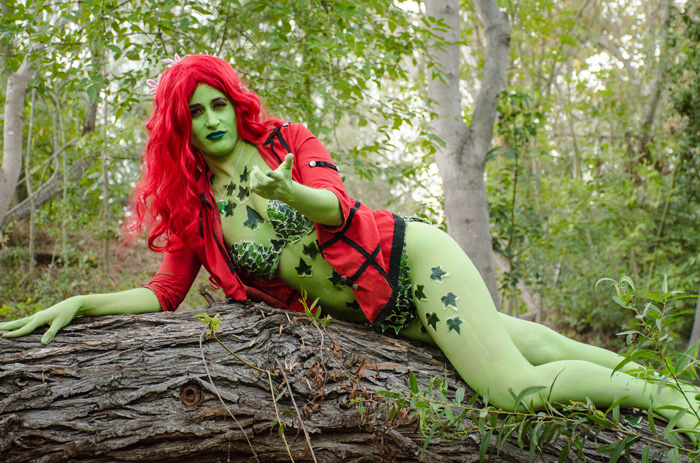 Stem, leaves, flowers, fruits – everything is poisonous. It is no coincidence that in translation from Greek, its name sounds like “poison tree” (toxicum poison, dendron tree).
Stem, leaves, flowers, fruits – everything is poisonous. It is no coincidence that in translation from Greek, its name sounds like “poison tree” (toxicum poison, dendron tree).
Nevertheless, despite its high toxicity and danger to humans, poison ivy is a medicinal plant that is used in medicine. Let’s take a closer look at this interesting and controversial plant. We will find out why it is dangerous, and what is its benefit.
What is Poison Ivy (Toxicodendron Rooting)?
It differs strongly from its congeners from the genus Toxicodendron Mill, which have the appearance of trees.And our hero is a woody liana, and sometimes takes the form of a small bush. It spreads its long, flexible stems along the surface of the soil or entangles tree trunks with them using its adventitious roots.
Like anything dangerous, oxycodendron is very attractive. In summer, its branches are covered with dark green, large, leathery leaves. In autumn, they turn red and dark orange.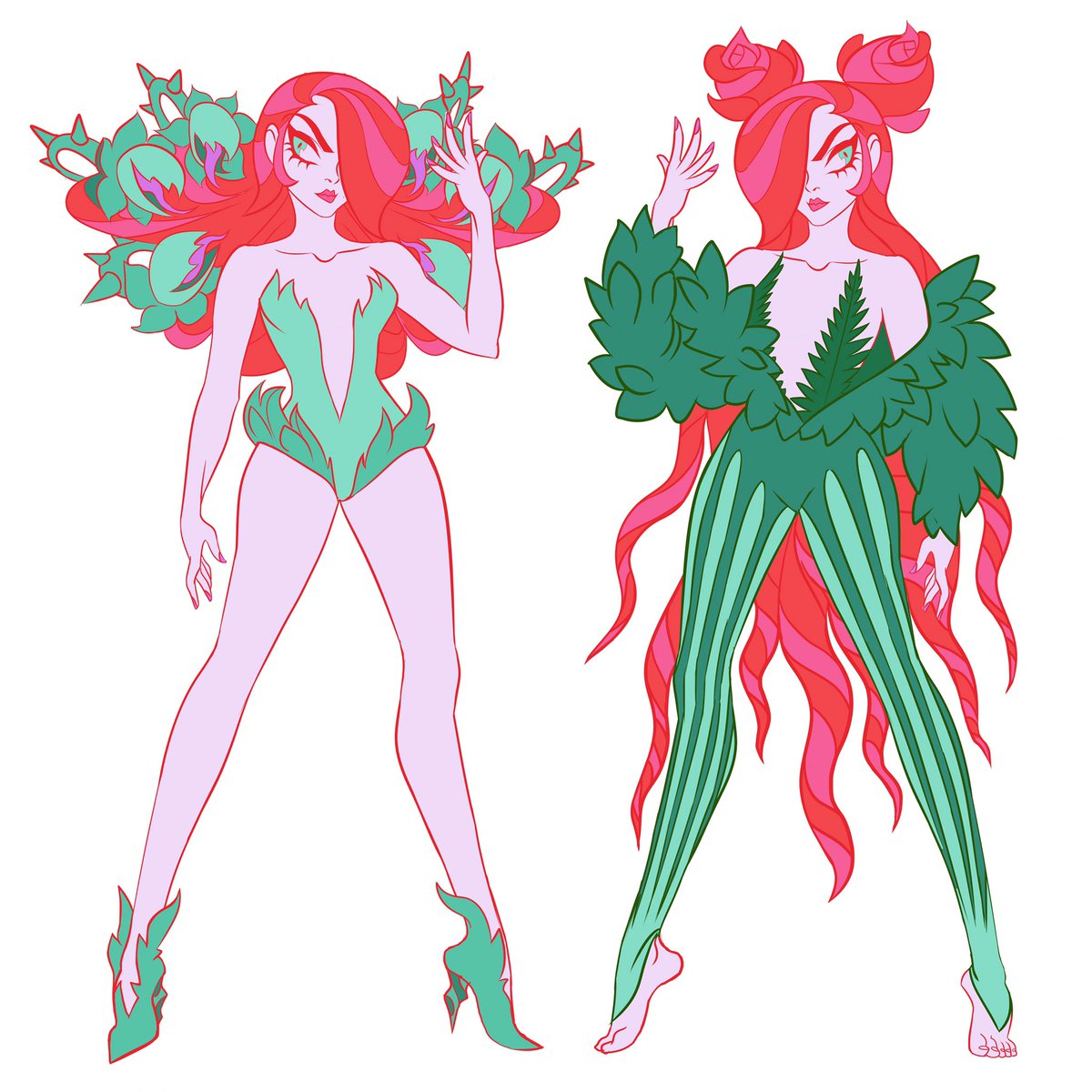 In June, inflorescences in the form of yellow panicles appear on its branches, and in autumn they turn into dense clusters of round fruits – greenish-white drupes.
In June, inflorescences in the form of yellow panicles appear on its branches, and in autumn they turn into dense clusters of round fruits – greenish-white drupes.
The native land of the plant is the countries of North America, from Canada to Mexico. There it can be found everywhere in the forests and among the bushes.
Two types of toxicodendrons can be found in the wild in our country. They grow only on the territory of the Southern Kuriles. One is called Toxicodendron Oriental, and the other is called Toxicodendron hairy. This is not to say that they are more friendly in nature. Both of these species are no less poisonous and can cause severe poisoning from just one touch to them.
How is it dangerous?
In general, the plant is not well studied enough, and people talk about it differently. Now I mean rooting toxicodendron, which is not found in our country. And domestic species have not been studied at all. One thing is absolutely certain – poison ivy secretes milky juice, which turns black in the air and it is he who is extremely poisonous.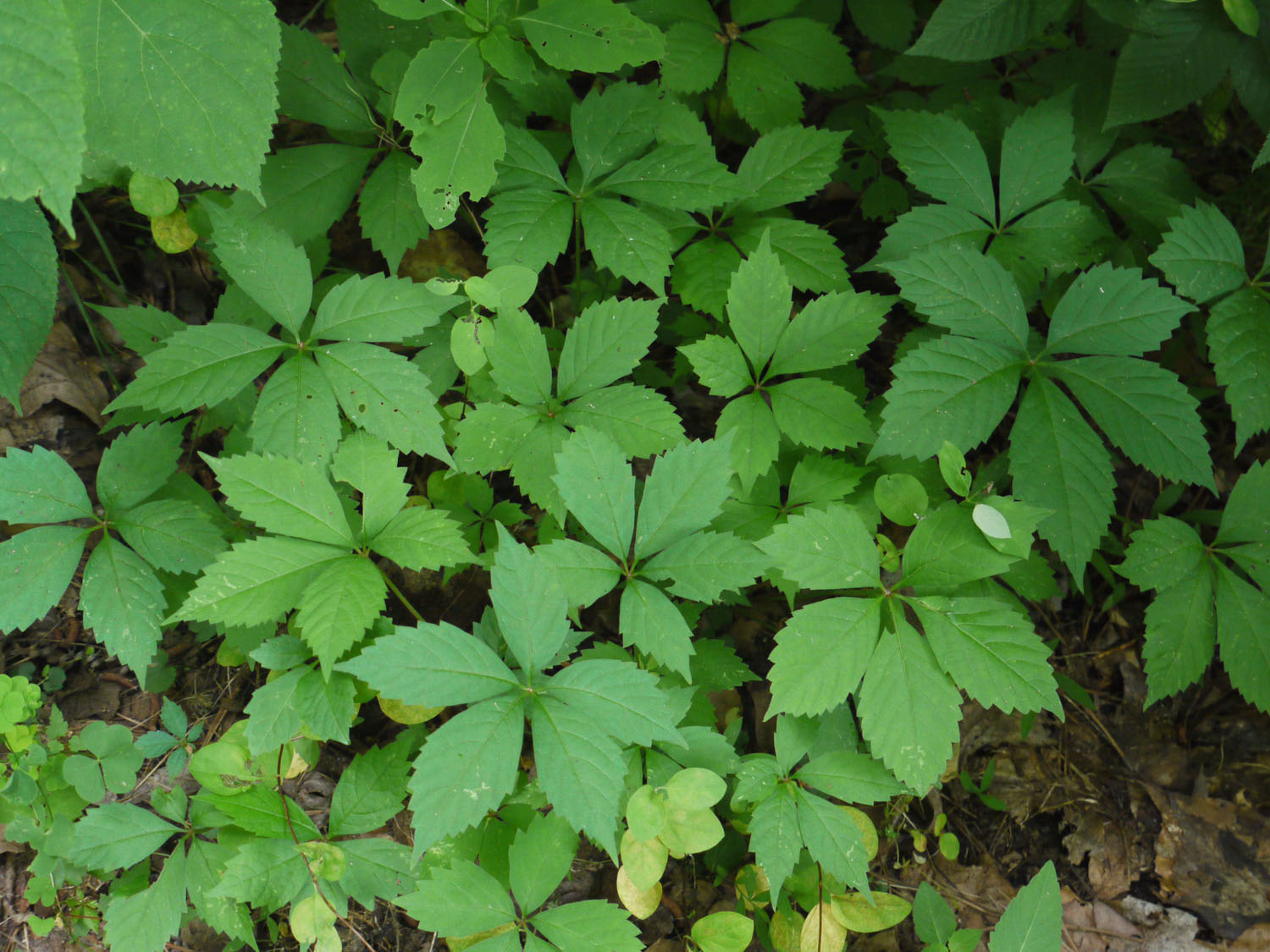
According to one group of experts, the juice contains a non-volatile resin called ursiolya. Other scientists claim that the juice contains a phenol derivative called toxicodendrol.And the third group of scientists call the poison of the plant toxicodendrolic acid, or consider it a mixture of different glycosidic substances. It is also known for certain that the bark of toxicodendrons contains a poison – lobitin.
In any case, a minimum amount of this substance is sufficient to burn the skin. When you touch any part of this vine or a branch of a bush, a burn forms on the skin, which resembles a mustard gas attack.
In its homeland of North America, poison ivy is a very common cause of poisoning when its juice gets on human skin.Such cases often end very sadly.
Some excuse for toxicodendron is the fact that not all living things have the same sensitivity to its poison. For example, animals do not suffer from it at all. Among people, almost 35% have little sensitivity to it.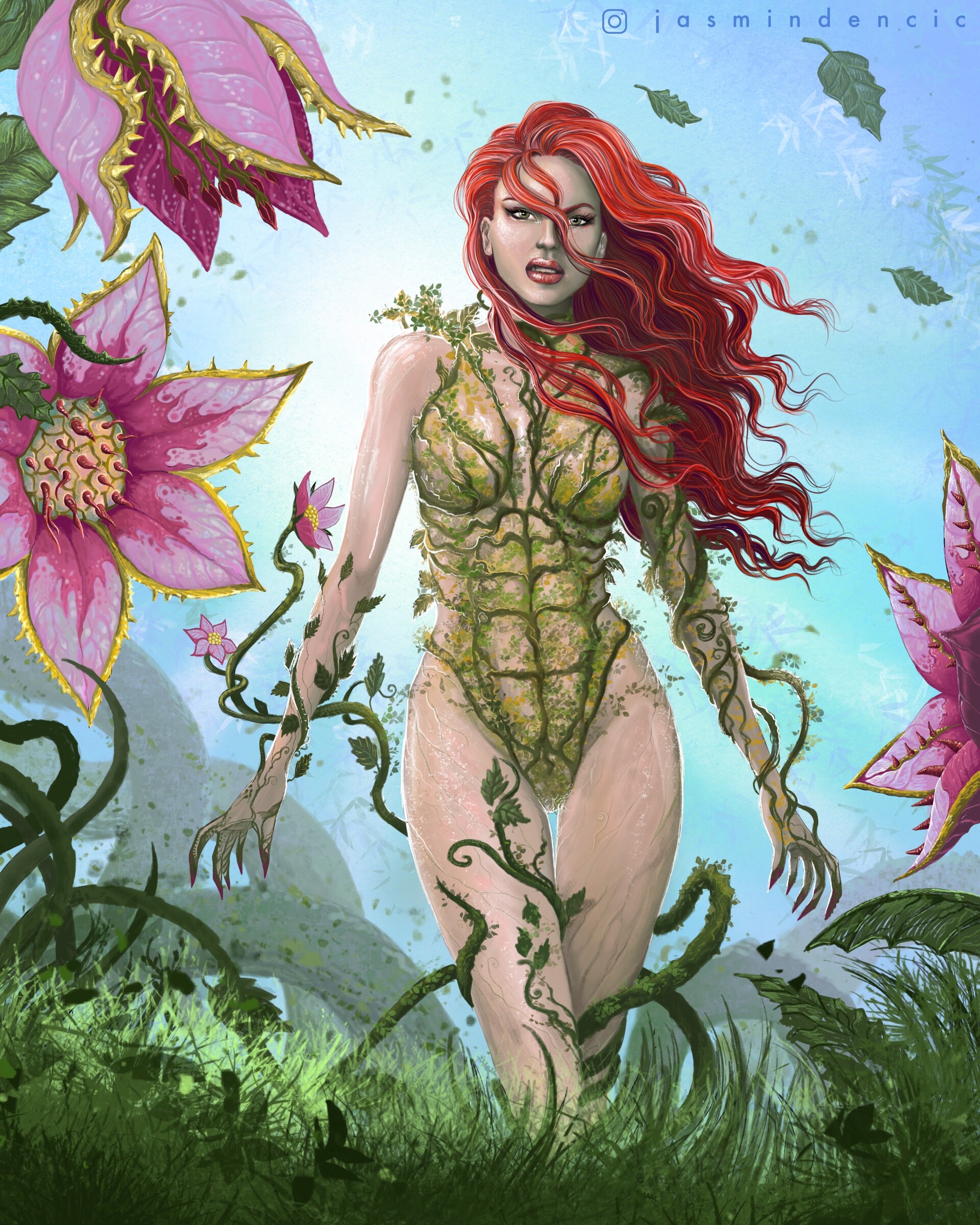 Everyone else reacts differently to poison. The state of the immune system is of great importance here.
Everyone else reacts differently to poison. The state of the immune system is of great importance here.
Medicinal properties
Like most poisonous plants, toxicodendron is used in medicine, as it is able to heal people.Moreover, his “medical history” began at the end of the 18th century. It was then that poison ivy began to be used in the treatment of paralysis and rheumatism.
The action of its juice is expressed in the appearance of skin rash, nausea, vomiting. The victim has symptoms of fever and fever. There is swelling of the glands, ulcers appear in the mouth. But it is this property of the juice that homeopathic doctors have used. The prepared preparation based on it “Rhus tox” is used in the treatment of ailments accompanied by fever, anxiety, ulceration, and swollen glands.
The medicine is made from the sap of plants, which are collected during the period of its highest activity. The resulting juice is mixed with alcohol, filtered, additional components are added and used externally.
Tinctures of stems and leaves are used by homeopaths for colds, flu, rheumatism, neuralgia, eye and skin diseases. Toxicodendron tincture is included in Dr.Lori’s alcohol. With the help of this drug, wet lichen, scarlet fever, and malaria are successfully treated. It is used for abscesses and blistering rash.
Traditional medicine uses the drug “Akofit”, which also includes a tincture of leaves. This medicine is used externally to get rid of rheumatism, neuralgia, radiculitis.
With a high degree of probability, it can be argued that the domestic species of this plant have exactly the same properties. With appropriate scientific research, they could treat people no worse than the overseas toxicodendron rooting.
Everyone knows that indoor plants are a source of beauty and benefit for the people who grow them.Plants give us their beauty and at the same time perform a number of useful functions: they participate in the process of photosynthesis (absorb carbon dioxide and emit oxygen), and also maintain an optimal indoor microclimate (humidify the air).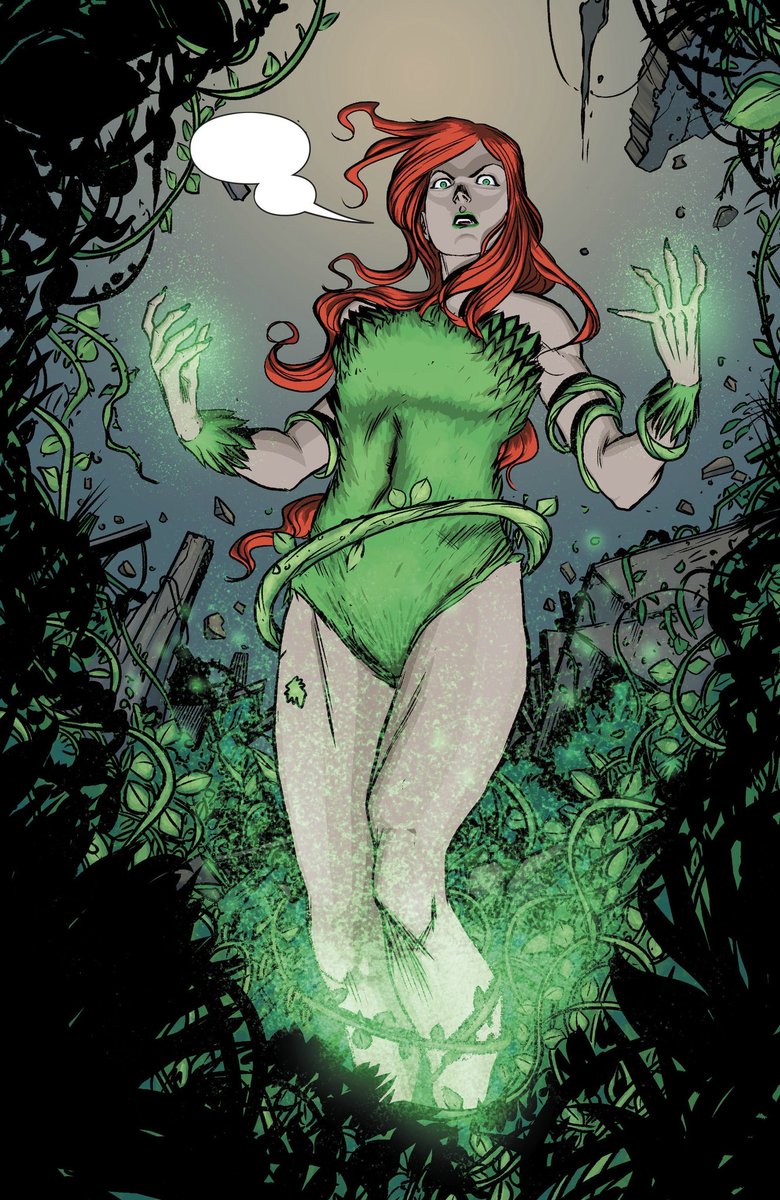
However, not everything is so rosy: the plant world has its own outsiders – dangerous plants that can cause significant harm. Animals and children are especially affected by such representatives of the flora, because they are not able to distinguish a potentially dangerous plant.That is why families with children and animals need to be especially careful when choosing houseplants.
So, here are the 20 most dangerous indoor plants:
- Evergreen ivy
is a liana-shaped evergreen shrub belonging to the Araliaceae family. The stems are long, curved, the leaves are dark green with a carved edge. The leaves and berries of the plant are poisonous when ingested. Especially cats suffer from ivy, which are attracted by the lush greenery of the plant. - is a very beautiful plant with bright greenery and magnificent flowers of white, pink or red color, belonging to the heather family. The leaves of the plant are poisonous, they contain a toxic substance – a glycoside, which causes poisoning. It is necessary to place azalea pots out of the reach of children and animals. It is not recommended to keep azalea in the bedroom.
- – a plant with large decorative flowers and dense dark green leaves. The family to which the cyclamen belongs are primroses.Cyclamen tubers are especially poisonous; they contain a poison similar to that of curare. The same tubers are often used in folk medicine, while observing all precautions.
- Trichocereus
is an upright cactus with long curved spines. It blooms with white strong-smelling flowers. The cactus contains hallucinogens and alkaloids that cause central nervous system paralysis. In the wild, with the help of toxic substances, cacti are protected from being eaten by animals.
- Croton
is a representative of the Euphorbia family.A very popular houseplant with large beautiful leaves of an original color. Like many representatives of the Euphorbia family, Croton is poisonous. The poison is contained in the seeds and milky sap of the plant, which appears if you break off a leaf or stem of a croton. If croton juice gets on your skin, wash your hands thoroughly with soap and water. - Euphorbia
is a very popular houseplant that gave its name to the whole genus (Euphorbiaceae). Looks like a mini-palm tree: a bunch of dense green leaves are located at the top of a thick stem.Like the previous croton plant, milkweed has poisonous seeds and milky sap. Special care must be taken when transplanting and handling plants.
- – the most popular houseplant, very beautiful and decorative. Dieffenbachia is an evergreen shrub with large oval variegated leaves. It grows up to two meters in height. Unfortunately, all green parts of the plant (petioles and leaves) contain poison. You can get serious poisoning if dieffenbachia juice gets into your mouth.Particularly affected are animals that can inadvertently feast on the plant.
- Brunfelsia
is a houseplant, especially common in America and Europe, a representative of the nightshade family. It smells great and blooms beautifully with lilac flowers. All parts of the plant are poisonous, especially a lot of poison is found in the fruits and seeds of brunfelsia.
- is a spectacular plant that has recently become widespread in our homes.At the top of the thick, stiff stem is a bunch of green leaves and bright and large red flowers. Adenium is one of the most poisonous plants. Until now, the poison of adenium is used by African tribes to poison arrowheads. All parts of the plant are toxic and poisonous, but its milky juice is especially dangerous. If your family has pets, children, or any family member with asthma, think carefully before you start growing adenium.
- is a magnificent houseplant, blooming with very beautiful flowers, grouped in an umbrella of 12 or more flowers.The leaves of the plant are dense, glossy, elongated. The most poisonous parts of clivia are the leaves and roots. Great care must be taken when handling the plant and be sure to use rubber gloves.
- Gloriosa luxury
is an exotic plant with very spectacular and unusual flowers that change color during the entire flowering period. At the same time, gloriosa is one of the most poisonous indoor plants. All parts of glorious gloriosa are poisonous.Once in a living organism, the poison of the plant causes nausea and vomiting, and also leads to impaired kidney function and hair loss. To avoid such unpleasant consequences of poisoning, you should be very careful with the plant. In addition, it is necessary to protect pets and children from contact with gloriasis. - Ficus
is a well-known inhabitant of many houses, one of the most popular plants in the whole world. The luxurious rich greenery of ficus attracts many flower growers. Is this pet also poisonous? Of course, one cannot say so categorically.Ficus was included in this list because the plant is the most powerful allergen. Ficus juice is especially dangerous: if it gets on the skin, it can irritate and even burn. Do not be afraid to plant ficuses in your homes, but still try to take precautions.
- Philodendron
is a plant of the aroid family. Some of the philodendrons are vines, and some are bushy plants. Philodenrone is especially prized for its beautiful dense greenery. Unfortunately, the juice of the philodendron, like many members of the aroid family, is poisonous, but only when it gets on the skin and mucous membranes.If the plant is not damaged, it is not dangerous at all. - Akalifa
is a genus of plants of the Euphorbia family, uniting about 400 plants. The peculiarity of akalifa is leaves with patterns of unusual color and inflorescences in the form of fluffy earrings. Akalifa is a slightly poisonous plant, the milky sap of which contains dangerous substances.
- is a large shrub plant, perfect for large spaces, greenhouses and conservatories. Sheflera, like akalifa, is a weakly poisonous plant.It is unlikely that the chef will burn you much harm, but still try to wash your hands whenever possible after contact with the plant.
- Primrose
is a very beautiful plant with flowers of various shades, surrounded by velvety green leaves. Primrose is often placed in children’s rooms because of the bright colors of the plant. However, all parts of the primrose are poisonous and pose a potential hazard. Firstly, during flowering, primrose secretes special substances – alkaloids, inhaling which you can feel nausea and dizziness.Moreover, if there are several plants, their effect is enhanced. Secondly, the poison is contained in the hairs of the primrose leaves. If you touch the leaves of the plant, the poison can lead to burning and itching. If, after contact with the plant, you always rinse your hands under water, the primrose will not do any harm.
- is a plant belonging to the Solanaceae family. It is a small shrub, reaching a height of 35 cm, blooming with purple, blue and white flowers. Brovale beautiful is a poisonous plant.All parts of the eyebrow contain poison, which negatively affects the body, getting inside or on the mucous membranes. Most often, children and pets are affected by contact with the plant, so it is very important to keep the plant in a hard-to-reach place.
- Monstera
is a popular houseplant that grows to an impressive size. Usually, monstera is grown in public buildings, as well as in greenhouses and conservatories. Monstera leaves are large, dense, deep green in color, with cuts along the edge.Before you start growing a monster in your home, think carefully. The plant has a very poisonous sap that can burn the skin of the body or even damage the eyes. Symptoms of monster poisoning are burning mouth, severe salivation, inflammation of the digestive system.
- Pachypodium Lamera
, the second name of the plant is Madagascar palm. The lamera has a thick thorny stem, similar to a cactus, the top of which is crowned with a rosette of elongated leaves.The pachypodium has a poisonous and toxic milky sap that is released when the plant is damaged. However, this juice has no effect on the skin and can be dangerous only if it gets on wounds and mucous membranes. Wash your hands thoroughly after handling the plant and it will not harm you in any way. - is a plant of the aroid family. The main value of the plant is luxurious greenery: large, dense leaves of a rich color, often with a fancy pattern. The plant perfectly cleans the air in the apartment and kills many pathogenic bacteria.However, at the same time, it must be remembered that the milky juice of aglaonema is dangerous. The sap is released when the plant is damaged, for example, when a leaf is broken, therefore, when transplanting aglaonema, be sure to use rubber gloves.
The attentive reader must have noticed that some plant families are repeated especially often in this list: aroid, euphorbia, kutrovye, nightshade. Indeed, representatives of these particular families are especially poisonous and require the most careful handling.
Kutrov family
is considered the most dangerous family in the world of indoor plants. The brightest representatives of kutrovy are adenium and pachypodium, diplodesia, plumeria, allamanda, strophantus, carissa and other plants also belong to this family. When working with plants of the kutrov family, take great care, always use rubber gloves and grow these plants out of the reach of children and pets.
Aroid family
is also distinguished by a large number of poisonous domestic plants: alocasia, aglaonema, monstera, dieffenbachia, philodendron, spathiphyllum, anthurium, syngonium.Almost all plants of the aroid family contain toxic substances: oxalic acid, proteins and enzymes, which are often used as components of household chemicals due to their caustic properties. The sap of such plants is especially dangerous, so if the plant is damaged, handle it as carefully as possible.
Euphorbia family
includes many of the plants popular on our windowsills: euphorbia, croton, akalifa. The poisonous substance euphorin is a part of the milky juice of almost all euphorbia.In contact with the skin and mucous membranes, euphorin can cause burning, burns and inflammation. Be careful with the euphorbia plant, always wash your hands thoroughly after handling them.
Solanaceae family
is probably known to everyone, because the most popular edible plants – potatoes and tomatoes – belong to this family. Houseplants of the nightshade family – brovallia, brunfelsia, paprika, often grown at home. The most poisonous part of nightshades are berries, which, if ingested, can cause nausea, vomiting, diarrhea, and subsequently unhealthy drowsiness and lethargy.Be careful that your child or your pet does not eat the berries of these plants.
And in conclusion: very many plants are poisonous, to a greater or lesser extent, however, most of them are successfully cultivated by humans. It may not be worth buying a plant that could harm you and your family. However, if you have made the decision to grow a potentially dangerous plant, do your best to minimize the danger. Do not allow children and animals to come into contact with such a plant, do not place it near the bed, always wash your hands after handling it, use rubber gloves.Subject to such simple rules, the plant will not be able to cause any harm and will delight you with its natural beauty.
(70 assessments, the average: 4.21 out of 5)
Share the article:
Similar articles
90,000 How Poison Ivy Works – 2021
According to the American Skin Association, 50 million Americans develop allergic reactions to the poison ivy plant every year.The plant is often very difficult to spot because it closely resembles several other common garden plants. It can also merge with other similar weeds. But if you touch it, you will soon find out, because an itchy rash may appear on the skin.
The culprit for the rash is a chemical in the sap of poisonous ivy plants called Urushiol ( oo-roo-shi-OHL ). Its name comes from the Japanese word urushi, which means varnish.Urushiol is the same substance that causes an allergic reaction when people touch poisonous oak and poisonous sumac plants. Poison ivy ( Toxicodendron Radikan ), Oriental poison oak ( Toxicodendron quercifolium ), Western poison oak ( Toxicodendron sabotage ) and poison sumac ( Toxicodendron vernix – Anacae 9000 members of the same family. you will learn where poison ivy grows, how to spot it before getting too close, and how to get rid of it.And we’ll explain why it causes that nasty, itchy rash.
Poisonous Plants
Poisonous ivy is not the only plant that can cause rashes. The poisonous sumac seen here can also cause outbreaks. Troy Evans, Used under Creative Commons (CC BY-NC 3.0 US)
Poison ivy causes a red, itchy rash caused by the plant that bears its name. Many people get this when they go camping or working in their garden and accidentally come into direct contact with the leaves, roots, or stems of the plant.Poison ivy rash often looks like red lines and sometimes causes blisters.
According to the American Academy of Dermatology, about 85 percent of people are allergic to urushiol from poison ivy. Just a small amount of this chemical – 1 billionth of a gram – is enough to cause rashes in many people. Some people may brag that they’ve been exposed to poison ivy many times and never got a rash, but that doesn’t necessarily mean they’re not allergic.Sometimes the allergy does not show up until after exposure several times, although some people develop a rash after the first contact. The rash may appear up to 10 days the first time.
Since urushiol is found in all parts of the poison ivy plant – leaves, stems and roots – it is best to avoid the plant entirely to prevent rashes. Poison ivy grows almost everywhere in the United States (with the exception of the Southwest, Alaska, and Hawaii). The general rule of thumb for identifying poison ivy, “leaflets three, so be it”, does not always apply.Poison ivy usually grows in clusters of three leaves with a longer average leaf, but it can also grow up to nine leaves per cluster.
Other ways to identify poisonous ivy plants:
- It usually grows in a cluster of low, weed-like plants or woody vines that can climb trees or fences.
- Most commonly found in humid areas such as river banks, forests and pastures.
- The edges of the leaves are generally smooth or have tiny “teeth”.Their color changes depending on the season – reddish in spring; green in summer; and yellow, orange or red in the fall.
- Its berries are usually white.
The Poison Ivy, Poison Oak and Poison Sumac cousins each have their own unique appearance.
Poison Oak Grows like a shrub and can grow from 1 to 6 feet (0.3 to 1.8 meters) in height. Usually grows on the west coast and in the south, in arid areas such as fields, woodlands and thickets.Like poison ivy, poison oak leaves are usually grouped in groups of three. They tend to be thick, green, and hairy on both sides.
Poison Sumac Grows mainly in wet, swampy areas of the Northeast, Midwest and along the Mississippi River. It is a woody shrub with stems with rows of 7 to 13 leaflets with smooth edges.
We will look at how poison ivy affects the immune system in the next section.
Poison ivy
and the immune system
Poison ivy rash is often red and sometimes blisters.Liftarn, Used under Creative Commons license CC-BY ND 2.0
Generally, the body’s immune system protects us from bacteria, viruses, and other invaders that can make us sick. But when urusiol from the poison ivy plant touches the skin, it triggers an immune response called dermatitis to something that would otherwise be harmless. Hay fever is another example of this type of reaction; in the case of hay fever, the immune system overreacts to pollen or other plant matter.
This is how poison ivy reacts: Urushiol passes through the skin, where it is metabolized or broken down. Immune cells called T lymphocytes (or T cells) recognize urushiol derivatives as a foreign substance or antigen. They send inflammatory signals called cytokines that enter the white blood cells. By order of cytokines, these leukocytes are converted into macrophages. Macrophages feed on foreign substances, but they also damage normal tissues, leading to skin inflammation that occurs with ivy poisoning.
An allergic reaction to poison ivy is known as delayed hypersensitivity. In contrast to immediate hypersensitivity, which causes an allergic reaction within minutes of exposure to an antigen, delayed hypersensitivity reactions do not appear for several hours or even days after exposure.
Most people do not have a reaction the first time they touch poison ivy, but they develop an allergic reaction after repeated exposure.Everyone has different sensitivities and therefore a slightly different reaction to ivy poisoning. Sensitivity usually decreases with age and with repeated exposure to the plant.
Poison Ivy Symptoms and Treatment
Where your skin has been in contact with poison ivy leaves or urushiol, you may develop a rash within a day or two, which usually causes itching, redness, burning, swelling, and blistering. The rash should disappear within a week, but may last longer.The severity of the reaction often depends on how much urusiol you touch. The rash may appear earlier in some parts of the body than others, but it does not spread; Urushiol is simply absorbed into the skin at different rates in different parts of the body. Thicker skin, such as the skin on the soles of your feet, is more difficult to penetrate than the thinner skin on your arms and legs.
Call your doctor if you experience these more serious reactions:
- Pus around the rash (which may indicate an infection)
- Rash around the mouth, eyes, or genitals
- Fever over 100 degrees
- Rash that won’t heal after week
Any of the following symptoms require immediate emergency medical attention:
- Swelling of the throat, tongue or lips and / or difficulty swallowing
- Difficulty breathing
- Weak spot
- Dizziness
- Bluish lips
118
Are you faster treat poison ivy, the more likely you will be able to remove at least some of the urushiol before it gets into your skin, and you will be able to prevent the reaction.Once you notice that you have touched Poison Ivy (or Poison Oak or Sumach):
- Immediately wash off skin with water. Rinsing within the first five minutes of contact is most effective.
- Remove all clothing that has come into contact with the plant and wash with soap and water.
- Wash your skin with soap and cool water.
- Using a cotton swab, cleanse the affected skin with isopropyl alcohol.
Once the rash appears, you will most likely itch a lot, but try not to scratch it.While breaking up blisters by scratching cannot spread the rash, bacteria under your skin can cause infection and scarring.
The rash should go away on its own within two weeks. If you are experiencing great discomfort, you can use wet compresses or soak the affected areas with water. You can also use a topical corticosteroid or take an over-the-counter antihistamine (such as Benadryl) to relieve itching. A prescription cortisone can stop the reaction, but only if taken shortly after exposure.Other topical products that can soothe itching are calamine lotion, zinc oxide ointment, baking soda paste (3 teaspoons of baking soda and 1 teaspoon of water), or an oatmeal bath.
Avoiding Poison Ivy
Getting rid of Poison Ivy is difficult and is best done when it is still small and in seedling stage. Ansel Oommen, Used under Creative Commons (CC BY-NC 3.0 US)
Poison ivy is often difficult to avoid. Even if you don’t touch the plant directly, you can get poison ivy from touching a garden tool, a ball, or even a dog or cat (animals don’t have the same sensitivity) that has urushiol on.Some creams containing the ingredient bentoquat may block urushiol and provide some protection against poison ivy exposure. However, your best defense is to stay away from poison ivy and get rid of it in your yard.
But the plant is not easy to clean. If you spray it with a weed killer, you can destroy the poison ivy, but you have to be careful not to harm other plants around it that you want to keep. Another option is to manually remove the poison ivy; get the plants out of the roots, because any trace of a plant you leave can grow back.The key is also to wear a long-sleeved shirt, long pants, gloves and boots to avoid any contact with your skin. Take off your clothes immediately after you’re done and wash them with soap and water. And take a shower for good measure.
Never burn poisonous ivy plants; when heated, urushiol evaporates, and when released into smoke, it can severely irritate the lungs if inhaled.
Fact or Fiction?
Fiction: Poison ivy is contagious. Fact: You cannot spread poison ivy by coming into contact with a person who has it, unless that person or animal has urusiol left on their skin. Fiction: If I eat poison ivy, I will be immune to future rashes. Fact: Eating poison ivy can cause a potentially fatal allergic reaction and will not make you immune to the rash. Fiction: Some people are so sensitive to poison ivy that they can get a rash just by being around the plant. Fact: You must touch the plant to get a rash; just being close to him won’t trigger a flash. Fiction: You cannot get Poison Ivy from a dead plant. Fact: Urushiol can stay on surfaces, including dead plants, for several years.
90,000 8 Dangerous to touch plants and how to recognize them / AdMe
Some plants may seem attractive at first glance, but not all of them can be touched.Sometimes plants are poisonous and can cause irritation on the skin, which can last up to several months, despite the fact that their fruits appear edible and even tasty.
We at Bright Side care about the health of our readers, so we have prepared some tips on how to recognize 8 plants that you shouldn’t touch. There is also a bonus at the end of the article, do not forget to check it out.
1. Giant hogweed
The giant hogweed has deep-lobed and carved leaves reaching 1.5 m in width.Its stem is bright green with villi surrounded by dark red spots. The flowers can be white or greenish-white, and the inflorescence resembles an umbrella.
If the juice of the leaves of the giant hogweed comes into contact with the skin, and then it is exposed to sunlight, it can lead to both slight redness and blistering and burns. If juice gets into the eyes, it can irritate the mucous membranes and even damage the organ of vision. The flowers of the hogweed can be easily confused with wild carrots, they are very similar.Therefore, you must take all precautions if you need to touch this plant.
2. Mancinella tree
Mancinella, also known as the “beach apple”, has lustrous green leaves, small greenish-yellow flowers and reddish-gray bark. The fruits can be green or greenish yellow. They are very similar to apples. All parts of the plant contain toxins, and if its juice gets on the skin, it can cause allergic dermatitis.
3.Poison Oak
Poison Oak contains an oily substance called urushiol, which is easily transmitted to humans and animals. Contact with the sap directly through the plant or other objects may cause itchy blisters on the skin.
This plant belongs to shrubs, and its leaves are densely covered with villi. They are usually lobed or rounded. Poisonous oak leaves can be mistaken for white oak leaves (non-poisonous plant). The leaves of both plants are very similar, but in the white oak they are single, and in the poisonous oak they grow 3 pieces.
4. Poisonous sumac
Touching poisonous sumac can cause a rash that does not go away for several days or even weeks. You can identify it by its reddish stem, which has 7 to 13 leaves arranged in pairs.
There is also a non-poisonous sumac, you can distinguish it by its berries: the poisonous one grows clusters of green berries, and the harmless one – red ones.
5. Scorching Knidoscolus
Contact with this seemingly harmless herb can cause severe itching and tingling.This plant can be recognized by its alternating leaves with 3-5 serrated lobes. It has white flowers with 5 petals that bloom in spring and summer.
6. Stinging tree
This plant can be recognized by its large, heart-shaped leaves with wide toothed edges. In addition, the stinging tree stems, fruits, branches, foliage and petioles are covered with scalding hairs. Touching this plant, a person will instantly feel a strong tingling and burning sensation, which can last for several days or even months.
7. Stinging nettle
The leaves and stem of the nettle are covered with small hairs that, when touched, release irritants that cause painful tingling. Its leaves are soft and green, flowers are small, brownish or greenish, in dense axillary inflorescences.
8. Poison ivy
Poison ivy leaves, stems and roots secrete an oily juice. It causes severe itching, redness, and inflammation of the skin, which may look like bumps or blisters.Poison ivy can be similar to a vine or shrub with leaves grouped in 3 pieces.
Poison ivy can sometimes be found growing among blackberries, which may be one of the reasons you might accidentally touch it – its leaves are very similar in shape. You can distinguish them by the thorns growing on the stem of the blackberry, while poison ivy does not.
Bonus: How to Identify Poisonous Plants by Their Common Traits
While there is no universal way to tell if a plant is dangerous, there are a few common traits that can help distinguish potentially dangerous species.
- The plant has shiny leaves.
- It secretes milk juice.
- The plant has yellow or white berries.
- The plant has umbrella-shaped flowers or leaves, or the entire inflorescence resembles an umbrella.
Keep in mind that these characteristics do not apply to all toxic plants, but will certainly help you avoid contact with large quantities.
Have you touched any of these plants? Does any of our list grow in your area?
90,000 Toxicodendron is… What is Toxicodendron?
Toxicodendron (lat. Toxicodendron ) is a genus of woody, shrub and climbing plants of the Sumach or Anacardia family ( Anacardiaceae ), including such plants as poison ivy ( Toxicodendron , poisonous oak), Toxicodendron diversilobum ) and varnish wood ( Toxicodendron vernicifluum ).
Species of the genus are sometimes included in the genus Sumakh ( Rhus ), although recent molecular structure studies indicate that Toxicodendron is a separate monophyletic genus [3] .
The range of the genus is located in Asia, North and South America.
All species contain urushiol oil, irritating to the skin, which may cause severe allergic reactions.
Name
The name of the genus comes from the Greek words “poison” (Greek τοξικος) and “tree” (Greek δενδρον) [4] .
The Russian language also uses the synonym ypritka [5]
Description
They have prefabricated inflorescences, alternate leaves and whitish or grayish drupes.The most famous species of the genus in North America are poison ivy, which grows throughout eastern North America and poison oak ( Toxicodendron diversilobum ), also a common plant, but in the west of the continent.
The morphology of these plants is quite diverse. Leaves can be even, toothed or lobed, and all three types of leaves can be present on the same plant. Plants grow like creeping vines, climbing vines, bushes or, in the case of varnish wood and poison sumac, like trees.While poison ivy and poison oak leaves usually have three leaves, sometimes there are five or sometimes even seven. The leaves of poisonous sumach have 7-13 leaves, and the varnish tree has 7-19 leaves.
The names come from the allergy and external similarity of these plants to others that are not related to them. Poisonous oak is not an oak, but is named so because of the similarity of its leaves with the leaves of a white oak, and poison ivy has nothing to do with ivy, but is somewhat similar to them in growth form.In fact, these plants do not contain any poison; the substance they release is a potential allergen.
Resin of species native to Japan, China and other Asian countries, such as Lacquer tree ( Toxicodendron vernicifluum ) and Wax tree ( Toxicodendron succedaneum ), are used to make lacquer and, as a by-product of lacquer production, their berries are used for obtaining Japanese wax.
Views
The genus includes about 30 species [6] .
- Some types
- Toxicodendron diversilobum (Torr. & A.Gray) Greene – Western Poison Oak (syn. Rhus diversiloba ) is found mainly in western North America, from the Pacific coast to the Sierra Nevada and the Cascade Mountains between southern British Columbia and on south to Baja California. It is very common in this region and is the dominant species of the genus here. It is also one of the most common woody shrubs in California [7] .This plant is highly variable and grows as a dense shrub in full sun or as a climbing vine in the shade. Propagated by creeping rhizomes or seeds [8] . Composite leaves are divided into three leaves, 35-100 mm long, with pointed, jagged or even edges. Californians learn to recognize this plant by the saying “leaves of three, let it be ”. Depending on the season, the leaves can take on different shades of red, yellow or green.
- Toxicodendron orientale Greene – Toxicodendron orientale, or Asian poison ivy (syn. Rhus orientale , Rhus ambigua ) is very similar to American poison ivy and is common in East Asia (so similar to the American species that some texts describe it as a subspecies of the American).
- Toxicodendron pubescens Mill. – Atlantic Poison Oak (syn. Rhus toxicarium ) grows mostly on sandy soils in the eastern United States.It grows as a shrub, the leaves are collected in groups of three. Leaves are usually rounded or lobed and densely pubescent. Although it is often confused with the more common poison ivy, even in the scientific literature [9] , the Atlantic poison oak has small tufts of hair on the veins of the underside of the leaves, while poison ivy does not.
- Toxicodendron radicans (L.) Kuntze – Rooting Toxicodendron, or Poison Ivy (syn. Rhus radicans ) is very common in some areas of North America.In the United States, it grows in all states east of the Rocky Mountains with the exception of North Dakota. It also grows in Central America. Looking like a creeping vine, climbing vine or shrub, it propagates by creeping rhizomes or seeds. The appearance varies. The leaves are alternate, usually in groups of three, 20 to 50 mm long, pointed at the tip and may be serrated, smooth or lobed, but never serrate. The leaves can be shiny or dull, and the color changes with the seasons.Liana grows almost straight up more often than hugging its support and can grow up to 8-10 m in height. In some cases poison ivy can completely braid the supporting structure, and the lashes spread out to the sides like branches, in which case poison ivy looks like a “tree”.
- Toxicodendron radicans subsp. rydbergii (Small ex Rydb.) A. Löve & D. Löve [syn. Toxicodendron rydbergii – Western Poison Ivy] is found in the northeastern United States. It also grows in the western United States and Canada, but is much less common there than the poison oak.It can grow as a liana or as a shrub. At one time it was considered a subspecies of poison ivy. Sometimes forms hybrids with other species. Western poison ivy is found in many parts of the western and central United States and Canada, but not on the Pacific coast. In the eastern United States, it is rarely found in New England.
- Toxicodendron succedaneum (L.) Kuntze – Wax tree (syn. Rhus succedanea ) grows in Asia, although it is cultivated everywhere, most of all in Australia and New Zealand.It is a large shrub or tree, up to 8 m tall, somewhat similar to sumac. Due to the beautiful autumn color of its foliage, it is grown outside of Asia as an ornamental plant by gardeners who are obviously unaware of its allergenicity. It is currently officially classified as a noxious weed in Australia and New Zealand. The fatty acid methyl essential oil contained in the kernels of this plant meets the requirements for biodiesel in the USA (ASTM D 6751-02, ASTM PS 121-99), Germany (DIN V 51606) and the European Union (EN 14214) [10 ] .The Russian name “wax tree”, in addition to the species Toxicodendron succedaneum , can also refer to the fleshy hoya ( Hoya carnosa ), a plant species of the Kutrovye family [11] .
- Toxicodendron vernicifluum (Stokes) F.A.Barkley – Lacquer tree (syn. Rhus vernicifera , Rhus verniciflua ) grows in Asia, especially in China and Japan. It grows up to 20 m in height, an extremely resistant varnish is obtained from its juice. The leaves have 7-19 leaflets (usually 11-13).The juice contains an allergenic oil, urushiol. Urushiol gets its name from the name of this tree in Japanese – urushi . Other names for this tree include Japanese lacquer wood and Japanese sumac .
- Toxicodendron vernix (L.) Shafer – Poisonous sumac (syn. Rhus vernix ) is a tall bush or tree up to 2-7 m tall. It is found in swampy open areas and propagates by seeds. The leaves have 7-13 even leaflets, arranged feather-like [12] .In terms of allergenicity, poisonous sumac is far superior to all other types of toxicodendrons, even poison ivy and poison oak. According to some botanists, poison sumac is the most toxic plant in the United States.
Notes
- ↑ The name Angiosperms is also used.
- ↑ For the conventionality of specifying the class of dicotyledons as a superior taxon for the group of plants described in this article, see the APG Systems section of the Dicotyledons article.
- ↑ Pell, Susan Katherine Molecular Systematics of the Cashew Family (Anacardiaceae) (PhD dissertation at Louisiana State University) (18 February 2004). Archived from the original on March 16, 2012., page 89
- ↑ Gledhill D. The Names of Plants. – 4. – Cambridge University Press, 2008. – P. 382. – ISBN 9780521866453
- ↑ Vascular plants of the Soviet Far East.In 8 volumes / Ed. Kharkevich S.S. – SPb .: Nauka, 1995 .– T. 7. – P. 247 .– 395 p. – 1560 copies.
- ↑ 28 species according to The Plant List: Toxicodendron
- ↑ Brooks, Bill. The Toxicodendrons: Poison Ivy, Poison Oak and Poison Sumac (4 March 1999). Archived from the original on July 7, 2012.
- ↑ C. Michael Hogan (2008). Western poison-oak: Toxicodendron diversilobum , Global Twitcher, ed.Nicklas Stromberg [1]
- ↑ Sullivan, Janet. Toxicodendron toxicarium. Fire Effects Information System . U.S. Department of Agriculture, Forest Service, Rocky Mountain Research Station, Fire Sciences Laboratory (1994). (Inaccessible link – history )
- ↑ ScienceDirect – Biomass and Bioenergy: Prospects and potential of fatty acid methyl esters of some non-traditional seed oils for use as biodiesel in India
- ↑ Wax tree – article from the Great Soviet Encyclopedia (Retrieved August 14, 2011)
- ↑ George A.Petrides. A Field Guide to Eastern Trees. – 1998. – ISBN 0-395-
-2
References
How To Prevent Poison Ivy Rash | Inspection – Wellness
Wellness
There is nothing better than meeting poison ivy to ruin a hike or family vacation. As the weather gets warmer and we spend more time outdoors, doctors recommend taking measures to protect against summer irritants, including plants such as poison ivy.
Although poison ivy almond leaves may look benign, their sap causes a red itchy rash in 85% of people in the United States. According to the American Skin Association (ASA), the most common allergic reaction in the United States is caused by poison ivy or its siblings – poison oak and sumac – and affects 50 million Americans every year.
what a light COVID 19 case looks like
“We see the majority of poison ivy infections in the summer when people work in their gardens, take hiking trails and go hiking,” says Candice Ireton, MD, a family practitioner in Asheville, North Carolina.It’s important to know what Poison Ivy looks like because the best course of action is definitely prevention.
How to Identify Poison Ivy
Poison Ivy, a three-leafed plant, grows in clusters like a climbing liana or shrub. It can be found in courtyards, parks, campgrounds, and hiking trails. throughout the United States, excluding Alaska, Hawaii, or the desert regions of the Southwest.
Poison oak, which is less common than poison ivy, looks like a leafy bush with larger, rounded leaves.
Poison sumac is a plant or shrub that grows in forest wetlands.
The characteristic three-pointed leaves of poison ivy change color throughout the year: red in the spring, green in the summer and yellow, red or purple in the fall. Knowing what kind of poisonous plant looks like can help you avoid direct contact during your next walk in the fresh air.
How to prevent a reaction to poison ivy
Poison ivy itself is not a source of an allergic reaction, but rather the sticky urushiol oil (sap) in the leaves, stems and roots of the plant.Those who come into direct contact with the plant often struggle with an itchy blistering rash 24 to 48 hours after contact; this rash is known as contact dermatitis. You can get a rash without touching the plant if urushiol oil is passed from another person (or animal) or gets on your skin. While poison ivy is not life-threatening, Dr. Ireton says the symptoms can be extremely unpleasant.
Avoiding plants entirely is the best way to prevent the reaction, but here are some more tips to prevent poison ivy.
1. Wear protective clothing.
If you plan on gardening or walking in an area with unfamiliar plants, Catherine Boling, MD, a general practitioner with Personal Mercy Physicians in Lutherville, Maryland, recommends protective clothing.
When gardening, use gloves and closed toe shoes, socks, long pants and long sleeves for better outdoor protection, says Dr. Boling.
2. Consider using an ivy blocker.
These over-the-counter products are barrier creams (containing 5% bentoquatam) that can be applied to hands, arms, and other exposed areas before camping or in areas where you may be exposed to poison ivy to prevent skin reactions. … According to the American Academy of Dermatology, the study found that forestry workers who used ivy blockers in most cases reported fewer rashes.These creams are FDA approved and are available over the counter at sporting goods and outdoor stores. They can be used by ages 6 and up.
3. Continue on the trail
You are more likely to encounter Poison Ivy when walking in an unoccupied area or exploring off the trail. As you continue along the hiking trail, it is easier to spot poison ivy on the nearly clean route. Don’t go into bushes where you can’t see the plants touching your ankles.
4. Shower as soon as possible.
According to Dr. Ireton, if you accidentally come into contact with poison ivy sap through leaves or vines, you should shower and wash your clothes immediately. When bathing, use mild soap and cool water within two hours of contact to reduce the risk of a reaction.
When washing, Dr. Boling recommends taking the extra precautions and wiping thoroughly under your nails. She says if you have urushiol under your nails, it spreads easily to other parts of your body through touch.
5. Keep your equipment clean.
Washing your belongings outside with you is just as important as washing off your skin. Rinse your backpacks and hiking boots – along with other supplies you had when you encountered poison ivy. Wash clothes with warm water and detergent. And be sure to wear gloves to keep the juice from spilling over your body.
6. Don’t Forget Children
Take extra precautions with children as they often have sensitive skin and are more likely to be exposed to the face, neck and upper body.Children are less likely to resist scratching their skin, which can cause oils to spread or become superinfected with bacteria.
7. And don’t forget about your pets.
Although dogs and other pets are not exposed to poison ivy, they can apply oil to their fur and pass it on to their owners. Dr. Ireton recommends bathing your pet (with rubber gloves) if you suspect it has come into contact with poison ivy.
8.Kill plants on your territory.
Make cleaning poison ivy as part of your regular lawn maintenance. You can use a pre-made spray like Roundup, or make your own by mixing vinegar, salt, dish soap, and water. When the plants are harvested, the chances of you accidentally walking through them are reduced.
medicines for nausea in pregnancy without a prescription
How to treat a poison ivy rash
Despite your best efforts to prevent it, you can still come into contact with poison ivy.If you do, Dr. Boling says the rash usually appears 12 to 48 hours after exposure and may include symptoms such as redness, itching, swelling, and blisters. According to Dr. Boling, the rash and itching, known as contact dermatitis, usually occurs on exposed areas such as the face, arms, and legs. The severity of the rash depends on a person’s sensitivity to juice.
Use over-the-counter drugs
M Mild cases of poison ivy can be treated at home with over-the-counter products such as cold colloidal oatmeal or a bath of baking soda and a sunburn spray or hydrocortisone cream before the rash, says Dr. Ireton.In addition, sedative antihistamines such as Benadryl or chlorpheniramine can help with sleep when itching is unpleasant, she recommends. Cold compresses can also be used to reduce itching and inflammation.
Can I take meloxicam and ibuprofen on the same day?
See your doctor for a prescription
For more severe cases of poison ivy, you should see your doctor about prescription medications. Seek medical attention if you experience any of the following:
- Severe rash that does not respond to previously described home remedies …
- Any sign of infection such as blistering, redness, or oozing.
- Any new rash or rash
- Strong Poison Ivy on the face
- Fever
Dr. Ireton says that he usually prescribes oral corticosteroids such as prednisone to his poison ivy patients.
This class of drugs can act quickly to relieve symptoms and rashes, but there is the potential for recurring rashes if the steroid cycle is too short, says Dr. Ireton.In my experience. a gradual reduction in the dose of oral steroids over three weeks was most effective.
Dr. Ireton says that over-the-counter ivy poisoning symptoms can last for about three weeks.
After taking oral steroids, patients usually begin to feel better within a few hours, she said. Prescription topical steroids last a little longer, but patients usually tell me they notice some improvement within 24 hours.If someone is really unhappy, I prescribe oral medication to help them feel better faster.
Don’t Scratch
Although skin can itch, Dr. Ireton warns against scratching blisters.
According to her, lesions can become infected with bacteria if the skin is damaged by scratching. If patients become infected with a secondary infection, they also need to undergo treatment. antibiotics. The good news is that most poison ivy will heal on its own within one to three weeks.
To avoid scratching or breaking your skin, trim your nails short and gently wipe them with a brush. For severe itching, cold compresses can be applied to the skin.
RELATED TO: Other Poison Ivy Treatments And Medicines
Can You Build Immunity To Poison Ivy?
Our sensitivity to poison ivy urushiol oil may change and some people are more sensitive to poison ivy than others.However, it is impossible to achieve complete immunity from him. The best way to prevent a poison ivy rash is to ditch the plant altogether.
Poison ivy is a dangerous plant. Why Poison Ivy Causes Rash
in Humans
The exact name of poison ivy is Toxicodendron radicans. The plant has no direct relation to harmless ivy. It is so called because of its similarity in appearance. Often called poison ivy. But sumac is a lacquer toxicodendron (shrub or tree), that is, they are very similar, but different plants.
Poison ivy belongs to those plants, when touched, you can get serious consequences, namely, skin burns and general poisoning. Stem, leaves, flowers, fruits – everything is poisonous. It is no coincidence that in translation from Greek, its name sounds like “poison tree” (toxicum poison, dendron tree).
Nevertheless, despite its high toxicity and danger to humans, poison ivy is a medicinal plant that is used in medicine. Let’s take a closer look at this interesting and controversial plant.We will find out why it is dangerous, and what is its benefit.
What is Poison Ivy (Toxicodendron Rooting)?
It differs strongly from its congeners from the genus Toxicodendron Mill, which have the appearance of trees. And our hero is a woody liana, and sometimes takes the form of a small bush. It spreads its long, flexible stems along the surface of the soil or entangles tree trunks with them using its adventitious roots.
Like anything dangerous, oxycodendron is very attractive.In summer, its branches are covered with dark green, large, leathery leaves. In autumn, they turn red and dark orange. In June, inflorescences in the form of yellow panicles appear on its branches, and in autumn they turn into dense clusters of round fruits – greenish-white drupes.
The native land of the plant is the countries of North America, from Canada to Mexico. There it can be found everywhere in the forests and among the bushes.
Two types of toxicodendrons can be found in the wild in our country.They grow only on the territory of the Southern Kuriles. One is called Toxicodendron Oriental, and the other is called Toxicodendron hairy. This is not to say that they are more friendly in nature. Both of these species are no less poisonous and can cause severe poisoning from just one touch to them.
How is it dangerous?
In general, the plant is not well studied enough, and people talk about it differently. Now I mean rooting toxicodendron, which is not found in our country.And domestic species have not been studied at all. One thing is absolutely certain – poison ivy secretes milky juice, which turns black in the air and it is he who is extremely poisonous.
According to one group of experts, the juice contains a non-volatile resin called ursiolya. Other scientists claim that the juice contains a phenol derivative called toxicodendrol. And the third group of scientists call the poison of the plant toxicodendrolic acid, or consider it a mixture of different glycosidic substances.It is also known for certain that the bark of toxicodendrons contains a poison – lobitin.
In any case, a minimum amount of this substance is sufficient to burn the skin. When you touch any part of this vine or a branch of a bush, a burn forms on the skin, which resembles a mustard gas attack.
In its homeland of North America, poison ivy is a very common cause of poisoning when its juice gets on human skin. Such cases often end very sadly.
Some excuse for toxicodendron is the fact that not all living things have the same sensitivity to its poison. For example, animals do not suffer from it at all. Among people, almost 35% have little sensitivity to it. Everyone else reacts differently to poison. The state of the immune system is of great importance here.
Medicinal properties
Like most poisonous plants, toxicodendron is used in medicine, as it is able to heal people.Moreover, his “medical history” began at the end of the 18th century. It was then that poison ivy began to be used in the treatment of paralysis and rheumatism.
The action of its juice is expressed in the appearance of skin rash, nausea, vomiting. The victim has symptoms of fever and fever. There is swelling of the glands, ulcers appear in the mouth. But it is this property of the juice that homeopathic doctors have used. The prepared preparation based on it “Rhus tox” is used in the treatment of ailments accompanied by fever, anxiety, ulceration, and swollen glands.
The medicine is made from the sap of plants, which are collected during the period of its highest activity. The resulting juice is mixed with alcohol, filtered, additional components are added and used externally.
Tinctures of stems and leaves are used by homeopaths for colds, flu, rheumatism, neuralgia, eye and skin diseases. Toxicodendron tincture is included in Dr.Lori’s alcohol. With the help of this drug, wet lichen, scarlet fever, and malaria are successfully treated. It is used for abscesses and blistering rash.
Traditional medicine uses the drug “Akofit”, which also includes a tincture of leaves. This medicine is used externally to get rid of rheumatism, neuralgia, radiculitis.
With a high degree of probability, it can be argued that the domestic species of this plant have exactly the same properties. With appropriate scientific research, they could treat people no worse than the overseas toxicodendron rooting.
Poisonous ivy due to the presence of urushiol, a skin irritant.
What does poison ivy look like photo, oak and sumac
Poison ivy, oak and sumac all produce oil that can be very dangerous to you. This oil can be found on every part of the vine. Sometimes the slightest touch can cause an allergic reaction. Poison ivy, oak and sumac are all from the same family, but they grow in different areas. Poison ivy grows mainly in vines along the banks of the river.
Causes ivy allergy
Allergic reactions can occur at:
- Any, even a small touch to any part of the vine.
- Any touch of clothing or pets that come into contact with the vine and then your body.
- If you inhale the smoke of a fire, into which branches of a vine are thrown, then an allergic reaction may also appear.
Ivy allergy symptoms
How do ivy allergy symptoms appear? The reaction to ivy can be as follows:
- Severe itching accompanied by red eruptions.
- The appearance of a rash in the form of streaks or spots on the affected area.
- Affects may take some time to appear and this may last depending on the severity of the reaction.
Ivy allergy what to do
- Learn more about Poison Ivy, Oak and Sumac before heading out for a walk in the woods.
- Avoid touching skin or any clothing that still contains poisonous oil.
- Always have wet wipes or water with you to rinse the affected area.
https://youtu.be/ePNov0Dvcig - Wash clothing in hot water to remove any oil that you are allergic to.
- Apply cream to relieve itching.
- Do not sweat, otherwise the itching will manifest itself with greater force.
Ivy allergy what to do at home
Main remedies for poison ivy:
- You can apply Calamine lotion to the affected areas.
- Applying calendula as a lotion will help relieve itching and new breakouts.
- Cold compresses will provide strong relief as it helps in controlling the itching.
- You can also put a slice of watermelon on the affected area of the skin.
- Make a thick paste using half a cup of baking soda and a proportionate amount of coffee. Pour cool coffee into a bowl of baking soda to make a thick paste, apply a thin layer of this paste over the affected area. Let this mixture dry and you will see the difference immediately.
- Apply Vicks VapoRub to the affected area.
- Boil a few peach tree leaves. Wait for the broth to cool. Using cotton wool, smear the skin and itching will no longer bother you.
- You can also apply milk of magnesium to the affected parts to stop itching and provide a soothing effect.
- Rubbing banana peels over the affected area can help with itching and rashes.
- To provide relief, infuse with aloe vera juice or apply tofu to the affected area.It gives a calming effect.
Take all precautions, follow instructions for making home remedies. Avoid using any of these products if you are allergic to it. Have you already encountered an allergy to poison ivy? Leave your opinion or feedback on the forum.
If you know you have come into contact with one of these plants, wash the contact area. Occasionally, the rash can go away completely after rinsing with plenty of water, 10-15 minutes after exposure.You can also use a product that is designed to remove oil from your skin.
If you have a moderate or severe reaction, you may need a doctor’s help. He may prescribe corticosteroid pills. These medications will help get rid of the rash more quickly. Creams, ointments and gels can also be used, but tablets are more effective.
A common complication of rash is infection. In this case, the doctor prescribes the use of creams that contain antibiotics and are applied to the affected area of the skin if the infection is small.Otherwise, you may need antibiotics in pills or injections. To avoid infection, try not to scratch the rash and trim your nails short to minimize the possibility of skin damage and the spread of bacteria.
Depending on the type of treatment, its duration will be determined individually.
Prevention
Only plant oil can cause rashes, so it is best to avoid contact with it.
Learn to recognize these plants, especially those that grow near your home.Their appearance may vary depending on the season and environment.
Although the species of the plant changes, the amount of oils in it remains the same throughout the year, even in winter when the plant has bare branches. Dark spots on the plant can help identify it (the oil turns dark on contact with air). Both living and dead plants contain oil, but in dry leaves it is in small quantities.
You can remove the plant if possible. Never touch the plant without gloves.
If you cannot avoid contact with the plant, wear clothing that covers your body as much as possible. Care must be taken to handle and thoroughly wash clothes and items that were near the plant.
If you are often in an area where such plants grow, you can purchase a special product that removes oils from the skin.
If you suspect that you have touched poison ivy, oak or sumac, immediately wash the contact area.In most cases, the oil is absorbed into the skin in 30 minutes. You should also wash your clothes immediately. Contaminated areas must be wiped off with alcohol.
Home treatment
The rash is usually mild and should be treated at home. This treatment usually relieves symptoms but does not speed up the healing process.
If you know you have come into contact with one of these plants, wash the contact area. Occasionally, the rash can go away completely after rinsing with plenty of water, 10-15 minutes after exposure.In most cases, the oil is absorbed into the skin in 30 minutes. You will also wash your clothes immediately. Contaminated areas must be wiped off with alcohol.
To relieve itching and dry blisters, apply a compress or soak the rash in cold water. Antihistamine tablets or calamine lotion can help relieve symptoms.
To avoid infection, try not to scratch the rash and trim your nails short to minimize the possibility of skin damage and the spread of bacteria.
Medicines
Antihistamine tablets are used to relieve symptoms of a rash. Medicines prescribed by a doctor, such as corticosteroids, are used to treat an acute reaction. Medications are also used to reduce the appearance of the rash.
Types of medicines
Antihistamine tablets help relieve itching and dry out blisters. These include Benadryl (diphenhydramine hydrochloride), which is available without a prescription, and Vistaril (hydroxine hydrochloride), which is prescribed by your doctor.
Corticosteroids are used in the treatment of moderate to severe rash. With these drugs, the rash goes away more quickly. Corticosteroid creams, ointments, and gels can also be used, but are less effective than tablets.
Barrier creams and lotions can help avoid oil contact and reduce severity of reactions. These creams are different in their action and are not always effective.
You can also use a product that neutralizes the effect of the oil, it can reduce the severity of the reaction.
A common complication of rash is infection. In this case, the doctor prescribes the use of creams that contain antibiotics and are applied to the affected area of the skin if the infection is small. Otherwise, you may need antibiotics in pills or injections.
Things to Remember
The following drugs should not be used in the treatment of allergic reactions to poison ivy, oak and sumac as they may cause other skin problems:
Antihistamines applied to the skin
Anesthetics applied to the skin and containing benzocaine
Antibiotics that contain neomycin sulfate.
Surgery
Surgical intervention is useless in treating allergic reactions to poison ivy, oak and sumac.
Decrease sensitivity
In some cases, homeopathic treatments for this allergic reaction are used. There are cases where a treatment that consisted of eating the leaves of the plant was successful. But the studies didn’t show these results because the people who took part in them had mild or serious side effects.
If suddenly the whole body began to itch after a walk in nature, do not worry! Poison ivy is a plant that causes rashes in many people due to the urushiol it contains. A rash can result from contact with the plant or its oil. The rash can cause severe itching, but the situation can be corrected. If you know the rash is caused by poison ivy, you can treat it at home or see a doctor.
Attention:
The information in this article is for informational purposes only.Please consult your doctor before using any method.
Steps
How to recognize a poison ivy rash
Wait 24–48 hours after contact with Poison Ivy.
If contact has been made with oil, the rash may appear earlier. Usually, when you touch the oil, the rash appears only at the points of contact, so it can be elongated. Most often, the rash lasts 2-3 weeks.
- If oil is left on the skin, the rash may spread from scratching, so the line may be uneven.If the rash spreads over the body after you scratch your skin, the cause of the rash is most likely poison ivy or its relative, poison ivy or lacquered sumac.
If you touch an infected animal or object, look for rash spots on your skin.
Plant oil may remain on animal hair or clothing that has come into contact with ivy. Unfortunately, this can also lead to rashes. If you suspect that an animal or thing has come into contact with the plant, look for bright red spots on the skin.
Look for blisters and swelling around the area that has been exposed to poison ivy.
This plant can cause blisters of various sizes (from a pea to a coin). The blisters may burst and bring pus to the surface, but this will prevent the rash from spreading further. The rash causes inflammation, which can cause swelling.
First aid
Wash skin as soon as possible after contact. Place your skin under cold running water for a few minutes. Do not submerge completely in water. Wash off the oil with regular soap. Do this as soon as possible to prevent rashes and oil from spreading to your skin.
- It is better to apply the soap with a washcloth or cloth. If you don’t have a washcloth, the lather should protect your hands from oil.
- It is important to flush out the oil with running water. If immersed in water, the oil will transfer into the water and come into contact with a larger area of the skin.
- Do not rinse off the oil with hot water, as hot water will open pores and the skin may absorb more oil.
Rub the skin with rubbing alcohol to remove oil.
You can dab your skin with a cotton pad soaked in alcohol or an alcohol pad. It is best to do this within 10 minutes of contact with the plant to prevent rashes from developing, but you can do this later to remove any residual oil from the skin.- Avoid touching areas that have not been in contact with the plant with a cotton pad or tissue to avoid spreading the rash.
If you are in nature, rub balsam two-flowered.
This plant helps in contact with poison ivy. Balsam is a leafy shrub that grows low above the ground, with yellow and orange bell-shaped flowers. Rub the balsam into a gruel and apply it over the rash. Let dry and then wash off with cold water.
How to relieve the condition at home
Use an over-the-counter corticosteroid cream for 1-3 days. Squeeze out a small amount of the cream and apply to the rash with a cotton pad. Use the minimum amount of cream as corticosteroids can cause side effects. Reapply the cream every 4 hours only if urgently needed.
Relieve itching with calamine.
This anti-itch lotion is sold without a prescription. Apply the lotion to the rash with a cotton pad and let dry. Repeat every 3-4 hours as needed.
- Follow instructions on packaging.Talk to your doctor before using the product.
Take antihistamines by mouth as directed by your doctor.
You can be offered diphenhydramine (“Diphenhydramine hydrochloride”), cetirizine (“Zyrtec”), loratadine (“Claritin”), fexofenadine (“Allegra”). Antihistamines can reduce the body’s response to the rash, which can help reduce symptoms. Talk to your doctor before taking antihistamines, even if they are available without a prescription.
- Take the drug as directed. Diphenhydramine (“Diphenhydramine hydrochloride”) is usually taken every 4 hours, other drugs once a day.
- Remember that some antihistamines cause drowsiness. Read the instructions to find out if the drug you have chosen has this effect. If so, try not to drive or operate machines.
Fight itching with a cool, fine oatmeal bath. Fill the tub with cool water, add oatmeal. Use 85 grams of oatmeal per bath. Soak in the bath for 20 minutes, rinse off the oatmeal with clean water and pat dry with a towel.
Apply a cold compress for 15-30 minutes to reduce swelling.
Dip a clean cloth in cool water. You can apply the compress several times a day using the same cloth, but it is better to take a new one each time.
- You can use an astringent liquid (such as chilled black tea or apple cider vinegar) to moisten the cloth with water.Some people like this option more.
- Wash rags separately from other clothing.
Relieve itching with baking soda.
You can mix baking soda with water to make a paste, or add 120 grams of baking soda to your bath. The baking soda draws out the poison and soothes the rash. If you decide to apply a paste, wait until it dries and then wash off with cool water.
When working on a personal plot, we can come into contact with various plants that cause allergic rashes on the body.Basically, these are three types: poison ivy, poison sumac and poison oak. Here you will learn about allergic rashes – reactions to the juice of the poison ivy plant
(urushiol) and methods of dealing with allergies.
I invite you to the group on Subscribe.ru:
Folk Wisdom, Medicine and Experience
Poison Ivy
Poison ivy
Poison ivy is a climbing plant with yellow flowers and white berries. Poison Oak is a small climbing shrub with yellow or white berries and oak-like leaves.Poisonous sumac – a plant that prefers stagnant waters for habitation, has cream-colored berries.
The speech will concern only poison ivy, although all of the above plants have the same allergic symptoms. In all cases, allergies appear as a result of contact with the juice of these plants – urushiol.
Urushiol is a poisonous substance that retains its properties even when the plant dries up. On contact with urushiol, the rash appears after a few hours. A rash can occur both in places of contact with the plant, and chaotically.Often, the occurrence of an allergic rash is accompanied by severe itching and, when scratched, spreads throughout the body.
Scaly blisters appear on the skin after a few days. Sensitive skin areas such as eyes and genitals are vulnerable. Places on the body with denser skin (palms, feet) are less vulnerable to contact with ivy poison. It can take 2-3 weeks to overcome allergies.
Urushiol loses its activity a day after contact with the skin, so try not to itch for at least one day, thereby eliminating the possibility of spreading the poisonous substance throughout the body.It must be remembered that urushiol lasts longer on clothes and shoes, and upon contact with it, you can get burned again.
ATTENTION:
Traditional medicine recipes are most often used in conjunction with conventional treatment or as an adjunct to conventional treatment.
Any recipe is good after consulting a specialist.
Do not self-medicate!
Share with your friends on social networks!
The site is non-commercial, it is being developed on the personal funds of the author and your donations.You can help!
(Even a small amount, you can enter any)
(by card, from cell phone, Yandex money – select the one you need)
EmperorJoker »POISON Ivy
According to the “charter” of the creators BTAS : “As a child, the only friends of the nondescript Pamela Eisley were the plants that she tended in her family’s greenhouse. Later in school, the timid girl blossomed into an attractive young woman and suddenly found herself surrounded by those who wanted to be her boyfriends.Uncertain in herself, Pamela was frightened by the attention and closed herself even more. Once, while she herself was working in the greenhouse, a gang of young hooligans entered and attacked her. During the struggle, lamps shattered, causing a fire. Pamela escaped, but after seeing the greenhouse burning, she vowed that she would find a way to use and humiliate all men in the same way that they hurt her.
After years of study, Pamela developed a “love potion” extracted from rare plants and used to subdue men.Taking the name Poison Ivy, the girl began a life of crime, taking everything they had from the rich. During their first meeting, Ivy tried unsuccessfully to use her potion on Batman, but he had already analyzed the traces of the potion on other victims and protected himself with an antidote. Since Batman was the first man she could not seduce, Ivy developed a sick infatuation with him. Her goal is to enslave his heart by any means possible.
Poison Ivy possesses a unique metabolism that makes her body invulnerable to all poisons.Consequently, she can work with virtually any poison and often uses them in her crimes. Her costume is made to resemble poison oak leaves and ivy, and covered in poisonous oils from these plants. This already makes Poison Ivy a difficult girl to socialize. ”
Poison Ivy was one of the first big successes of BTAS. The sketch, by Lynn Naylor, was clearly inspired by the original image of Ivy from the early Kaniger stories, in a slightly simplified version and with a hint of the influence of Tex Avery (she really is somewhat reminiscent of the cartoon beauties for which the preoccupied wolves from Avery’s animations went crazy).If the words of some reviewers that she is the most beautiful femme fatale in animation are an exaggeration, then in any case they cannot be called unfounded. The most difficult thing turned out to be finding a suitable seductive voice: the first selected candidate was fired, and the producers stopped their final choice at Diane Pershing , who had tried many professions – in addition to voice acting for animated series (“The New Adventures of Flash Gordon”, “Smurfs”), she managed to work as a singer and songwriter, disc jockey and film critic, and has written a number of successful novels (Sultry Whisper, Cowboy Cassie).In BTAS, the actress also voiced Dick Grayson’s mother in [Robin’s Account. Part 1 “-> btas-32]. If her first test of voice in the image of an aggressive defender of flora left much to be desired, then later she entered the role so much that it was impossible to imagine anyone else in her place.
The story of Pamela described in the “charter” was never used by the scriptwriters. From the beginning, her powers were reasonably limited to near realism: Ivy BTAS does not telepathically manipulate greens, and her body does not produce poison – she simply uses her knowledge to turn plants into deadly weapons.However, over time, an element of fiction appeared: in later episodes, Ivy grows mutant henchmen – plant animals or even people. She is immune to all possible poisons, including Joker’s, but the origin of this ability of her has not been explained: in the series [“I almost got him” -> btas-46] and [“Harley and Ivy” -> btas-56] it was simply presented as a well-known fact. To this were added talents of a different kind: obviously not indifferent to the Queen of Flora Paul Dini did everything possible so that in the company of Gotham villains she was in no way inferior to men.A striking example is the beginning of the episode “I almost got him”: Ivy enters a gangster den, casually drops the thug Croc with a quick movement of his leg and sits down to play cards with Joker, Two-Face and Penguin. It is immediately clear who is in whose league.
The main step forward in the development of the image was the actual environmental motivation. If we return to the review of the comics, it is clear that before the premiere of BTAS (1992), Ivy’s goals were mainly selfish, and only after she turned into an ardent defender of the environment, finding her real face and place in the complex system of images that inhabit Gotham.
5 – Adorable Poison (09/14/92; Written by Tom Rugger, Paul Deaney, Michael Reeves, directed by Boyd Kirkland) : Harvey Dent’s dream has come true: a new prison is being built in Gotham to make the city better and safer. The trouble is that the construction site is the last refuge of a rare species of roses, which has been completely destroyed as a result. And this fact is very disliked by the young lady who managed to save several flowers. Five years later, the prosecutor falls face down on the plate: he is poisoned, and an antidote is urgently needed.Investigating Batman’s field of vision quickly comes to Dent’s new fiancée, Pamela Isley, a botanist lecturing on endangered plant species … [More-> btas-5]
29 – “Eternal Youth” (09/29/92; screenwriter Beth Bornstein, director Kevin Altieri) : One after another, millionaires mysteriously disappear, having come to rest at the fashionable resort “Eternal Youth”, which promotes a healthy lifestyle in nature. Naturally, the owner of the resort is Poison Ivy, who takes revenge on the wealthy who harm nature, turning them into trees with the help of a new form of chlorophyll developed by her.Next on her list is Bruce Wayne, who instead sends Alfred and his girlfriend Maggie Page to rest … [More-> btas-29]
To move on to the next page of the Ivy BTAS story, first give Paul Deaney the floor: “We did a lot of serious stories for Batman: The Animated Series season 1, and I was in the mood to write something funny. I stuck my head in producer Alan Barnett’s office and said, “I want to team up with Harley Quinn and Poison Ivy to race around doing funny things in an episode.”Barnett asked Deaney if he could write a script in a week, and thus a new comic duo was born. Director Boyd Kirkland added a couple of his finds, for example, a scene in which criminal ladies blow up the car of youngsters who tried to be rude to them, and as a result the episode [Harley and Ivy -> btas-56] became one of the fan favorites for a long time (see also (See chapter “The Clown and the Harlequin”).
What are the reasons for the popularity of this duo? At least in the fact that a realistic and even banal life situation has sneaked into the world of fictional heroes and villains: one of the friends, more decisive and strong in character, is trying to help the other break with a person who is harmful to her (in all respects).Of course, this is an easy step away from the traditional Ivy BTAS, who cares only about plants, but if you consider that first of all she hates the male population and may well sympathize with the creature suffering from him, her motivation can be considered more or less convincing. The second reason: the adorable villainous couple is essentially the ever-popular white clown-red clown duo (or, in the American version, Abbott and Costello), as the reckless Harley inevitably drives a more serious and goal-focused partner to white heat. turning into zilch all her carefully thought out plans.Despite this, they still manage to triumph (from time to time) over the male superhero-super villainous world – reason # 3. And there is another potentially curious aspect of their relationship that my smart reader will guess for himself. This has never been voiced directly by the authors themselves, although they simply cannot ignore it at all and from time to time play with this idea at a safe distance, subtly and gracefully giving rise to fan discussions and fantasies.
Harley: Oh, Ivy can’t hurt me.She gave me a special shot once so we can play and I won’t get sick from it.
Batgirl: You mean the two of you ..?
Harley: What?
Batgirl: You and Ivy … well … friends …
Harley: Yeah ..?
Batgirl: You know … friends … how …
Harley: Like what everyone says about you and Supergirl?
Batgirl: What ?! Who says ..? Forget! Forget!
From “The Adventures of Batgirl. No. 1 ”.
As you might expect, the display of normal feelings enriched the image of the animated Ivy and made her humanly prettier.The duet of criminal beauties was later used more than once and even moved to ordinary comics, but was never played there as successfully as in the animated Bet universe. As for the comics based on BTAS, they mainly offered plots that emphasized the attractive features of the plant queen, giving her the opportunity to save the life of a person who worked hard to save the Amazonian forests ( “The Adventures of Batman. No. 23” ), or take under your patronage a boy haunted by the FBI, whose touch is deadly poisonous ( “The Adventures of Batman and Robin.No. 24 ”). The Harley and Ivy duo appeared in ‘s Adventures of Batman. No. 12 “, where he fought Batgirl in one of her first adventures, and in ” The Adventures of Batman and Robin. No. 8 ”, where he was joined by a kissed and hypnotized by Pamela Robin – until Harley, who automatically found herself in the role of the third superfluous, gave him the antidote. Also, one cannot fail to mention the funny story from the comic strip “The Adventures of Batman. New Years Special # 1 ”, where the artist Ronnie Del Carmen successfully combined the styles of Bruce Timm and“ Betty and Veronica ”by Dan De Carlo.
Among the appearances of Ivy in BTAS itself are numerous cameos in “Arkam” and nightmares of the Night Knight ([“Fear of victory” -> btas-24], [“Visions in the dark” -> btas-28], [“Joker is enraged” – > btas-40], [“Fire from Olympus” -> btas-62], [“Harley’s Day Off” -> btas-81], [“Jailer” -> btas-82]) and small but vivid roles in collective series [“I almost got it” -> btas-46] and [“Process” -> btas-68]. All of them can be safely placed in the chronology until her next solo episode.
70 – “House and Garden” (2.05.94; Writer Paul Deaney, director Boyd Kirkland) : Investigating a series of crimes, the handwriting of which is very reminiscent of the old Poison Ivy cases, Batman learns amazing news: Pamela Isley married Dr. Stephen Carlisle, who treated her in a mental hospital, became a regular housewife and now helps raise two sons Carlisle – Chris and Kelly. The hero wants to believe that Ivy has improved, but cannot, although the surveillance of the suspect does not give any results. The Knight of the Night rescues Dick Grayson, who has become the victim of a kidnapping, and from him learns an interesting fact that brings him very close to a shocking clue … [More-> btas-70]
In the end, the sad Isley leaves Gotham on an airplane, looking at her dear photographs – Harvey Dent ( not a serious hobby, but the first villainous scam) and Harley (the only girlfriend).This moment should be kept in memory for the future.
For TNBA , the Poison Ivy sketch was significantly changed, which caused severe damage to the character: her skin was bleached, and her previous attractiveness was sacrificed to make it more vegetal. Her role in the plots also changed: eco-terrorist notes were significantly muted, and comic ones, on the contrary, were intensified, since in most cases Ivy acted as Harley Quinn’s partner. However, even this duo did not work as well as before: [“Girls’ Night Out” -> girls-night-out] (# 105; 17.10.98; Written by Hilary J. Bader, directed by Curt Jeda) proved that a good idea can be ruined if you put too much effort into a weak plot, and [Knights of the Holiday -> tnba-86] – that a good story can be ruined by weak artist work. In [“Joker Millions” -> tnba-92] and [“Crazy Love” -> tnba-106], Ivy’s participation was limited to a cameo. Her only solo episode TNBA [“Chemistry” -> tnba-107] (# 107; 10.24.98; writer Stan Berkowitz, director Butch Lukich) contains an intriguing plot twist (Bruce Wayne finds the woman of his life and marries), but the role Pamela is insignificant and of little interest in it, and even Pershing’s work is far from the high standards set by her.Still, this did not affect the popularity of this Ivy incarnation: she was honored to be a guest (with Harley) in another animation show “Static Shock” , in episode “Hard as nails” (No. 27; 01/25/03; screenwriter Paul Deaney) , and in episode “League of Justice” “Better World” is shown in “Arkham” of a parallel universe.
Diane Pershing also voiced Ivy in the online animated series Gotham Girls (all episodes can be found here). I provide descriptions of all episodes (except those described in the article “The Show Doesn’t End”), regardless of whether Ivy is present in them.
Vault (27.07.00) : Harley and Ivy rob a vault full of diamonds. Ivy is trying to open the safe, while her partner is constantly making noise and in every possible way interferes with her. In the end, Ivy threatens her, telling her to shut up, and so Harley doesn’t open her mouth even when she sees the cops surrounding them and arresting them.
“Tame Bat” (08/10/00) : Batgirl pursues Catwoman, who has stolen a jade figurine of a cat rumored to have magical powers.They fight, and the Cat throws the Mouse off the roof. In the fall, the statuette turns Batgirl into a cat, which is picked up by the unaware of such a miracle Catwoman. At her house, the cat turns back into Batgirl, who arrests the criminal.
“Little Night Magic” (7.09.00) : Magician Zatanna uses magic to solve all her problems on her way home.
More Than One Way (5.10.00) : Harley, Ivy and Catwoman collide, aiming at the same painting. It’s hard to say who is the most successful, but Batgirl is the winner.
“Gems” (14.09.00) : A pleasant story about how the Cat, trying to steal a million dollar jewel, helps a girl find her furry pets.
“Road to Heaven” (19.10.00) : Ivy (with a little help from Harley) pays a visit to the mayor and gives him a convincing excuse not to lie anymore: in this case, plants will start growing out of him.
“Three Babes” (16.11.00) : One of the funniest episodes. Harley, Ivy and Catwoman are in the cell; the latter two sleep while Quinn is bored.She asks Ivy to tell her a fairy tale, and she gives her version of the story about three bears, only instead of bears there are three criminals, and the uninvited guest is Batgirl.
“The Gardener’s Apprentice” (30.11.00) : Ivy leaves the house for a few days, leaving Harley to tend her plants. Of course, the harlequin lady cannot help but approach the plant, which she was forbidden to approach, and even drops a drop of blood on it. As a result, a small green aggressive Harley crawls out of the plant. Quinn breaks it, but there are already two monsters.This continues until their army corners Harley, but still manages to take matters into their own hands.
“Keep this tiger” (5.06.01) : The cat helps Zatanna find and retrieve her tame white tiger.
Cat and Mouse (31.07.01) : Catwoman uses a time machine for her robbery.
“Bat Cleanup” (08/14/01) : Batgirl sends his father, the Commissioner, a birthday present – the Harley, Ivy, and Catwoman she caught that day.
Gotham Noir (09/11/01) : Harley writes a black detective novel in which she is a private detective, Catwoman is her client, and Ivy is a suspect.
“Scout dishonor” (09/25/01) : Shamelessly taking cookies from a girl scout (the best moment of the episode), Harley decides to organize his own group of scouts. But Batgirl naturally has his own group.
“I Am Badgirl” (10/9/01) : A special Poison Ivy flower turns Batgirl into a super criminal, whom Ivy sees as the perfect partner.Therefore, a jealous Harley gives Bat a sniff of the antidote, from which she again becomes herself.
“Missing” (16.07.02) : Batgirl, Harley and Ivy in different parts of the city learn that all the Gotham men have mysteriously disappeared.
“Cat in hand” (10.09.02) : After turning on the weapons found in the vault, Harley and Ivy return all the men to their place. The police arrest and blame Catwoman, despite Batgirl’s words that she helped the investigation.Harley and Ivy try to free the Cat and are trapped. The police are acting emphatically aggressive, following the orders of Commissioner Gordon, who smiles strangely.
“Prison Crash” (24.09.02) : Deciding that she will need help to find out what happened to her father, Batgirl pulls Harley, Ivy, and Catwoman out of prison.
“Honor of Thieves” (8.10.02) : The villains flee, and in order to get them to work with her, Batgirl has to catch them all.
“No, I’m Batgirl!” (22.10.02) : While the villainous trinity, wearing Batgirl costumes, distract the attention of the police in different parts of the city, Barbara tries to infiltrate the supervillain weapon storage facility again.
“Beep On” (5/11/02) : Barbara learns that the device stolen from the vault (that removed the men from the city) has something to do with someone connected to Mr. Freeze, and that the Commissioner has evidence that the kidnapping is related Batgirl. The episode ends with a good cliffhanger in which Barbara hurls her father at the Bat Signal.
“Cold hands, cold heart” (19.11.02) : Spoiler alert! Gordon, who was burned by Batgirl, turns out to be a cyborg. The real one is hibernating with his secretary Dora … who is actually the sister of Freeze’s wife, Nora. After what happened to her sister, she hates the costume villains and wants to destroy them all. She doesn’t understand that Freese was trying to save her sister. As a result, she falls into a freezing solution and becomes something like the female counterpart of Freeze, and the three villains escape into the wild.
The comic potential of the duo Harley and Ivy continued to be exploited tirelessly by the creators of TNBA comics, including in the specially dedicated miniseries Gotham Girls (which also featured Cat and Batgirl) and Harley and Ivy . In the amusing “The Adventures of Batgirl. No. 1 ” Quinn asks Batgirl to help her free Pamela, kidnapped by a gang of criminals. In “Gotham Adventures. No. 29 “ to Harley and Ivy turned to Robin for help to save the poisoned Batman, and in ” Gotham Adventures.No. 20 ” Eisley again got a solo story, where she created a new type of cereal, from which the whole city began to go crazy.
Nothing foretold that the fun adventures of criminals could one day come to an end, and therefore what happened in the summer of 2004 came as a real shock to the fans.
The main task of the second comic series “The Adventures of Batman” , published from 2003 to 2004 , was to eliminate blank spots in the chronology of the animated Bat-universe, to find answers to the question of what happened to most of the Dark Knight’s enemies before than the days of “Batman of the Future” came.Since the series for a number of reasons turned out to be shorter than its creators expected, the task was completed only by a third, but in the case of Poison Ivy, the authors managed to give an answer.
In , the very first issue of , it becomes clear that Ivy’s mutation, which had hardly been manifested before, has reached a critical point: now Pamela is more a plant than a person, her pale skin is completely green, she has gained real power over flora and she needs to breathe carbon dioxide. She is also even more attached than before to Harley Quinn, the only human being that is friendly to her.Therefore, “Adventures of Batman. No. 16 ”, upon learning that the Joker asked Harley to marry him, Ivy vows to destroy the killer clown. Her plan is thwarted by Batman and Batgirl; getting vinegar and salt in the face, the vegetable villainess runs away, and Harley, beside himself with grief over the ruined wedding, vows to kill her former partner, ending their duet.
But the main shock awaits the reader in the finale of the second short plot from the same issue. Dying Ivy appears at night in the house of the scientist Alec Holland in a swampy place far from civilization.She asks for help, begs to make her a man again and dies in the arms of the astonished Alec. Then from another room comes … Pamela Eisley. The Dead Vegetable Girl is a clone that she left behind in Gotham, leaving it forever several years ago. She did this so that the Bat Team would not think to look for her and so that Harley would not be lonely.
Based on the fact that the real Pamela is exactly like herself from the early BTAS (before the sketch change), a bold conclusion suggests itself: we are talking about the escape in the finale of the episode “Home and Garden”, nevertheless, what happened after that (TNBA, “Gotham girls”, etc.was happening to the clone. Naturally, neither the animators nor the comic book authors planned this from the very beginning, but this turn is easy to take: it explains a lot, from changes in appearance (the clone gradually mutated) to psychological ones. The irony is that the dying plant girl seems more human than her creator, who ends the story with the cold phrase “I hope THIS didn’t give much trouble.” Animated Ivy’s evolution has come full circle, returning to the maniacal image from the first episodes, and against the background of years of hilarious tricks of Harley and Ivy, the quiet happiness in the distant hut of the real Pamela seems a little ominous.
The latest version of the image to date – Poison Ivy from “The Batman” – is both similar and not similar to its predecessors, as, indeed, all the villains of this animated series. The new writers gave their Pamela the absolute power over plants that BTAS founders disdained, but transformed her from a gorgeous femme fatale into a smart schoolgirl obsessed with environmental protection. She was voiced by the actress Pierre Coppola (“Joseph – King of Dreams”). Artist Jose Lopez initially wanted to make his Pam Eisley look like a hippie, but then chose a more punk style, with ripped pants and a worn sweater – this girl does not care how she looks.In her girlish maximalism, the 19-year-old rebel goes so far as to find a mercenary on the Internet who is tasked with smashing polluting businesses. Upon learning that he receives orders from the girl, and not having received the promised money, the criminal begins to pursue Pamela, who, during the chase, bathes in mutagens and acquires all her plant powers. Having deprived their Ivy of any chance of any romance, the creators of “The Batman” gave her in return a complicated friendship-hostile relationship with Batgirl, Barbara Gordon, who was her best friend before Pamela’s transformation.This confrontation was set in the two-part launch of the third season of Batgirl: The Beginning , where Barbara managed to rescue her father Commissioner and Batman from her brutal girlfriend.

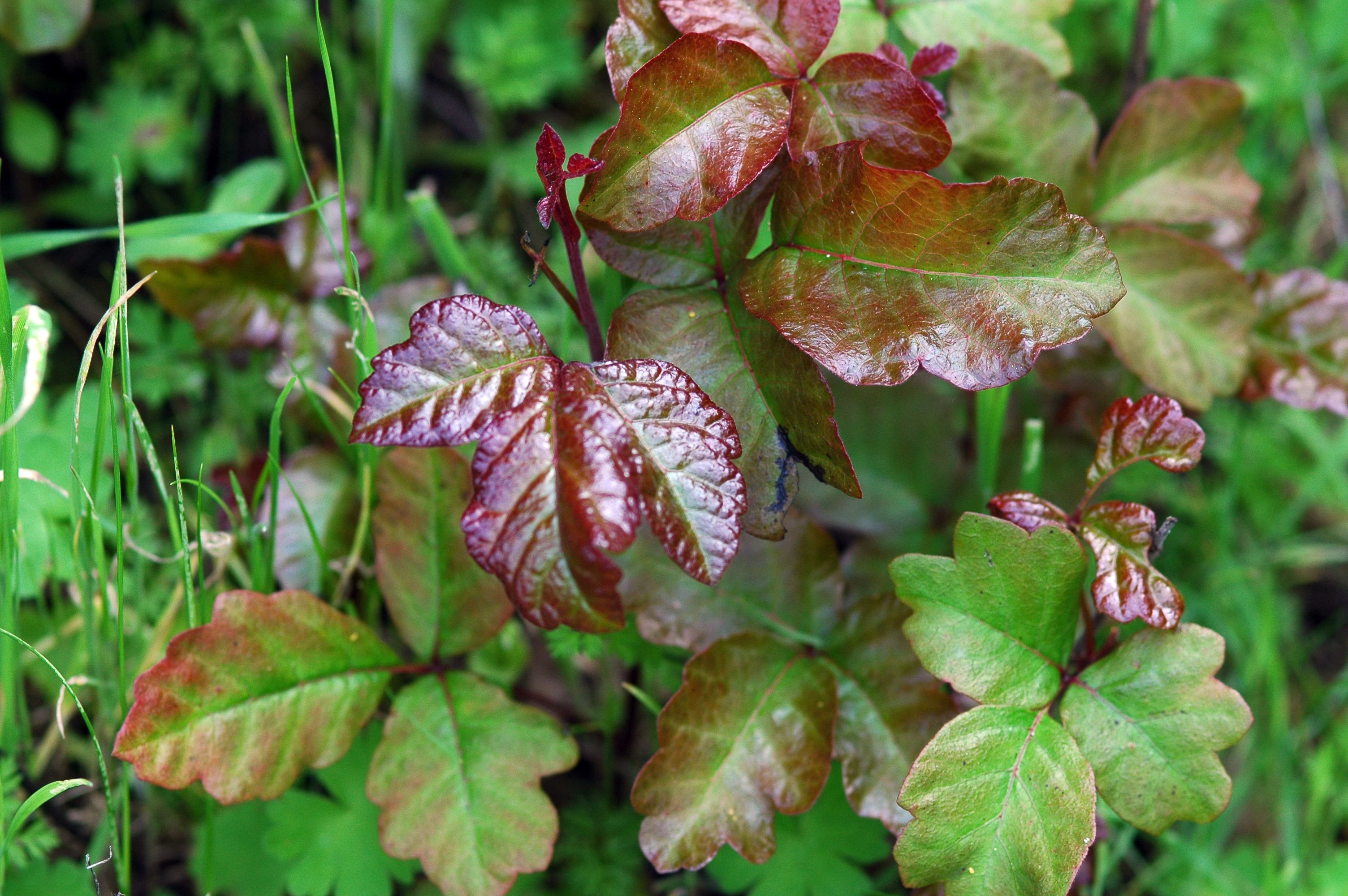 ” The leaflets sometimes have “teeth” or notches on the side. The middle leaflet is larger and has a stalk connecting it to the other two.
” The leaflets sometimes have “teeth” or notches on the side. The middle leaflet is larger and has a stalk connecting it to the other two.
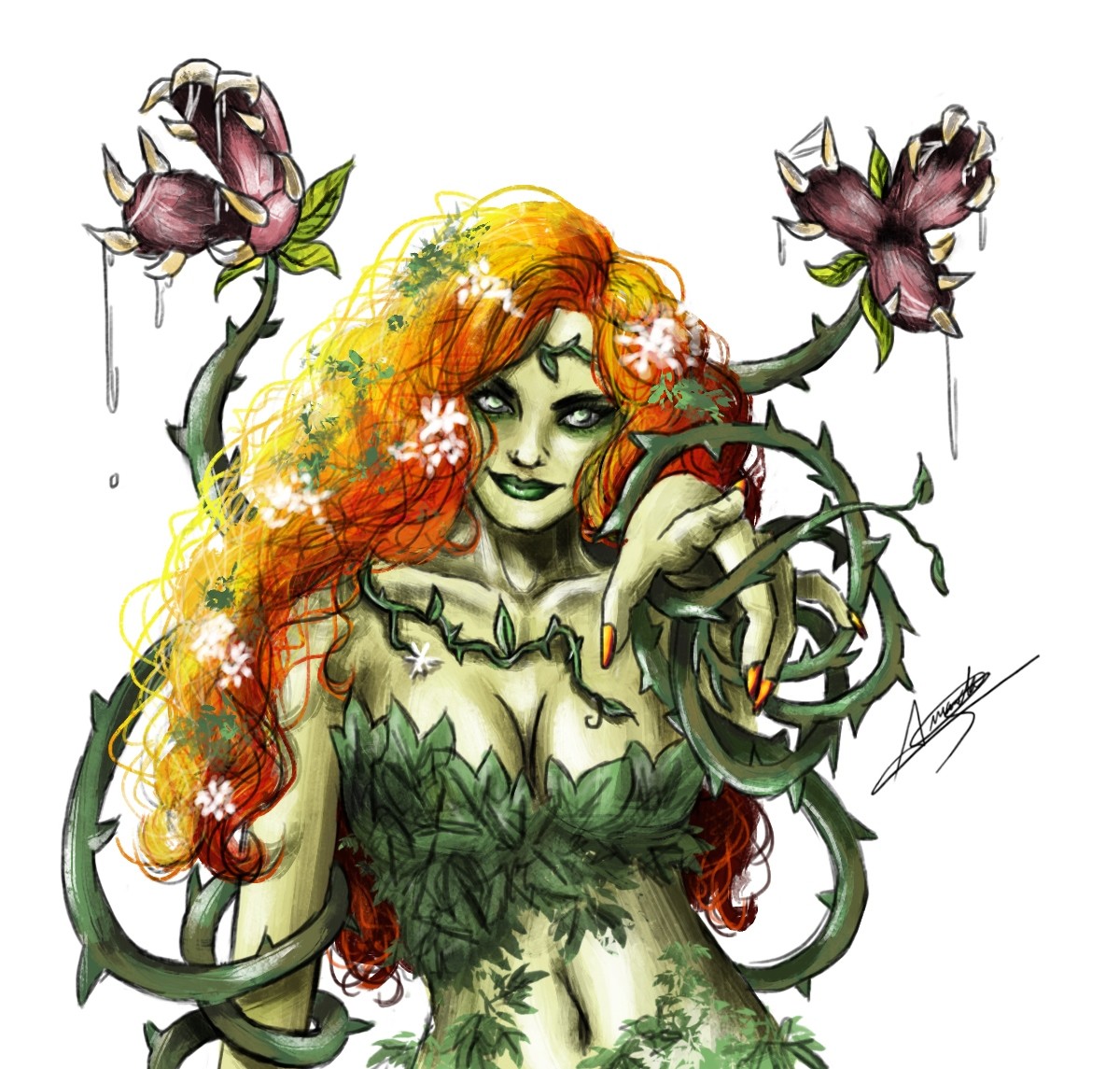 (Note: there are special washes out there that claim to remove urushiol more effectively and to lesson the severity of a rash once a reaction has set in; Zanfel is a popular one, but Mean Green Scrub uses the same ingredients/composition but costs way less per ounce.)
(Note: there are special washes out there that claim to remove urushiol more effectively and to lesson the severity of a rash once a reaction has set in; Zanfel is a popular one, but Mean Green Scrub uses the same ingredients/composition but costs way less per ounce.)